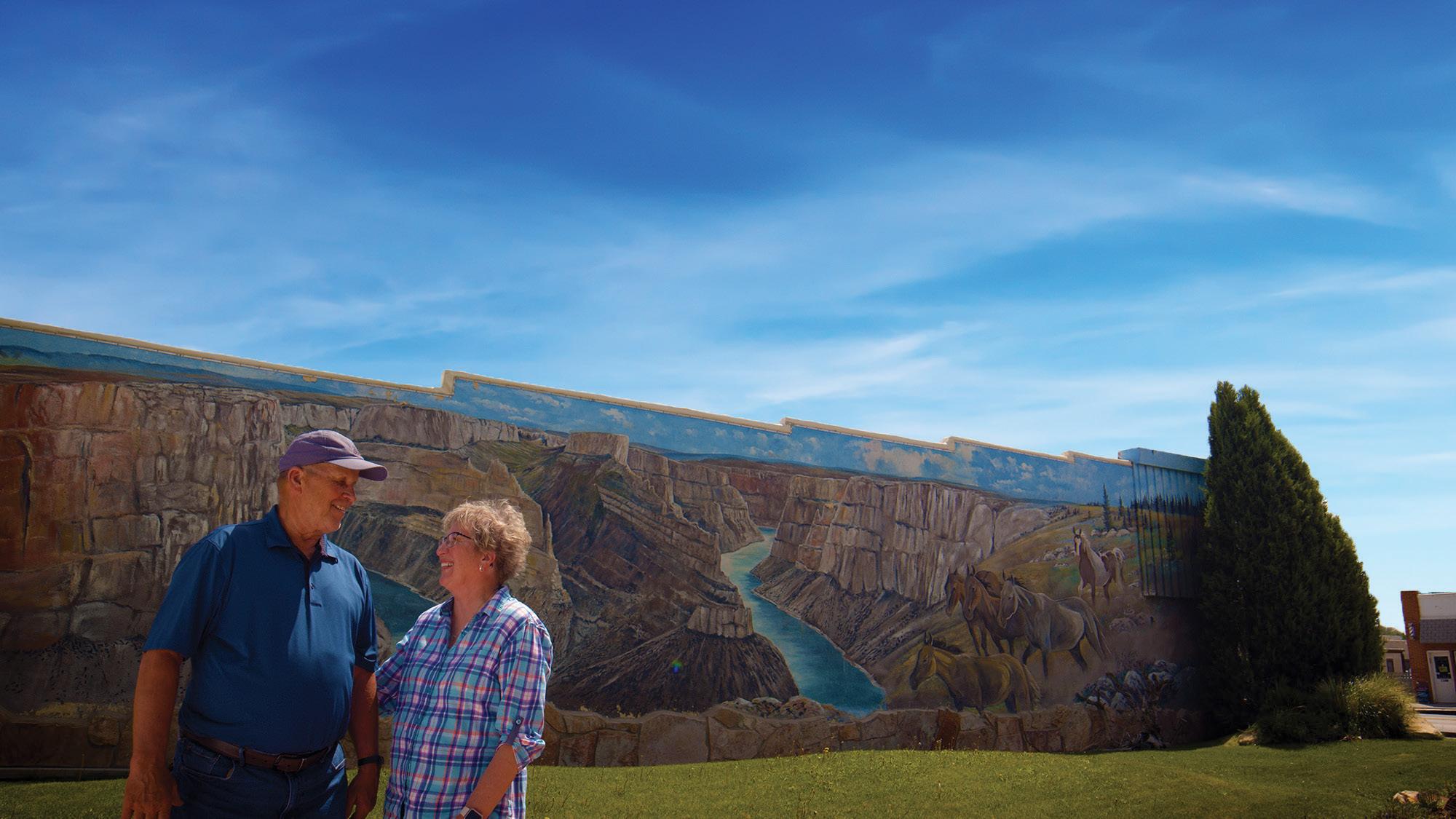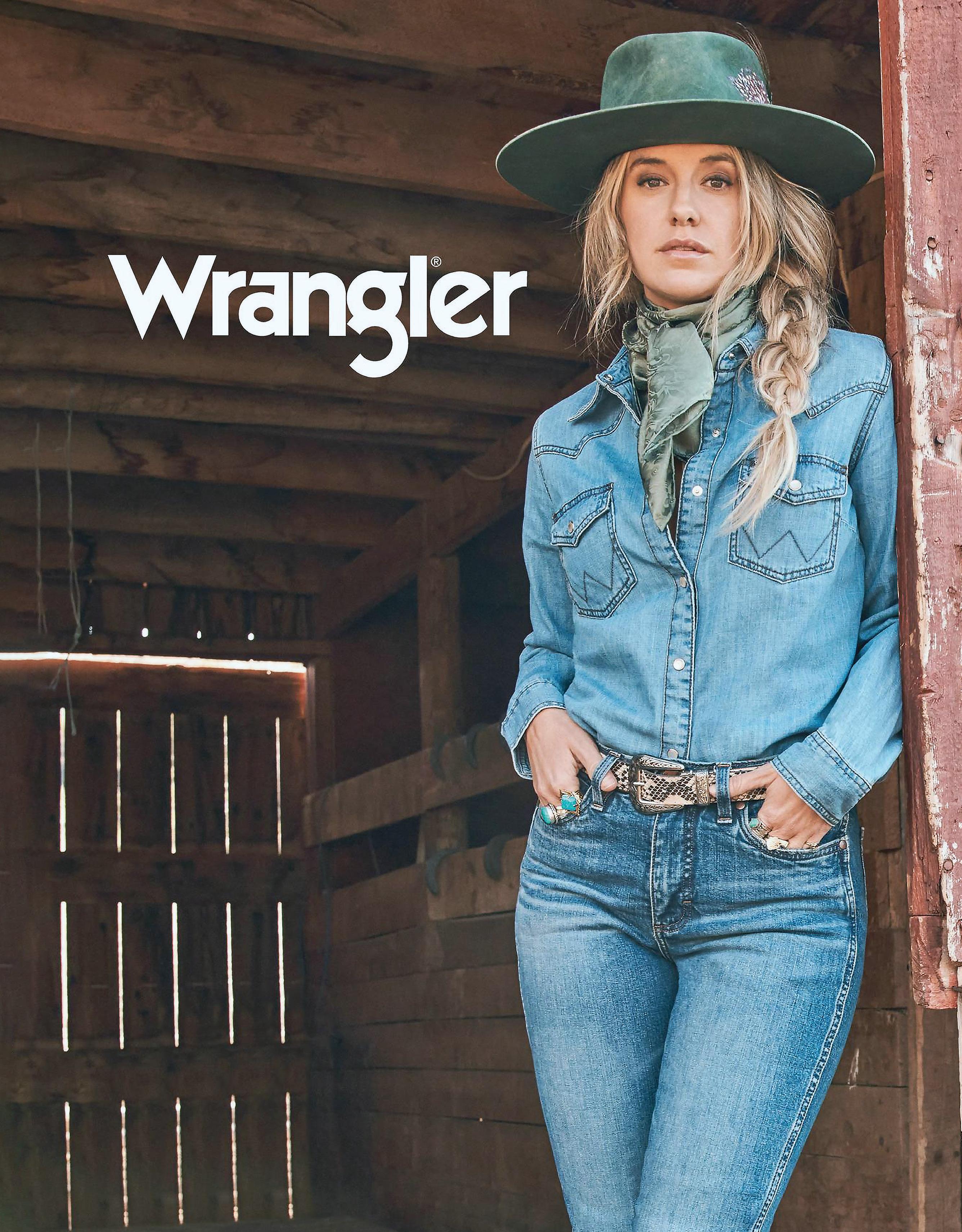










































☛ 2 Elite Tickets ($350/ea) for the PBR in Billings, on Sat., April 13th
☛ One night’s lodging & Sun. morning breakfast
1.Let us know in 200 words or less why you want to win.
2.Email: publisher@raisedinthewest.com
Subject line: PBR Contest
★★★DEADLINE IS MARCH 15TH!


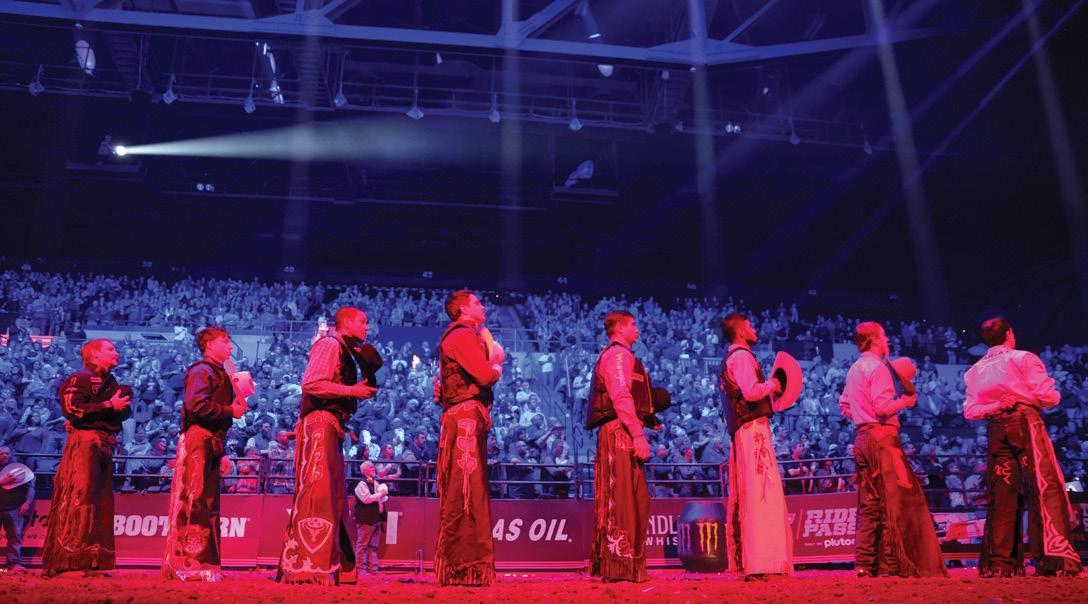





How can winter days seemingly drag on forever, but at the same time, the weeks fly by? As soon as the calendar turned to a new year, the holidays were left behind and busyness ensued. Not just for us, for everyone.
This issue found us exploring a variety of stories, from a modern-day farrier to a hat maker to experiencing calving during January’s 45 below temperatures. To ward off the winter blues, we share ideas on planning the spring garden and introduce a community-owned thrift store run exclusively by volunteers with proceeds returning to the community. As always, we include some wonderful recipes from the kitchen of Jean Petersen including comfort food that will not only fill your home with delightful aromas but make those at the dinner table appreciate your effort.
The biggest news for us is that we launched “Adventures in the West Magazine,” our sister magazine to “Raised in the West,” out of Lander, Wyoming. Our daughter, Melanie Limpus is partnering with us and is the publisher. Our first issue was released in January and we’re proud of the final product. We’ve included a sample of the content, in this edition, by sharing an article published in AITW. Be sure to read Melanie’s article about dog sled racing in Wyoming.






Last year we had so much fun partnering with Professional Bull Riders that we’re doing it again! Check out the ad for details. One lucky RITW reader will win a “Night on the Town” to the PBR’s Unleash the Beast, a package worth $1000, for the weekend of April 13th. Want to treat your spouse or your parents, maybe your kids? Get entered and don’t miss out on this opportunity! This is a way for us to get to know our readers better and we’re looking forward to hearing from you. Tell us who you are, why you want to win and from where you would be traveling. The deadline to enter is March 15, with the winner being announced on March 22. So don’t delay!
As this year unfolds, it has the potential to get complicated. We hope that you hang on to truth, stay steady and keep your focus. We’ll do our best to keep encouraging you along the way.
“Be on your guard; stand firm in the faith; be courageous; be strong.” 1st Corinthians 16:13





Melanie was raised on a farm on the banks of the Clarks Fork River in Belfry. Her life-long love of art led her to a career as a freelance graphic designer. When she’s not busy working, Melanie enjoys being with family, spending time with her dogs, camping, ATVing, collecting rocks and watching the sunset. Check out her art at www.melaniefab.com and follow her on Instagram @ melaniefabart.

Originating from a fifth-generation Montana ranch, Kayla has a real connection to the agriculture industry and the cherished western lifestyle. After several years as editor of Western Ag Reporter, she now ranches with her husband, Chace, and owns Ranch Raised Media which compliments the work they do on the land. Whether it be through photography, writing, social media, graphic design, or web design she strives to share the story of this way of life on a day-to-day basis. Follow Ranch Raised Media on Facebook and Instagram or visit www.ranchraisedmedia.com to view her work and check out daily Montana ranch life.
Great Falls writer, Amy Grisak balances her life between the mountains and the prairie looking for stories that catch her interest. This award-winning author shares what she loves with readers, whether it’s finding gorgeous hikes in Glacier National Park or how to push the gardening envelope in our challenging Montana climate. Look for her book, “Nature Guide to Glacier and Waterton Lakes National Parks,” published by Falcon Guides and follow her at amygrisak.com.



Jean is a cookbook and children’s picture book author, freelance writer and has been a weekly columnist with Western Ag Reporter for over 15 years. She and her husband live near the Beartooth Mountains in Red Lodge with their four children. Most days she can be found outdoors with her animals, on a hike, at her children’s activities, or cozying up writing and reading. You can find her at www.jeanpetersen.com.

Melanie was born and raised in Billings and is a fifth generation Montanan. She moved to Wyoming in 2013 to attend the University of Wyoming where she earned a degree in Marketing. She fell in love with Wyoming and her husband Blaine, and the two of them make their home in Lander. They are now joining RITW to launch Adventures in the West Magazine. Mel enjoys climbing, painting (Acrylic Melon), skiing, biking, graphic design, and her crazy cat. She can be reached at publisher@adventuresinthewest.com
Susan Metcalf, a fifth generation Montanan, and her family ranch outside of Big Timber. She has taught and served in school administration for 42 years. In 1995, she began writing a weekly cooking/humor column, “Cooking in the West,” for the Western Ag Reporter. Writing a humor and recipes column perfectly combine her two favorite hobbies – cooking and writing. Susan feels blessed to continue the legacy that began when both sets of her great grandparents homesteaded in Montana in 1915. She can be reached at cookinginthewest@yahoo.com
Randyn Gregg is a weekly columnist for the cattle and ag news publication Western Ag Reporter covering agriculture, political, and cultural issues from a rural perspective which he gained from living and working on ranches in Montana, Wyoming and Utah. He graduated from Montana State University Farrier School and currently runs Performance Farrier Services in Meagher County, Montana. Randyn is also a candidate for Montana House District 78. In his spare time, Randyn loves to spend time with his family, read about the incredible history of our country, and explore Montana’s beautiful landscapes with his two dachshunds. rghorseshoeing@gmail.com.
Brandley grew up in a Montana ranching and rodeo family. He attended the University of Montana, and competed on the rodeo team while earning a business degree. He rodeoed professionally and is now becoming a ProRodeo Official. Brandley also ranches with his folks in Carbon County and operates Montana Beef Company with his beautiful wife, Chandler. He enjoys chasing their three children around and helping coach football and basketball at Red Lodge High School. He can be reached at advertising@raisedinthewest.com




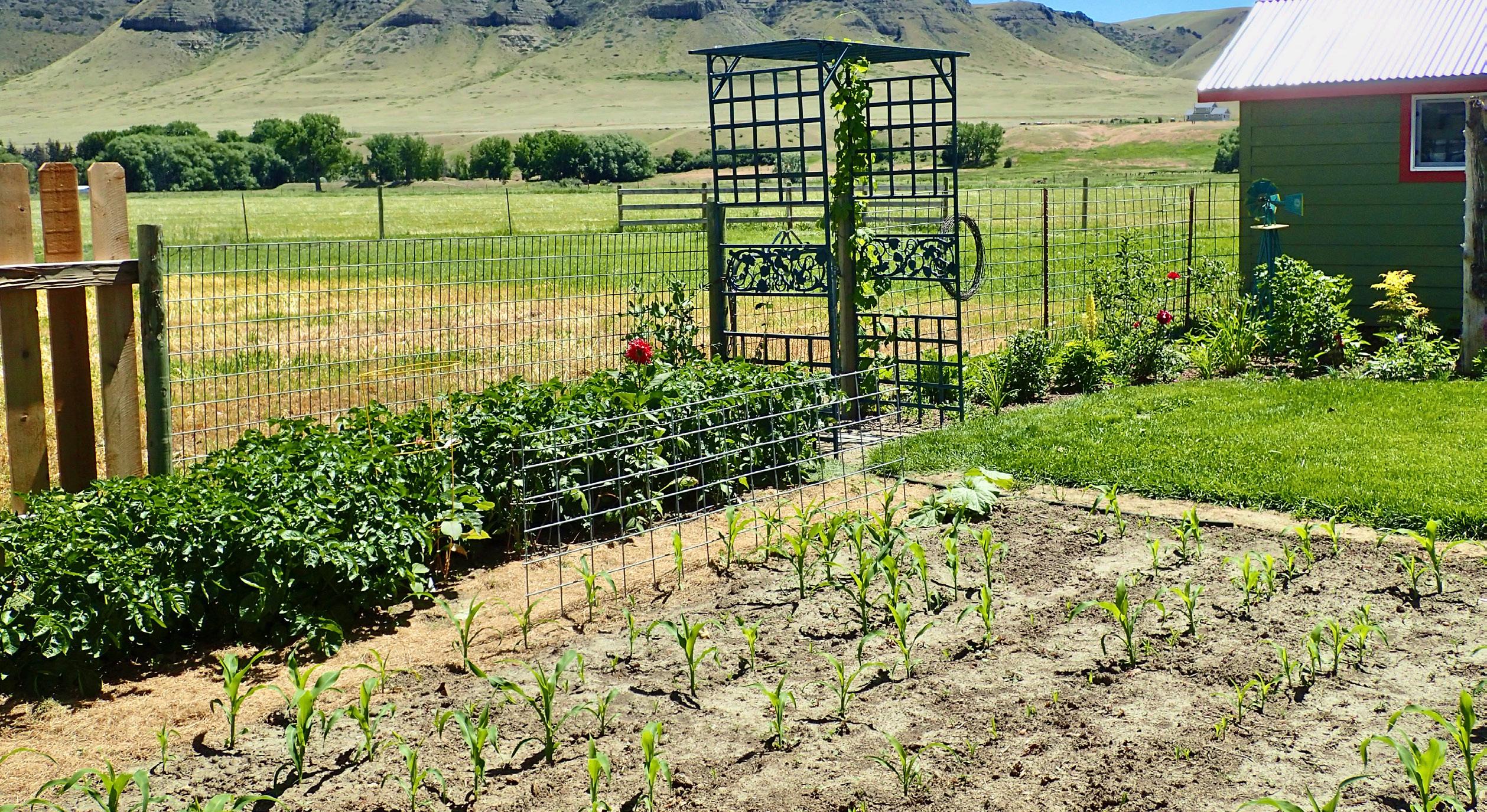
It’s that time of year, seed catalogs are coming in the mail and starting to stack up. Gardeners start to feel like a kid in the candy shop anticipating the upcoming season. It’s the perfect time to start planning and setting gardening goals.
After experiencing supply chain issues in the past few years, many are turning to gardening for the first time, or expanding what they have planted in the past. In order to plan for the amount of seeds to plant and how much produce to expect for your family’s needs, it’s important to first consider space.
On average, 800 square feet is required to feed a family of four, but that doesn’t mean a 20 x 40 plot is the only option. With a little creativity and planning, it’s possible to tighten up the space with more intensive planting styles and make the most of the short growing season.
Before plotting out the garden, first determine which plants are most desired and only grow what’s regularly on your menu. This is particularly important when aiming to grow enough to store for winter.
Another consideration is growing high value crops when limited on space. Tomatoes, cucumbers, and specialty peppers are more expensive, particularly in bulk amounts for canning or freezing. Likewise some fruits, such as raspberries, produce abundantly during the summer season, yet sell for the same price per pound as a premium steak in the winter. Such plants certainly earn their garden space.
A favorite perk of gardening is always the fresh vegetables, which is a consideration when choosing which varieties to grow. The trick becomes finding a balance of eating the fresh vegetables and having enough to store for winter.
While the general rule of thumb is 200-square feet of garden per person to provide enough vegetables for a year, utilizing each
season can expand vegetable options along with the overall harvest.

When planning, the general rule of thumb is 200-square feet of garden per person to provide enough vegetables for a year.
Planning to plant some crops in the early spring, harvest, and replant another variety by early summer can maximize productivity. To manage space effectively, options which germinate in cool soil and mature in 60 days or fewer can free up space for summer crops. Perfect candidates include lettuce, spinach, radishes, peas, and pak choi – all of which thrive in cooler temperatures.
Incorporating early season techniques such as warming the soil with clear plastic stretched over the planting area for a week ahead of time, or using raised beds or containers can prolong the season as well. Once the seeds are planted, place a floating row cover over the area to maintain the soil temperature and protect young seedlings.
As soon as early crops are spent, pull them and plant summer vegetables. For example, if spinach is planted in mid-April, which is possible in northern gardens depending on the season’s weather, it’s often bolting by the end of May or the first part of June, which is perfect timing to plant beans, squash or tomato and pepper plants.
When it comes to summer varieties such as tomatoes, peppers, eggplant or squash, another excellent tool is Wall-O-Waters. As soon as the soil is warmed enough to not shock the young plants, these ingenious water teepees will protect them regardless of the

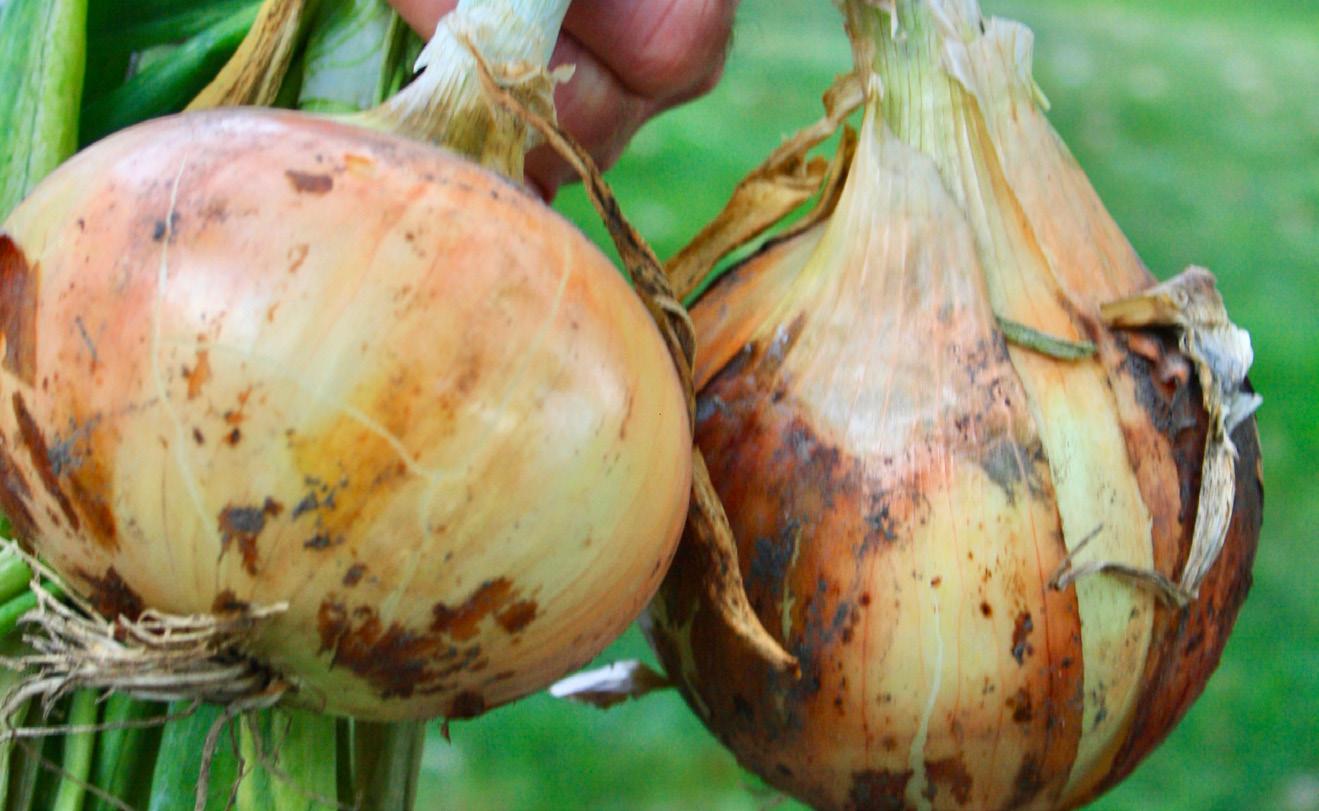



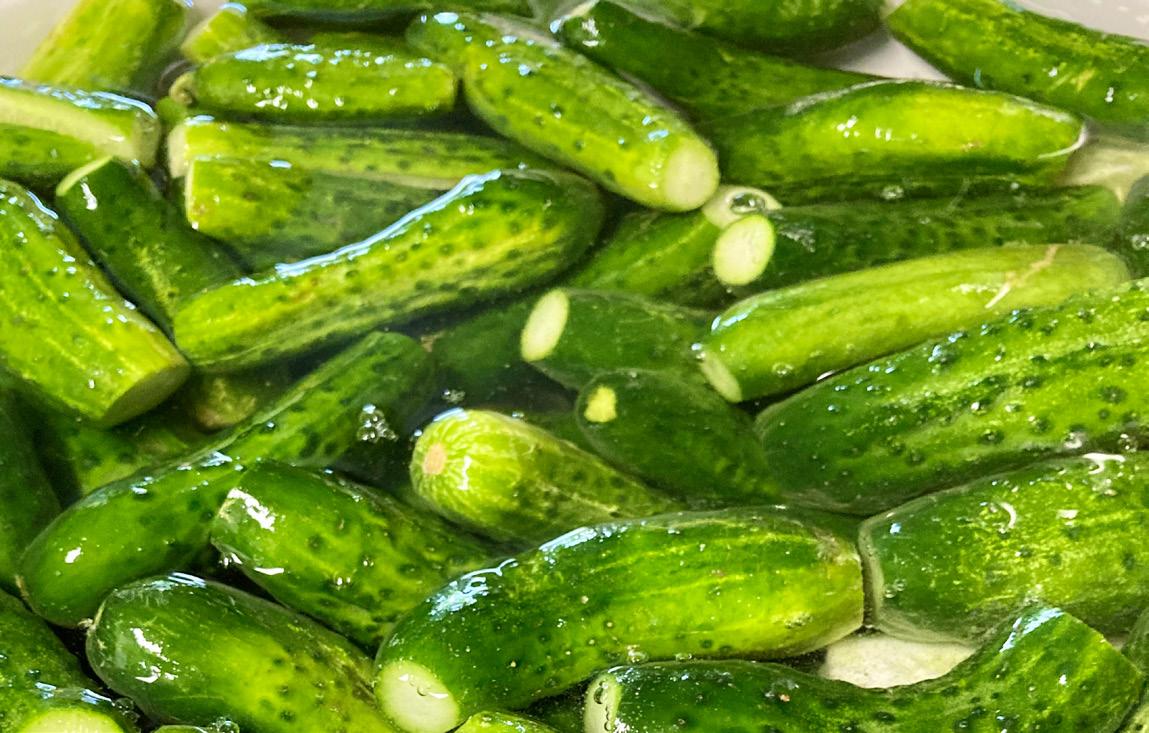
Whether planting seeds or transplants, note the days to maturity of the vegetable, then count backwards from the first anticipated frost date
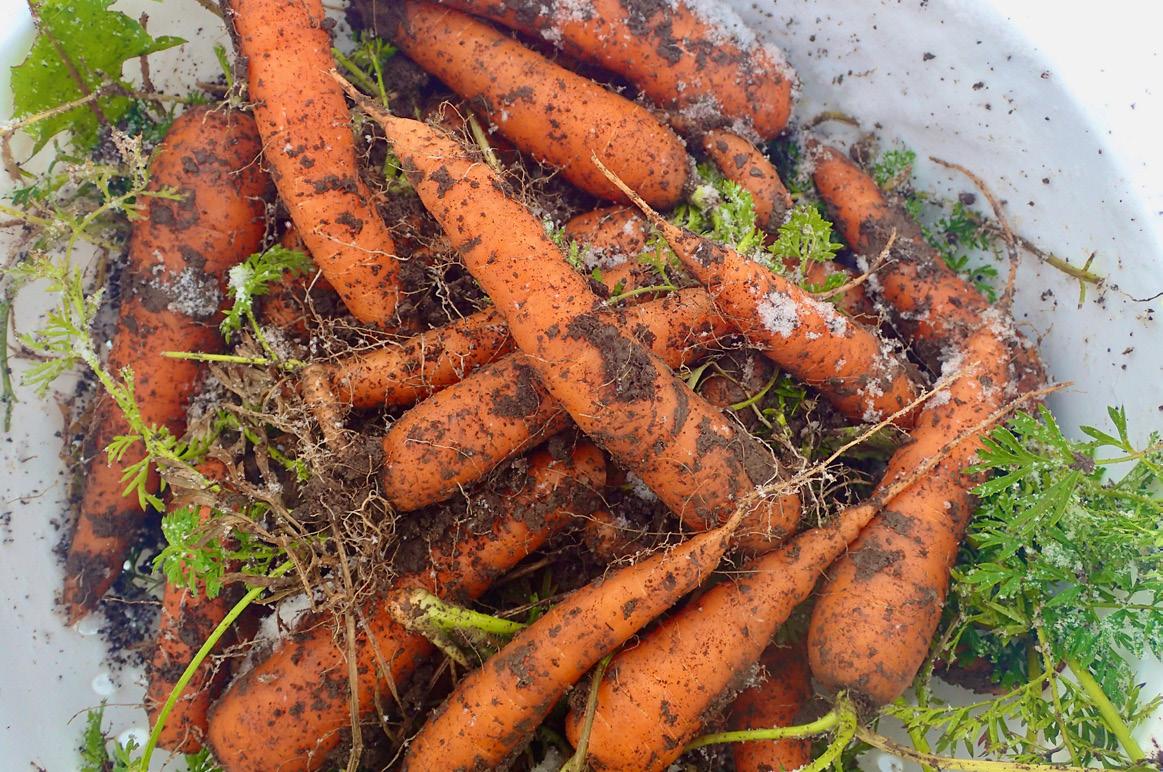


weather. Even a late May snow burying the 18-inch-tall device won’t harm the plant, and they can remain in place through summer. The Wall-O-Water offers additional warmth and protects the base of the plants from wind and deer damage as well.
After taking advantage of the early season, don’t disregard the autumn. Often referred to as the “lazy gardener’s season,” fall crops are easier because there is less weed pressure, pests are on the decline, and heat has faded. The main caveat is planting in time to utilize the diminishing daylight.
Whether planting seeds or transplants, note the days to maturity of the vegetable, then count backwards from the first anticipated frost date. Be sure to add another week or two to the calculation to accommodate the waning sunshine. It’s possible to harvest spinach, lettuce, beets, carrots, cabbage and several other vegetables close to Thanksgiving if they are properly protected.
Physical planting plans play a role in making the most of the garden as well. Leaving 30 inches between single rows for a rototiller is wasteful when double rows could be planted while still maintaining a tiller path, for example. In those large spaces when tilling is not an option, narrower pathways can be covered with materials to reduce weeds like newspaper, cardboard, or straw.
If topsoil is lacking, consider raised beds which warm up earlier in the season and can be intensively planted. Granted, it requires many raised beds to equate the required 800 square feet for a family of four, but it’s possible.
Another space saving technique is vertical gardening. Sprawling squash or cucumber plants cover valuable growing space, so it’s beneficial to train these varieties, along with pole beans and peas, along a fence or trellis opening up ground space to other vegetables. When installing a trellis ensure it won’t shade the garden – the north end is the best location for vertical gardening.
Spend these cold winter days, planning a garden which can provide produce for the entire family. Not only can this decrease the grocery bill, but it comes with a satisfaction the store can’t provide.
If topsoil is lacking, consider raised beds which warm up earlier in the season and can be intensively planted.
To know


much room you need, you first have to have an idea of how much space each vegetable requires. Here is a brief list based upon numbers from Montana State University to determine how much to plant to feed a family of four with 800 square feet of space. Check the back of each packet to determine how many seeds to purchase.

Comfort food and winter go hand in hand. And what could be more inviting than coming home to a delicious smelling dinner. These are tried and true easy dinners that are not only family favorites but company loves them too.
• 1 lb ground Italian sausage
• 1 lb ground meat
• 1 large egg
• ⅓ cup oats or panko bread crumbs
• 2 Tbsp ketchup
• 1 Tbsp barbecue sauce
• 2-4 dashes of liquid smoke
• 1 tsp salt
• ½ tsp pepper
• Diced vegetables like peppers, onions, mushrooms, etc. (optional as desired)
TOPPING:
• ¼ cup Ketchup
• 2 Tbsp brown sugar
• 2-3 dashes liquid smoke
• Whisk together and set aside.
DIRECTIONS: Preheat the oven to 375 degrees. Spray 9” x 14” pan with cooking spray. Mix sausage and meat together. Add the egg, and oats/ bread crumbs and blend. Add ketchup, barbecue sauce, liquid smoke, salt and pepper into the mix. Mix thoroughly. Add diced vegetable option if desired in meatloaf. Form the meat into a loaf and place in the pan. Cook for about 30 minutes. 15 minutes before done, pour topping over the meatloaf. Let it continue to cook. Slice into the meatloaf to ensure its cooked thoroughly, if so, remove from the oven and serve hot with mashed potatoes and vegetable side dish.


• 2 to 4 lb. pork roast
• 4 quarts water
• 3-4 garlic cloves, minced
• 1 Tablespoon plus ½ teaspoon crushed red pepper flakes
• 2 teaspoons salt
• 4 Tablespoons fat/lard/bacon grease/oil
• ⅔ cup flour
• 4-5 cups diced green chiles
• 2 ½ teaspoon garlic salt
• 2 teaspoons bouillon chicken base
• 1 teaspoon bouillon beef base
DIRECTIONS: In a large stock pot or slow cooker, place roast in water with garlic, red pepper, and salt. Slow cook for 4-5 hours. Remove meat and shred. Drain the liquid from the cooker and place into another saucepan. Heat liquid and whisk in flour and add the bouillon to start the roux, continue to combine the mixture and whisk until it is thin, and all the remaining broth is added. Place meat back into the broth mixture, add green chilies and garlic salt. Simmer on low for 2 hours. Serve with warm flour tortillas.


• 5 medium potatoes, peeled and sliced to about ¼ “ thick
• 1 lb. chorizo, broken into pieces
• 6-7 Tablespoons flour
• Butter
• 2 cups heavy cream
• 2 cups grated pepper jack cheese
• Salt and pepper to taste
DIRECTIONS: Preheat the oven to 375 degrees F, in a buttered casserole dish, layer potato slices, add a layer of sausage, spring with salt, pepper and flour. Dot with butter. Repeat the layers, ending with a top layer of potatoes. Add the heavy cream, and 1 ½ cups grated cheese. Bake covered until potatoes are tender for about 35 minutes, then uncover and sprinkle the remaining cheese. Continue to cook for another 8-10 minutes until the cheese is bubbly.

• ½ cup chicken bouillon broth
• 1 cup dried minced onion
• 1 ½ to 2 lbs pounds boneless skinless chicken breasts
• 1 (10 oz) can Rotel tomatoes and green chilies-mild or medium
• 1 ½ tsp cumin
• 1 tsp chili powder
• 1 ½ tsp minced garlic
• ½ tsp Kosher salt
• 1 cup half and half
• 2 Tbsp flour
• 1 package of (6 inch) soft corn or flour tortillas, torn into quarters
• 2 cups grated colby or pepper jack cheese
DIRECTIONS: In a slow cooker, combine broth, chicken, onion, Rotel tomatoes and chilies, cumin, chili powder, garlic and salt. Cover and cook on low for 4-6 hours.
When chicken is cooked, remove shred and add back to slow cooker and turn on high. Mix half and half and corn starch, add to the slow cooker. Cook until thick. Preheat oven to 350. Spray 9x14” pan. Layer base of pan beginning with tortillas, add chicken and cream mixture and top with cheese. Repeat using all the ingredients, ending with cheese. Bake for 20-30 minutes until cheese is melted. Top with cilantro, green onions, sour cream or guacamole.


• 1 package 14 oz smoked sausage (any flavor of your choosing)
• 1 frozen package of mixed peppers and onions for stir frying
• Instant rice
• Oil for pan
DIRECTIONS: Drizzle sauté pan with oil to coat its base. Slice sausage at an angle about a ¼ inch thick. Add frozen mixture of peppers and onions to the skillet, sauté and cover until moisture is gone stirring along the process. Add sausage, stir until cooked, drizzle with oil if necessary. Prepare instant rice as directions detail. Once the rice is done, scoop about ¼-½ cup of rice onto a plate and cover with the sausage and pepper mix. Enjoy!




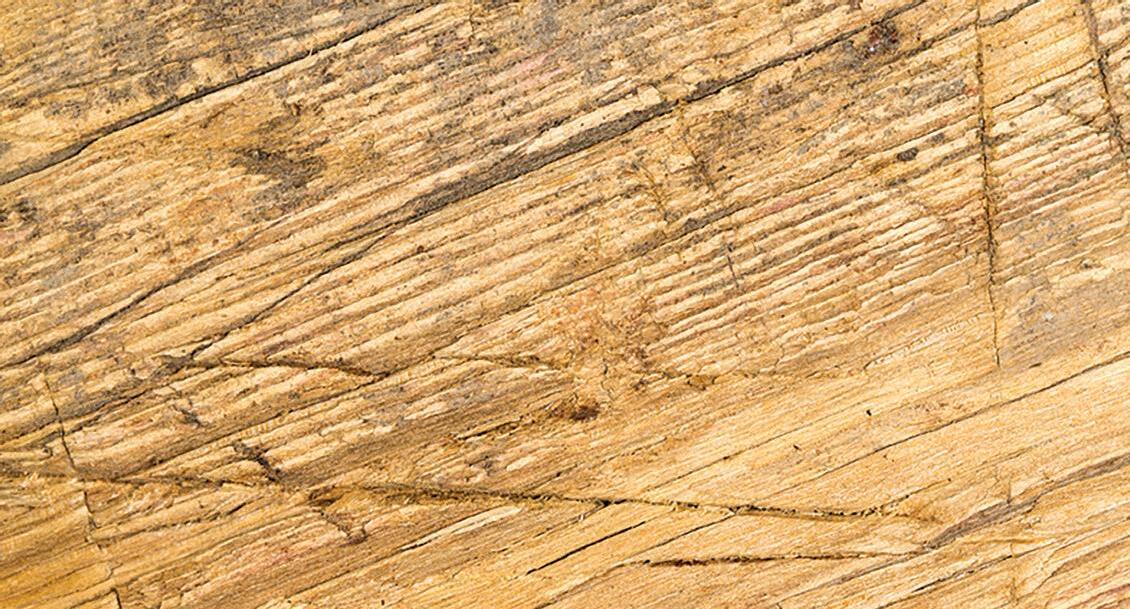
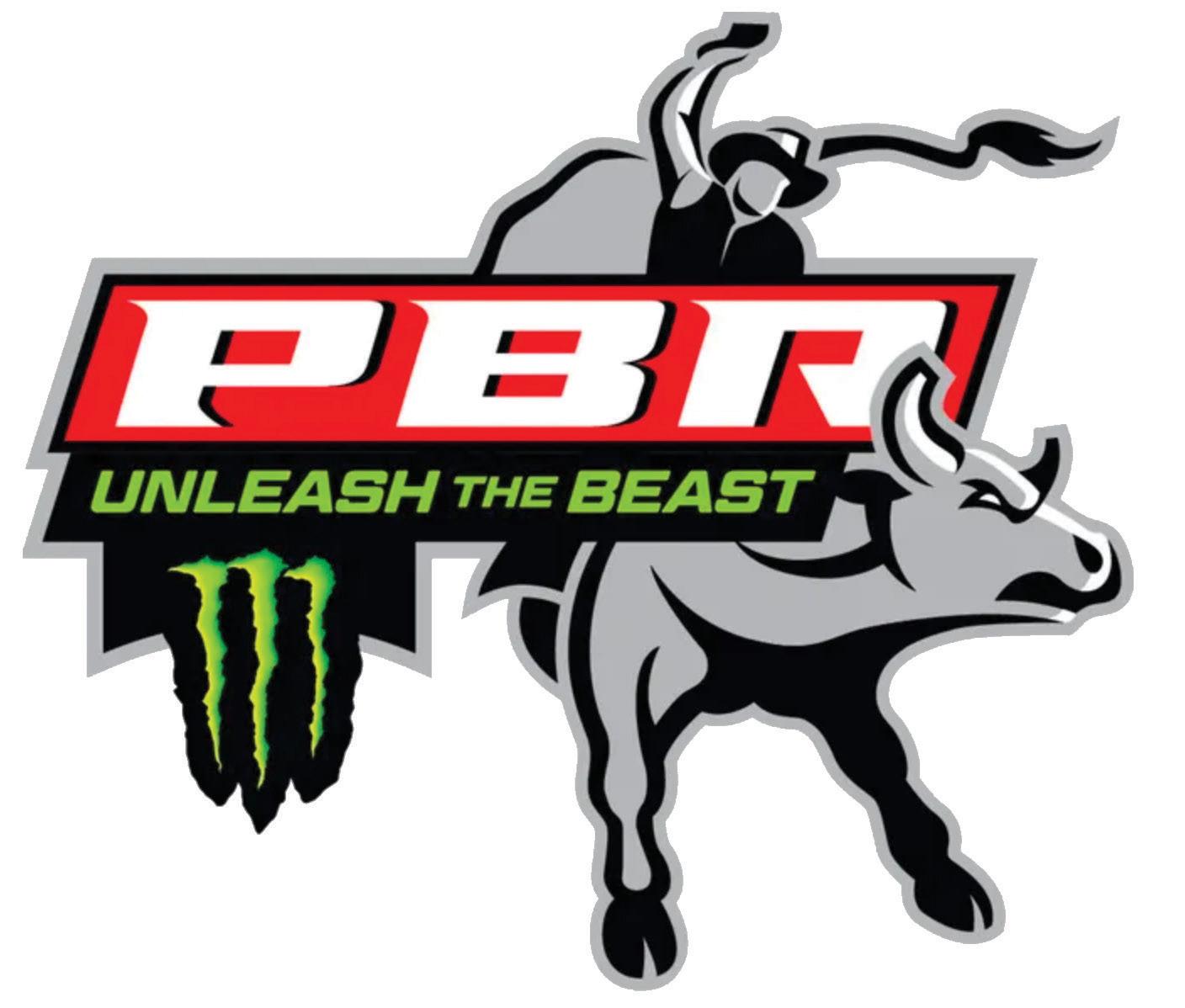
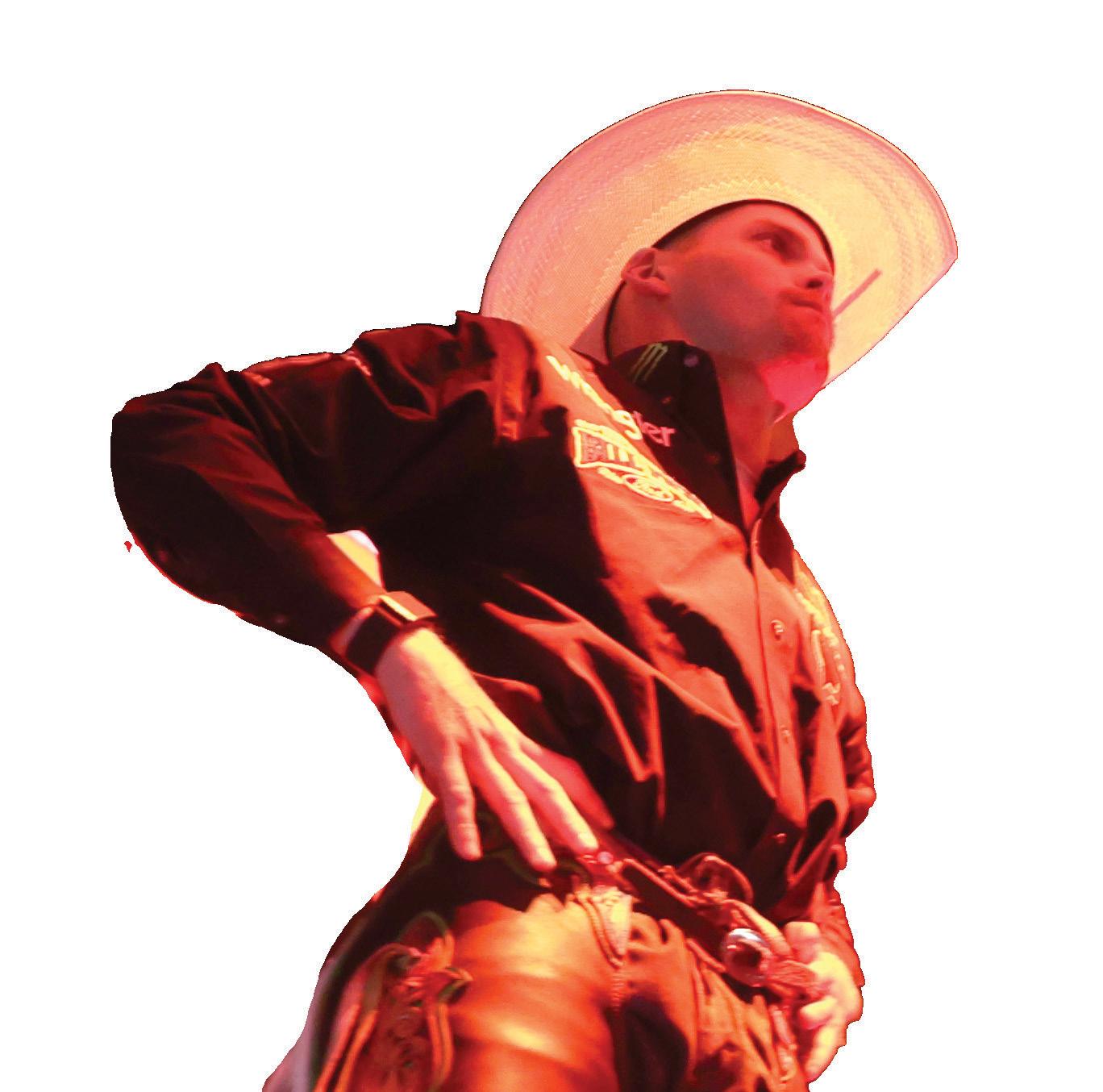
...FOR THE 29TH CONSECUTIVE SEASON AS 2024 WORLD TITLE RACE HEATS UP
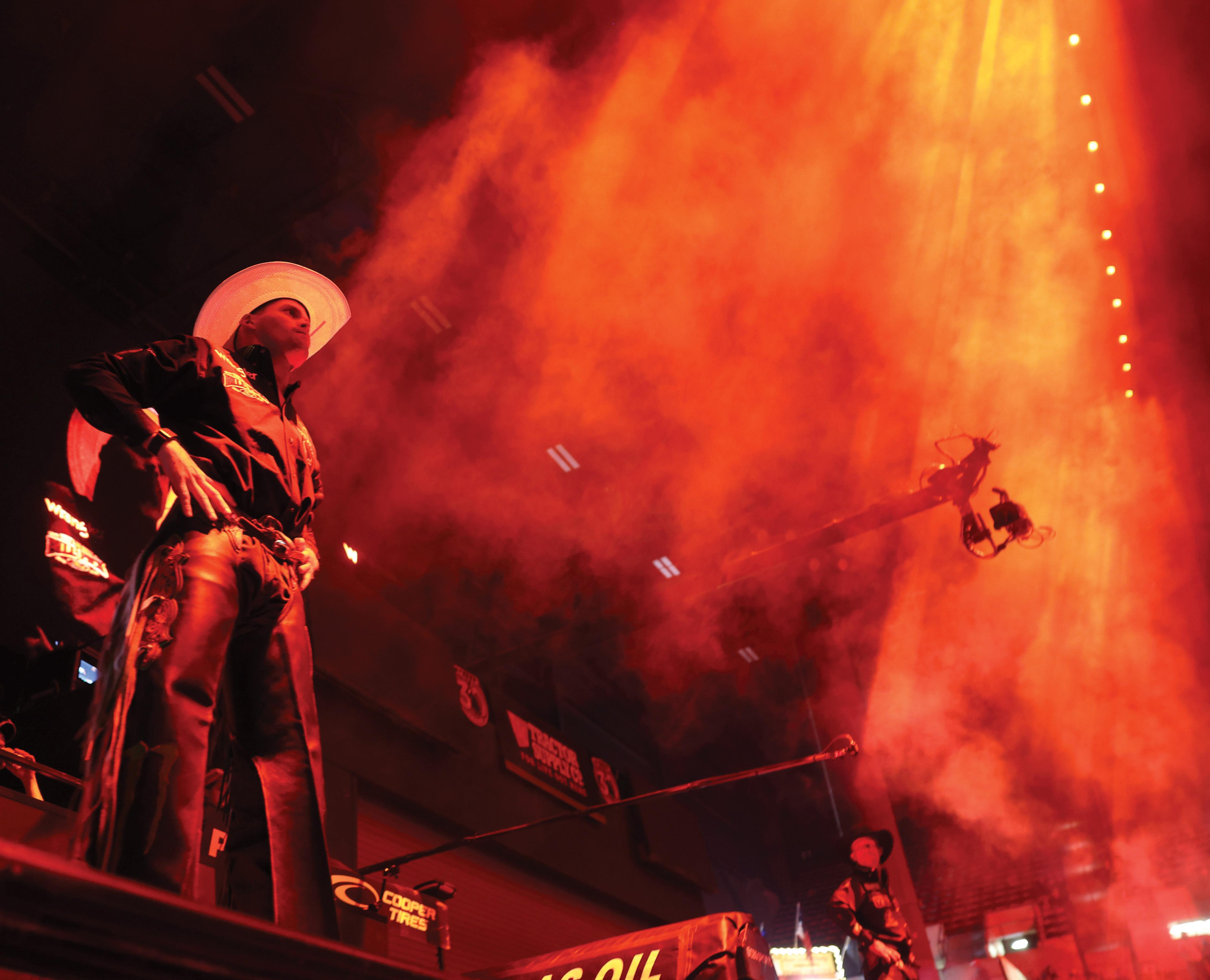
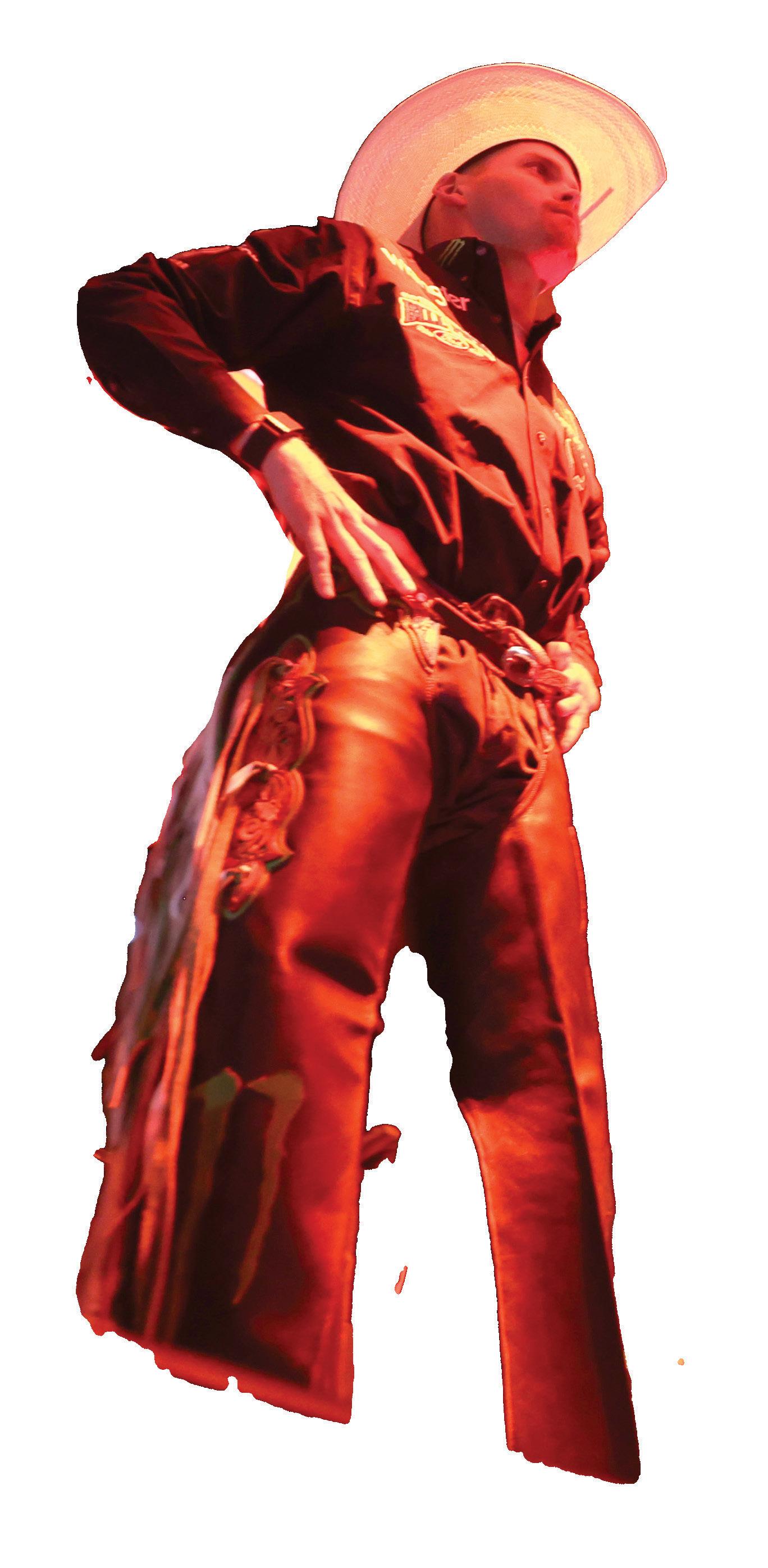
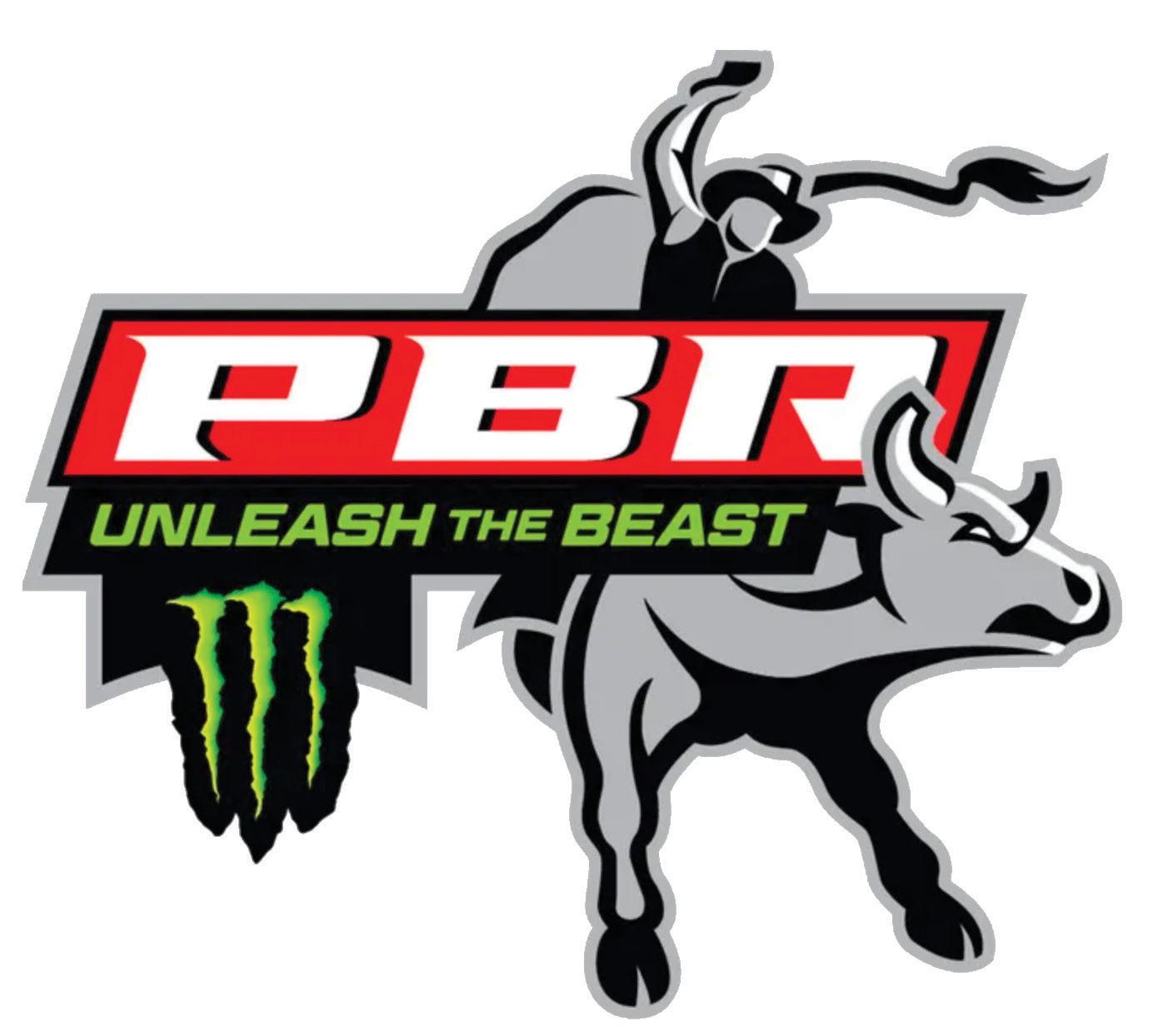
THERE’S a reason PBR’s annual visit to Billings, Montana is one of the sport’s longest running and most popular premier tour events.
The points on the line at the 20th event of the 2024 Unleash The Beast season could quite literally make or break a world title run for the world’s top cowboys – something two-time PBR World Champion Jose Vitor Leme knows all too well.
When PBR visited Billings in 2020, Leme arrived in Montana on the hunt for his first world title.
After a weekend of atop the leaderboard in Billings, the Brazilian phenom sealed the deal on Sunday afternoon. By winning the crucial event, he added to his lead in the world standings and was ultimately crowned a world champ.
Going back-to-back, Leme claimed his second world title in the exact same fashion thanks to the win in Billings just before the 2021 PBR World Finals. He became the second rider in PBR history to win the championship in consecutive years, joining fellow countryman Silvano Alves.
Athletes just like Leme from around the world, Brazil, Mexico, Canada, Australia and beyond, will arrive in Billings on the hunt for the coveted event buckle and UTB standings points on the line.
After the top bull riders in the world put it all on the line inside of First Interstate Arena at MetraPark, only three events will remain before they head to Arlington, Texas in May for the PBR World Finals, where a new world champion will be crowned.
The three-night Billings weekend of nonstop bull riding action began in 1996 and has been the home to triumphant wins and famed rides.
In 2002, bull rider Cory McFadden rode three-time world champion bull Little Yellow Jacket for 95.5 points. Eighteen years later, in 2020, as Leme hit the gas toward his first world title, he surpassed McFadden in Billings high scores with an iconic 94.25-point ride aboard world champion bull Smooth Operator.


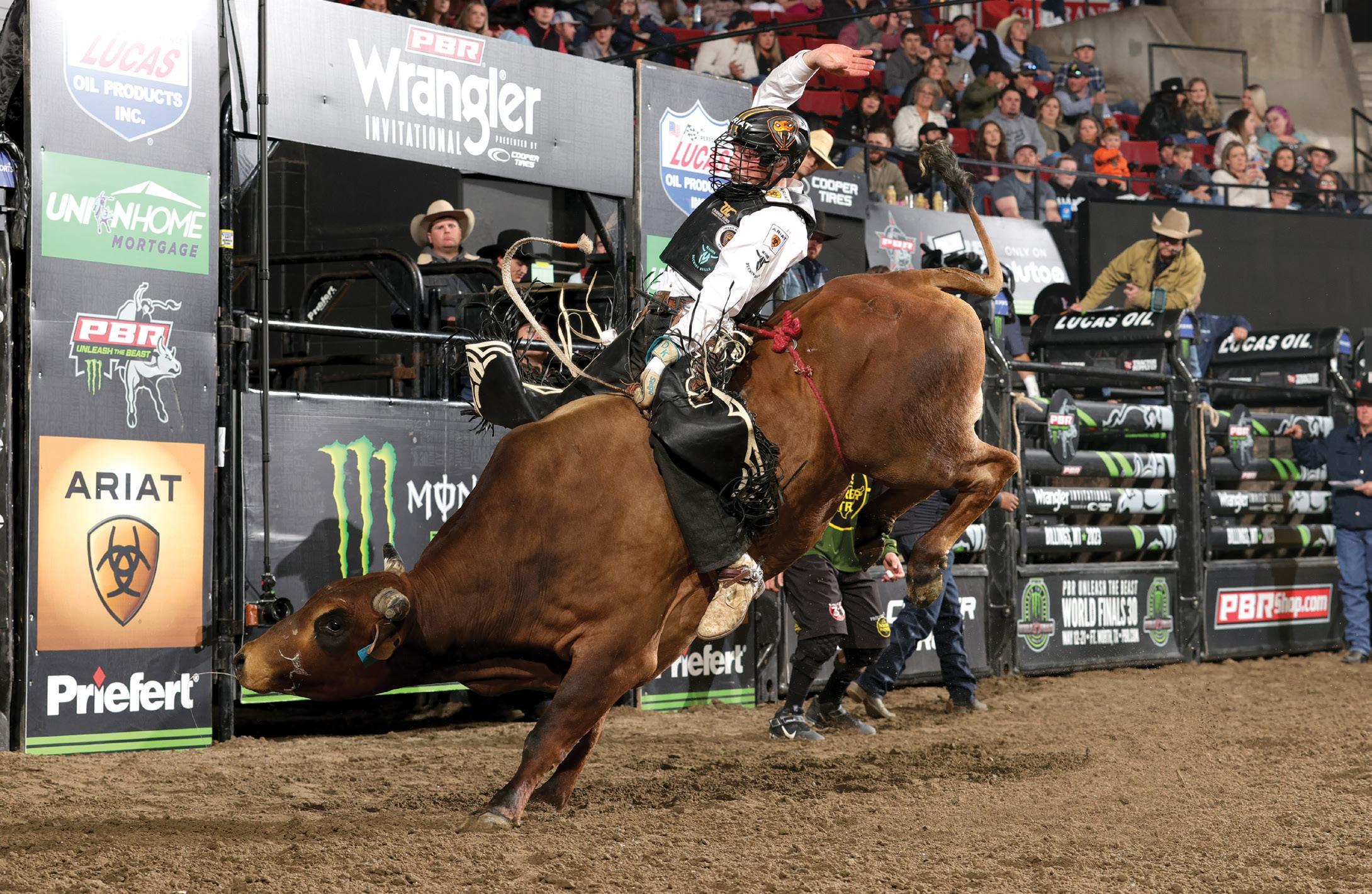
More than $3 million in prize money has been awarded over the course of the 29 seasons, with 26 different cowboys having taken home the title in the “Magic City,” including seven gold World Finals buckle winners.
The intense bull riding action at the Wrangler PBR Billings Unleash The Beast, presented by Cooper Tires, begins at 7:45 p.m. on Friday, April 12, 6:45 p.m. on Saturday, April 13, and 1:45 p.m on Sunday, April 14.
Tickets for the three-day event will range in price from $15 to $105. Fans can purchase tickets at MetraPark. com, the Metrapark Box Office or axs.com. PBRewards members will also be able to purchase by calling 800-7321727 or online at PBR.com.
PBR Elite Seats are available for avid fans who want an exclusive VIP experience while enjoying the world’s top bull riding circuit. These tickets, available in three tiers, offer premium seats, personal on-site concierge at the PBR fan loyalty booth and more. For more on elite seats, visit https://pbr.com/elite-seatsunleash-the-beast, or call (800) 732-1727.
FRIDAY, APRIL 12 7:45 P.M.
SATURDAY, APRIL 13 6:45 P.M.
SUNDAY, APRIL 14 1:45 P.M

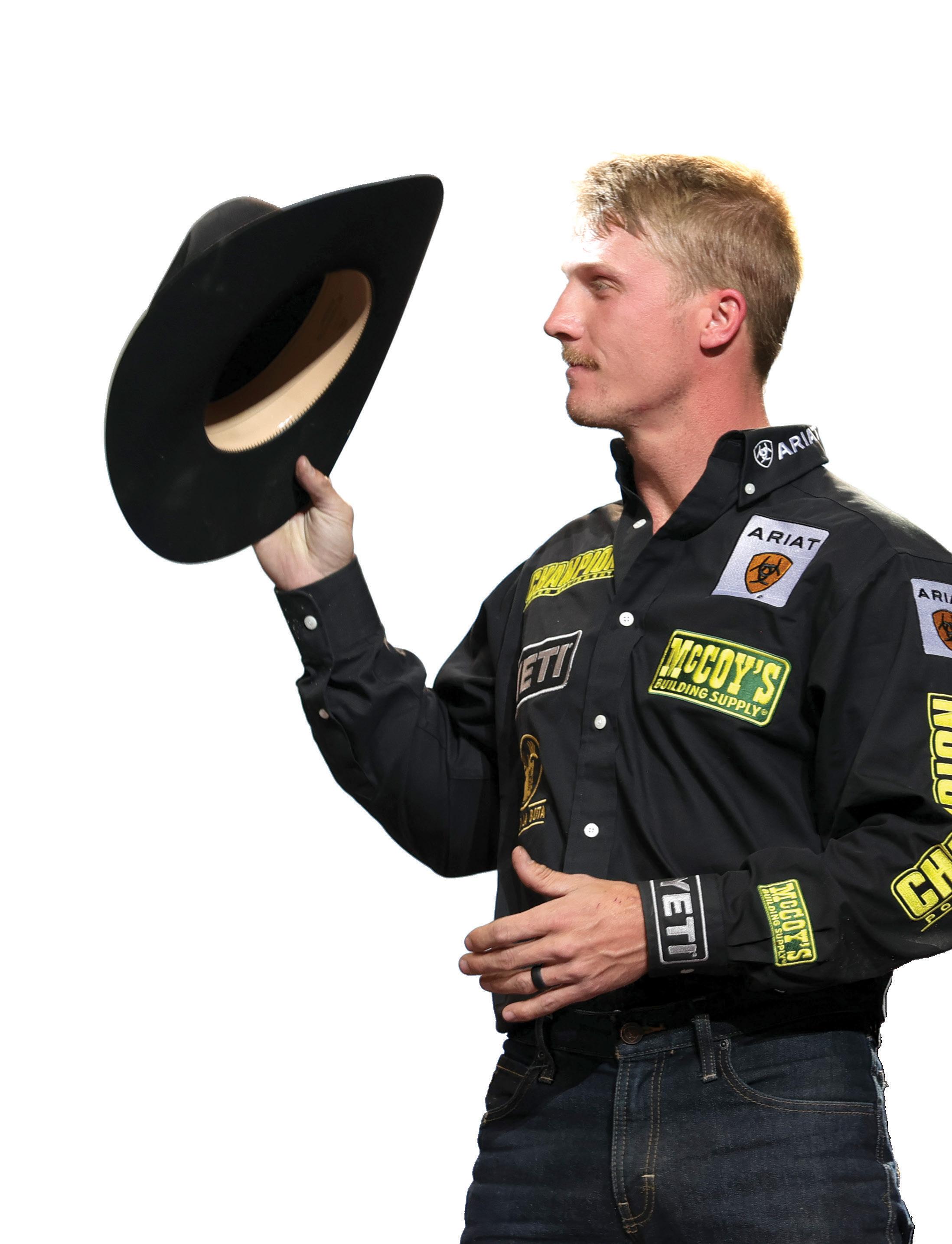
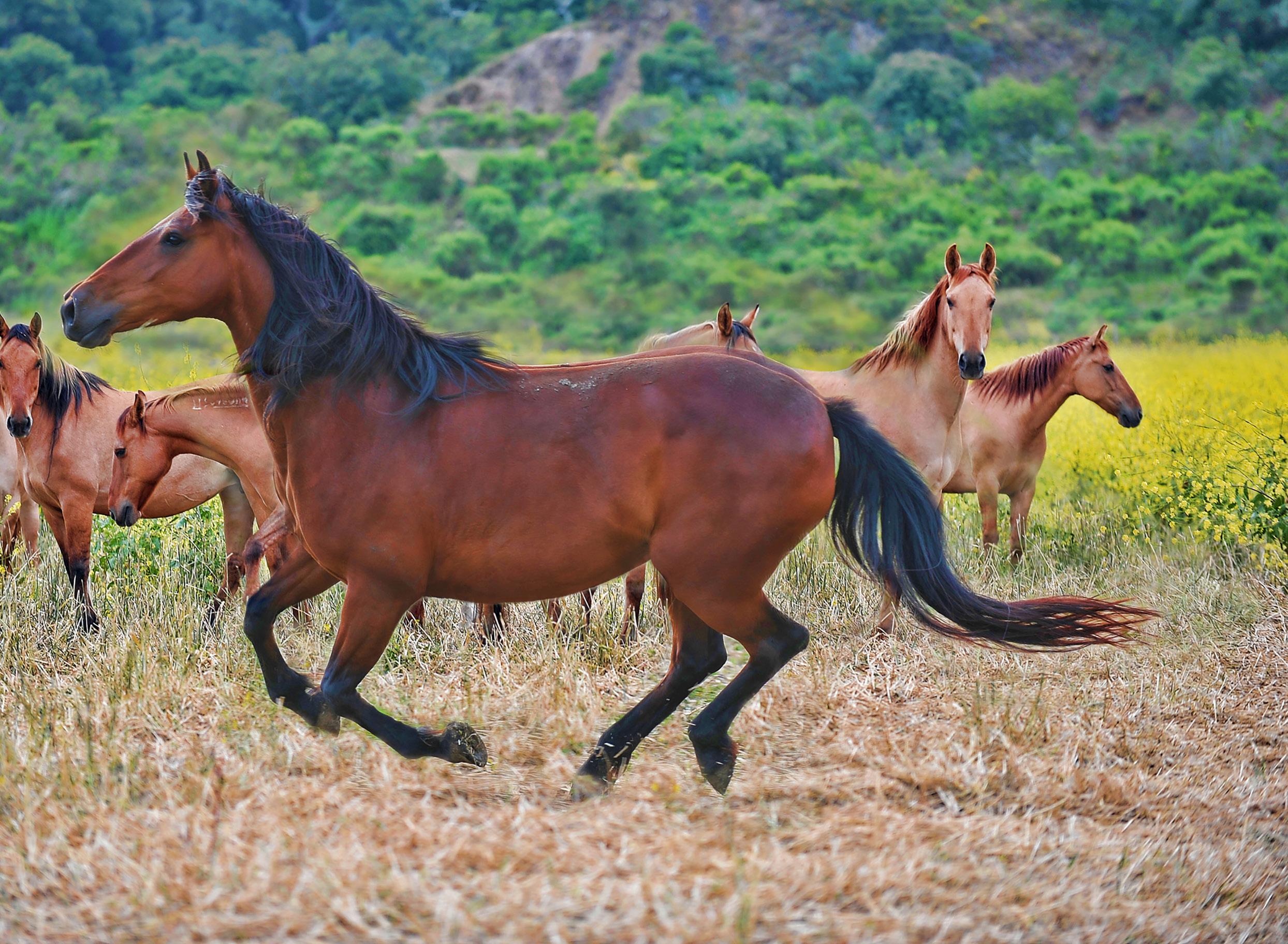


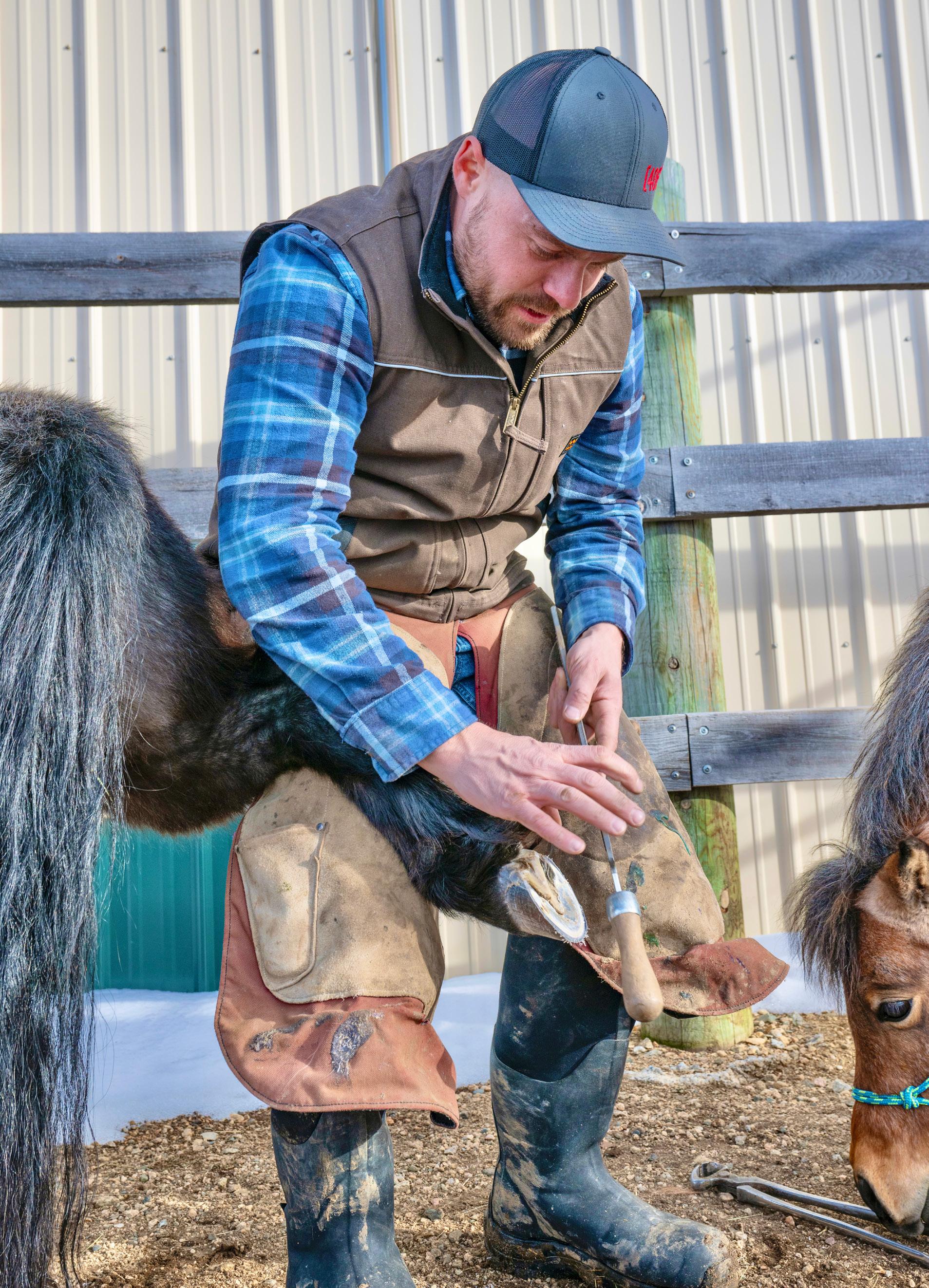
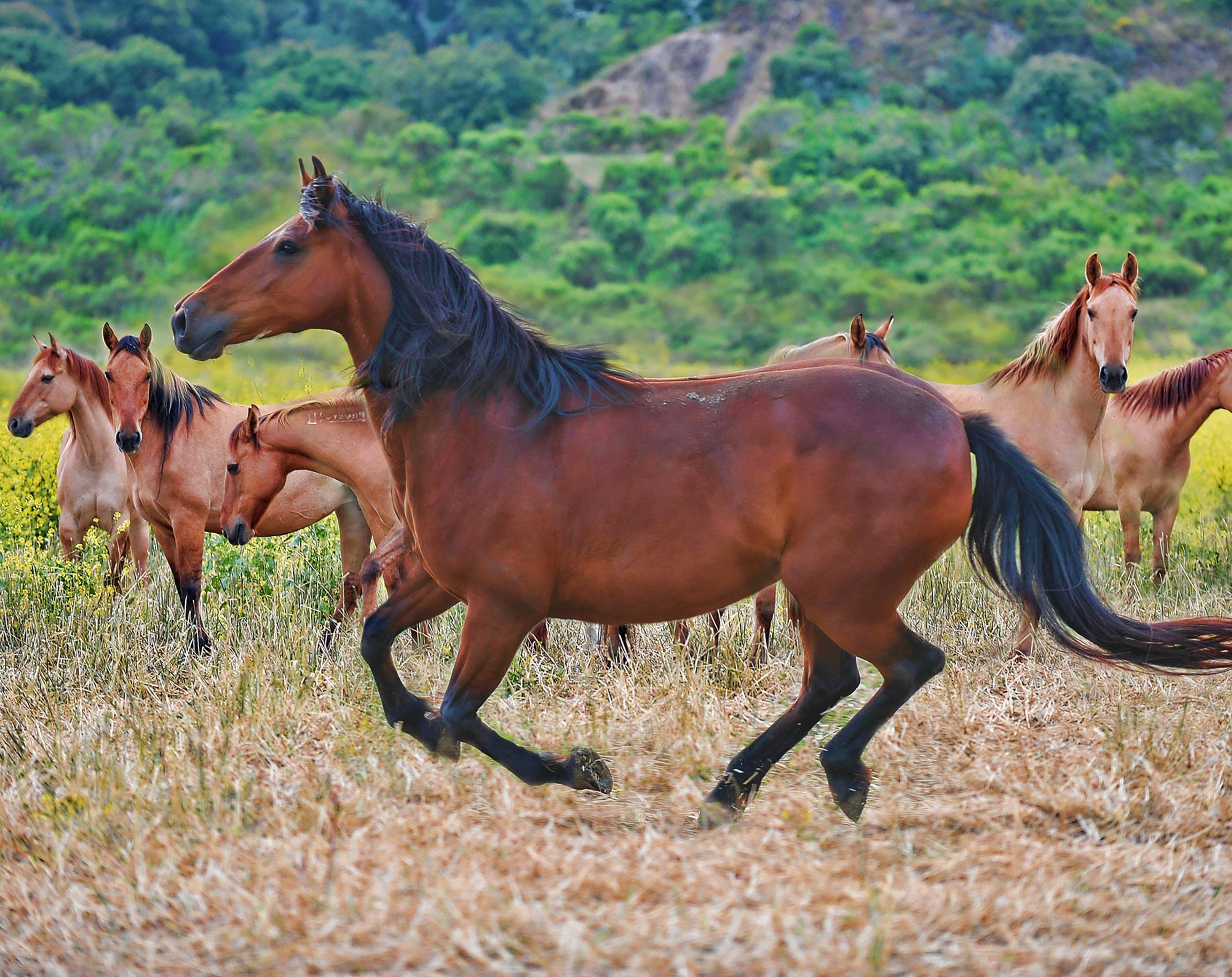
Farrier. No, not fairy, not furrier, and no, not ferrying boats across a river.
Believe it or not, these have each been mistaken when I describe, in my humble opinion, one of the best jobs on the planet.
So, what exactly is a farrier? According to the Oxford Dictionary, a farrier is "a craftsman who trims and shoes horses' hooves." Out here in the rural Rocky Mountain West, a farrier is much more than just a person working on a horse.
Farriery is both an art and a science, and a constant balancing act between the two. The trade is now taught at reputable universities and schools across the country including Montana State University Farrier School, Bozeman, where the key focus is the fundamentals of blacksmithing and equine anatomy.
The practice of farriery and blacksmithing is one of the oldest professions known to mankind. Despite far earlier origins, the art of farriery is often attributed to the Romans who scaled up the profession. It was the Romans who utilized farriers to create a

horseshoe called the “hipposandal” to shoe up to 5,000 horses at a time including all from Calvary to pack animals during their conquests of Europe. While farriery was practiced even prior, there’s certain evidence in 1000 A.D. that shoes were tacked to horse’s hooves.
And while the past hundred years have brought much change, much has remained the same in the life of a rural Montana farrier.
A few centuries ago, life in the American West was riddled with adventure, opportunity and danger as the nation’s vast open and rugged swathes were settled. Blacksmiths and farriers were integral components of the movement West, being called upon to build everything from nails to wagon wheels and shoeing all types of horses in between. In fact, a novel by Western author Louis L’Amour, “Iron Marshal,” describes life in a small frontier town blacksmith shop.
Farriers and blacksmiths served the U.S. Military working in each Army fort and barrack across the country as well. And, to a lesser extent, farriers and blacksmiths still serve in this capacity
today, with the First Cavalry Division Horse Cavalry Detachment based in Fort Hood, near Austin, Texas and the Third U.S. Infantry Regiment, also known as the “Old Guard,” charged with carrying fallen military members to their final resting place at Arlington National Cemetery.
However, blacksmith shops with pinging hammers and black smoke rolling from a large coke forge are a sight of the past. Modern farriers have traded the town shop for a pickup and trailer equipped with the tools of the trade.
Those fundamental tools, though, have largely stayed the same and include an anvil, typically between 70-100 pounds, and a propane forge to heat steel or out-of-the-box horseshoes in a
matter of minutes. A variety of hammers, including a solid forging hammer weighing between 2-3 pounds is utilized to shape the shoe to the needs and requirements of each horse. Also included is an assortment of tongs to grasp the steel and horseshoes and, when the time comes, to burn the shoe into the hoof. This process doesn’t hurt the horse and after a quick burn on the horse's hoof, the farrier quenches the shoe in a bucket of water.
In many cases, the farrier must grind or rasp the shoe to perfect the fit to the horse. Once properly shaped and sized, it is time to nail up the shoe. Specific horseshoe nails, typically made of steel but increasingly made with a copper finish, have been developed to help in the prevention of crippling the horse either by accident

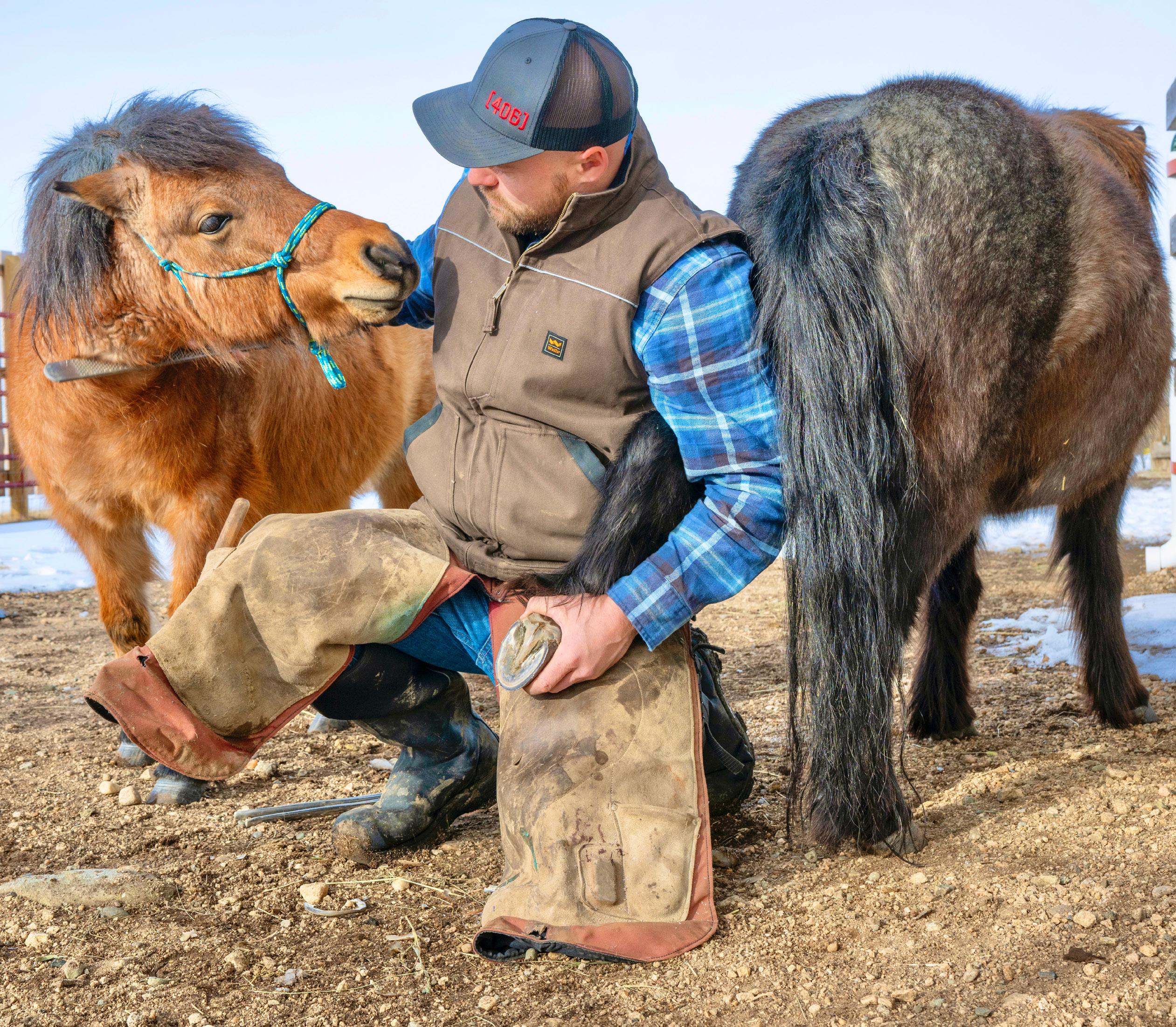


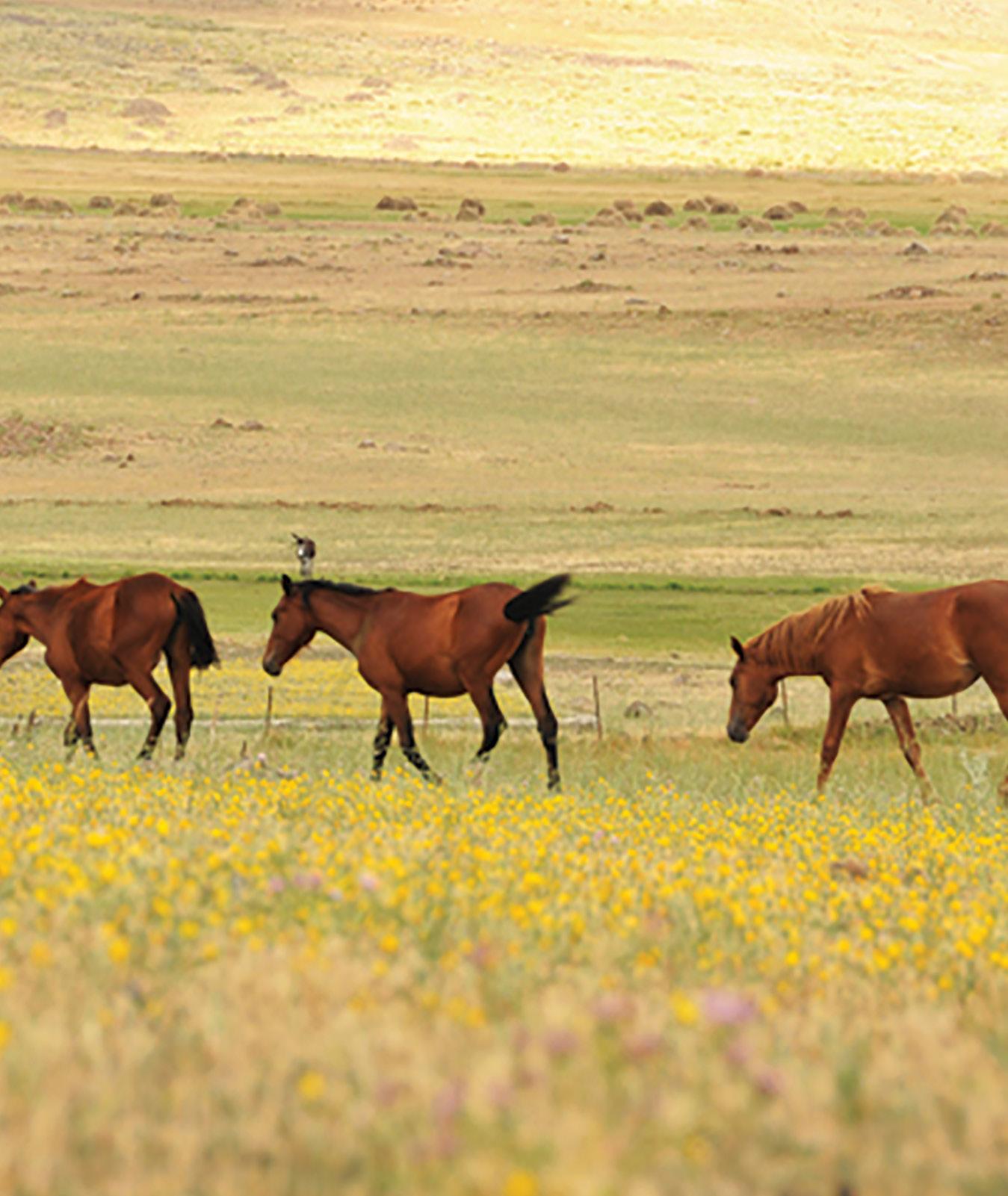
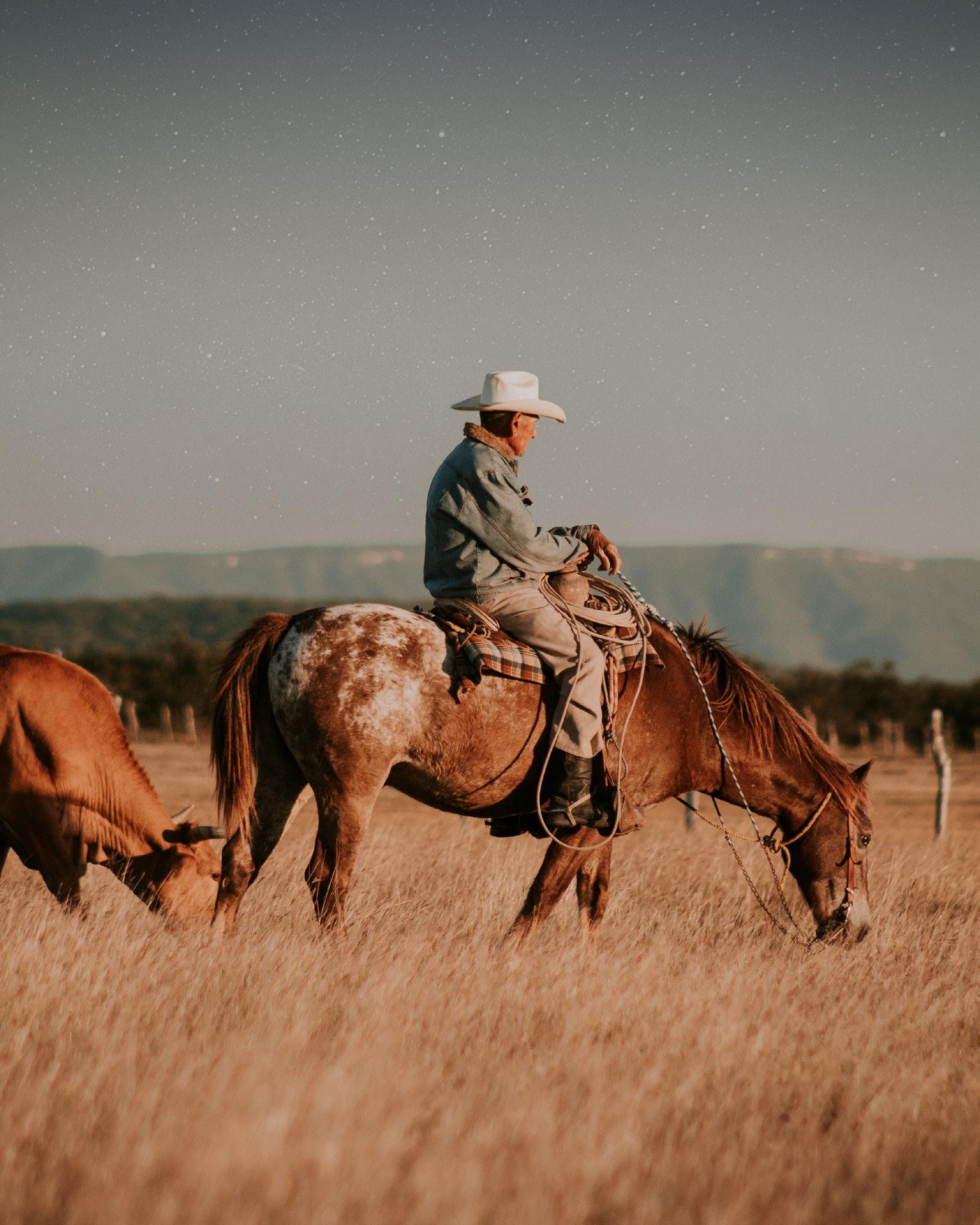

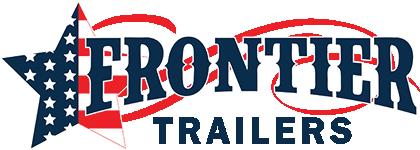
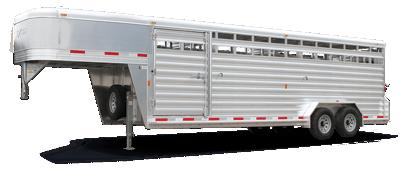
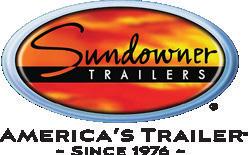

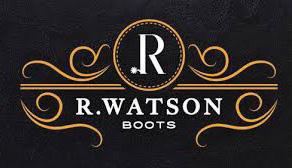
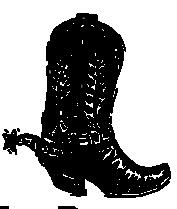
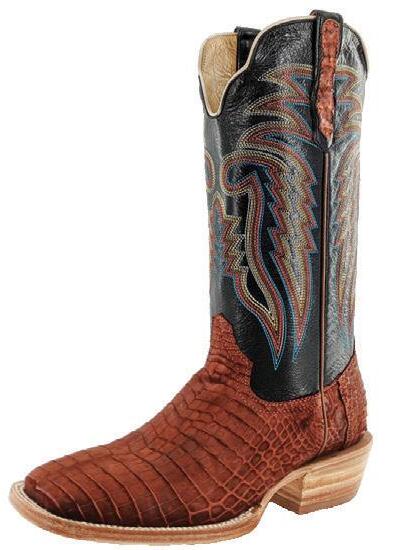


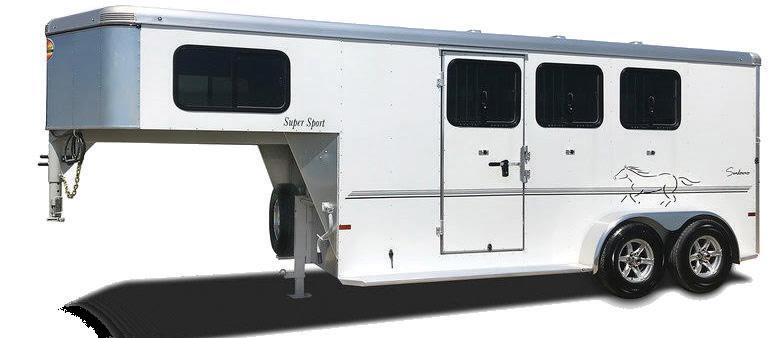
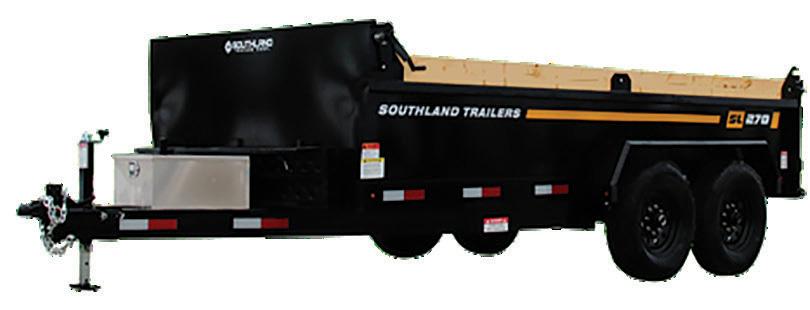


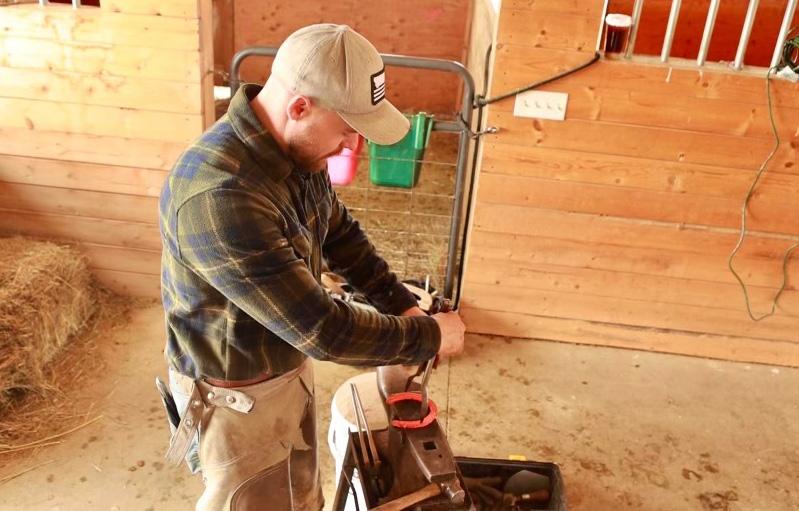
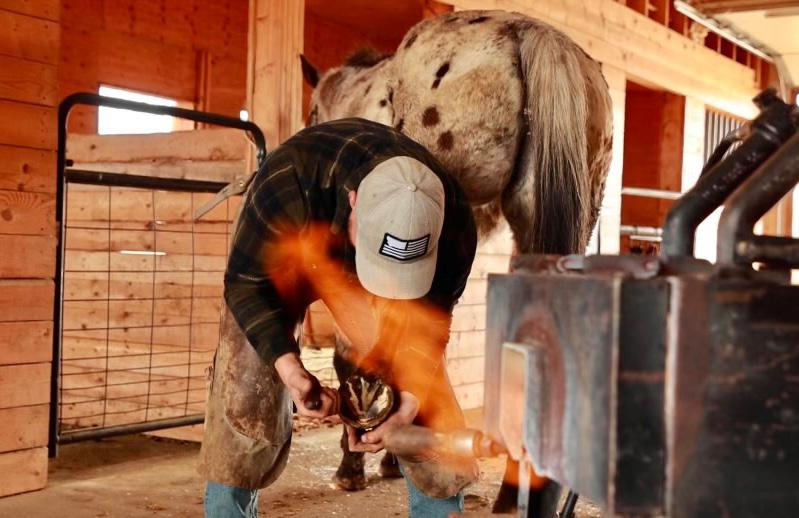

or incompetence. After completing the nailing, the farrier clips or pulls off the tips of the nail, now protruding through the hoof, then block and clinch the nail, bringing the horseshoe nail flush with the horse’s hoof. Shoes should be reset between four to eight weeks to prevent overgrowth and pinching of heels.
Furthering the rewarding work as a farrier in rural Montana are the collection of stories, from hilarious and heartwarming to tragic and tear-jerking. A favorite is that of a goliath of a man, a rancher who went by the nickname Tit – I never wanted to inquire further about the reason for this nickname. Tit called me to shoe his work-in-progress ranch horse gelding, a sweet little four-year-old named Max in preparation for moving cows to summer pasture. That early summer day was a scorcher, close to 100 degrees, and even before I began working on the horse, I was covered in sweat.
As I bent down to work on his hooves, Max continually nudged me, attempting to yank off my shirt and in a gentle yet firm manner, I gave Max the elbow. Max got the message, but as I brought one of his front feet onto my shoeing stand to clinch and finish the foot, Max struck with a vengeance, ripping
the ballcap from my head in a gentle, yet rigorous manner. Max proceeded to suck on my sweaty ball cap in a way reminiscent of a baby with a pacifier, complete with loud, smacking and sucking sound effects. The more I tried to get my ball cap back, the less Max wanted to return it. Eventually, Max dropped my hat, but not until it was wrung out of sweat and covered in green horse drool. The moral of the story was to ensure horses have ready access to tolt and trace minerals otherwise, the farrier's ball cap may become a casualty.
Farriery is much more than a trade, especially in the Northern Rockies and Plains – it’s a livelihood, something that, in a small way, allows those in the business to be woven into the fabric which makes up Montana and the American West. Farriery is something shared with farming and ranching families, and others completing the beautiful patchwork of communities comprising rural Montana. From shoeing a little girl's first 4-H horse to preparing a big ranch for spring branding, farriery is a lifestyle I wouldn't trade for the world.



WRITTEN BY CYD HOEFLE // PHOTOGRAPHED BY STU HOEFLE



When January’s weeklong cold snap sent temperatures and wind chills plummeting to well below zero, many Montana ranchers were relieved calving season was still several months away. But for the L Bar W Cattle Company at Absarokee, the harsh conditions came right in the middle of their calving season.
Carl and Denise Loyning own a seedstock Hereford operation in partnership with Mike and Jeannette Walen. Selling yearling bulls at their annual March sale requires that they be born in the first two months of the previous year. So, when the cold came this year, the Loynings were busy.
“We calve in January for a couple of reasons,” Denise explained. “We like to have calving season completely over by the time our sale comes around and, of course, we sell yearling bulls, so we breed our cows to have the bulls the right age.”
It’s a risk some ranchers take, and with Montana’s unpredictable
weather, it could go either way. This year started out beautifully, with temperatures in the forties – perfect weather for the twoyear-old heifers, who calve before the older cows start. In a pasture naturally sheltered by cottonwood trees, the pairs seemed to have acclimated well despite the previous cold temperatures.
“We give our first-time mommas more attention,” Denise said as she walked through the heifers and their calves. “So much is going on – they are still growing themselves and now they’re trying to nurse a calf. It’s all new to them.”
After each morning feeding, the Loynings ensure all the calves are nursing and healthy.
“We make a big investment in our replacement heifers,” Denise said. “They are our future genetics. We watch them very closely and thankfully, this year, they had all calved out by the time the weather turned.”

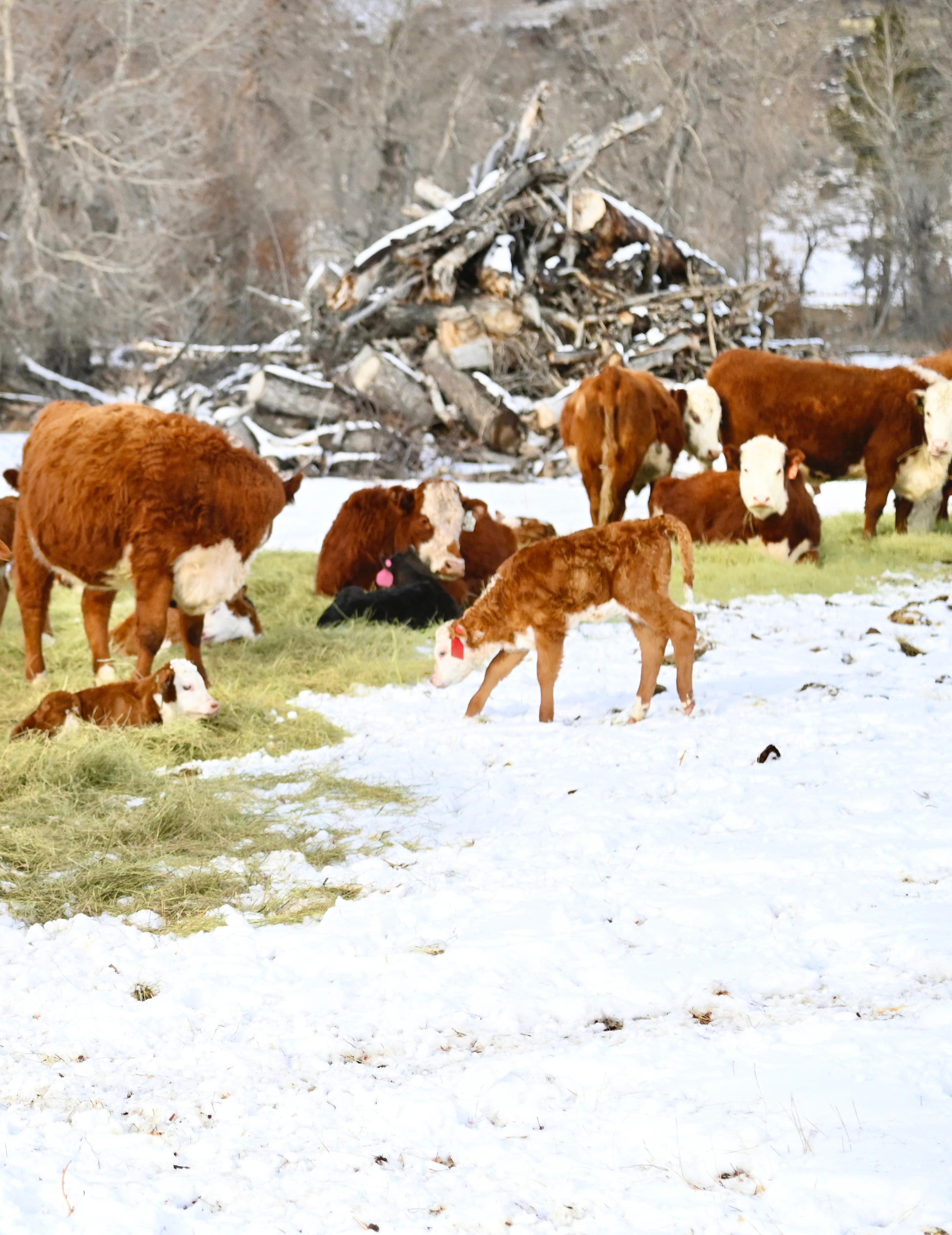

And when it turned, it turned with a vengeance, plummeting 80 degrees with wind chills pushing it far below zero for nearly two weeks. The subzero temperatures meant every calf born was at risk of freezing to death in a matter of minutes.
“We averaged about 15 calves every night,” Denise said. “We didn’t want anyone calving in the open or they would have lost their calves, so, it was very busy. We checked around the clock every 15 to 20 minutes. Thankfully we didn’t lose even one.”
It’s obvious the husband-and-wife duo work in an articulate and well-planned manner. With the help of a night calver, two full-time employees, and part-time day help, calving season is an “all-hands-on-deck” effort.
Their calving shed resembles a maternity ward with pens just large enough for a cow and calf, with each one repeatedly occupied during the cold spell. The insulated barn hovered at 35 degrees while the outdoor temperature dropped to 45 below. In one corner is a calf incubator Carl designed. Large enough to house five calves, the electrically heated box dries the newborns quickly
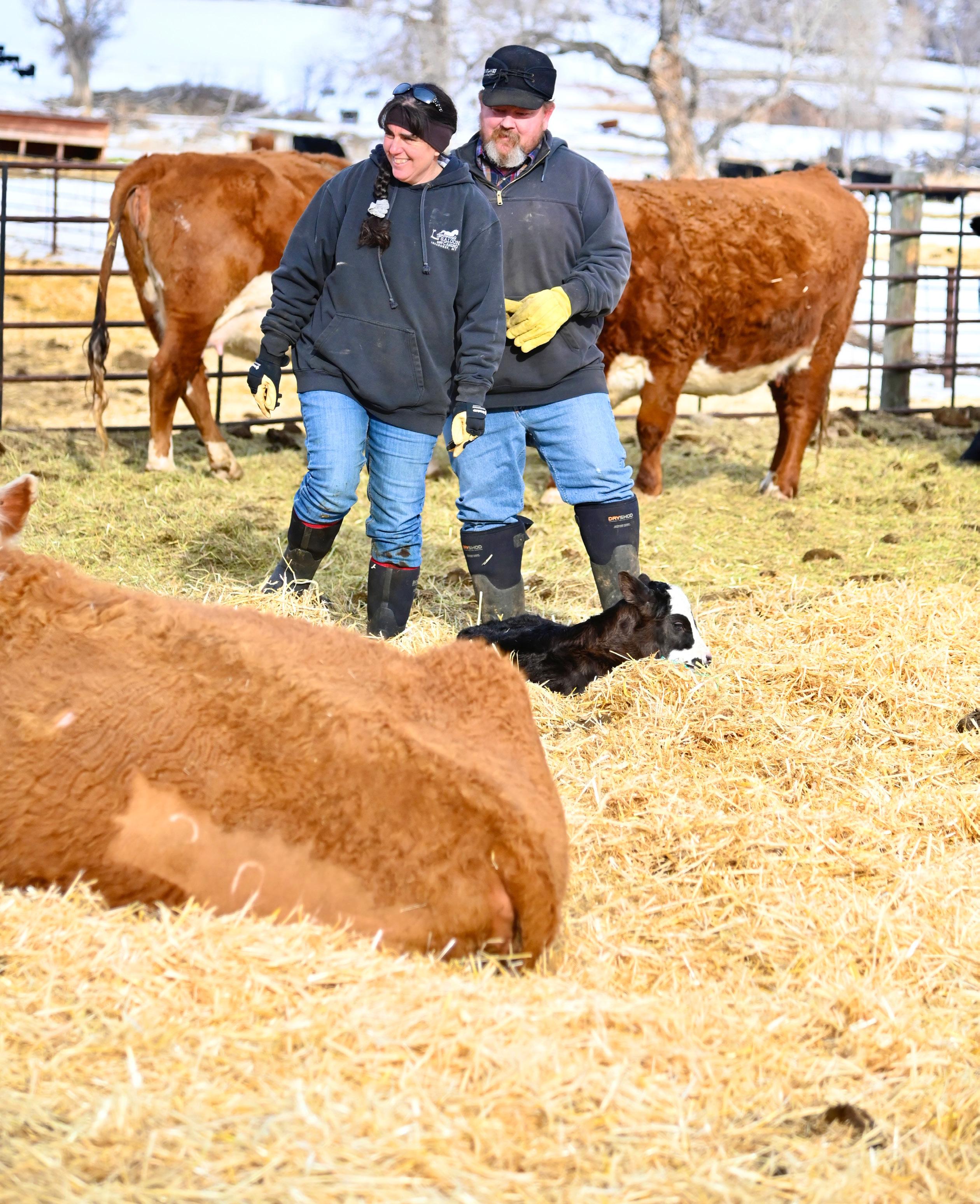 & KARL LOYNING
& KARL LOYNING

so they can be reunited with their mothers to begin nursing. It stayed full, too.
“We make a lot of decisions based upon weather,” Carl said. “We always have one and a half times the amount of straw we use through the winter on hand. If we know it’s going to be a harsh winter, we buy more straw. If the temperatures are going to be below zero, we plan on adding a mix to the fuel to keep the engines from gelling. We try to prepare ourselves for the extremes so that when they hit, hopefully, we’re ready.”
WE CONTINUALLY ASK OURSELVES, WHAT CAN WE DO DIFFERENTLY? LET’S NOT DWELL ON WHAT WE DID WRONG, LET’S JUST make it better.
— DENISE LOYNING
“Every breeding season and every winter has a new set of challenges,” Denise added. “We continually ask ourselves, what can we do differently? Let’s not dwell on what we did wrong, let’s just make it better.”
Using a combination of artificial insemination, embryo transplant, and bulls, the Loyning’s breeding program allows them to predict calving dates within days. As the season nears, a list of the cows and their due dates helps the crew efficiently rotate bred cows closer to the barn for calving.

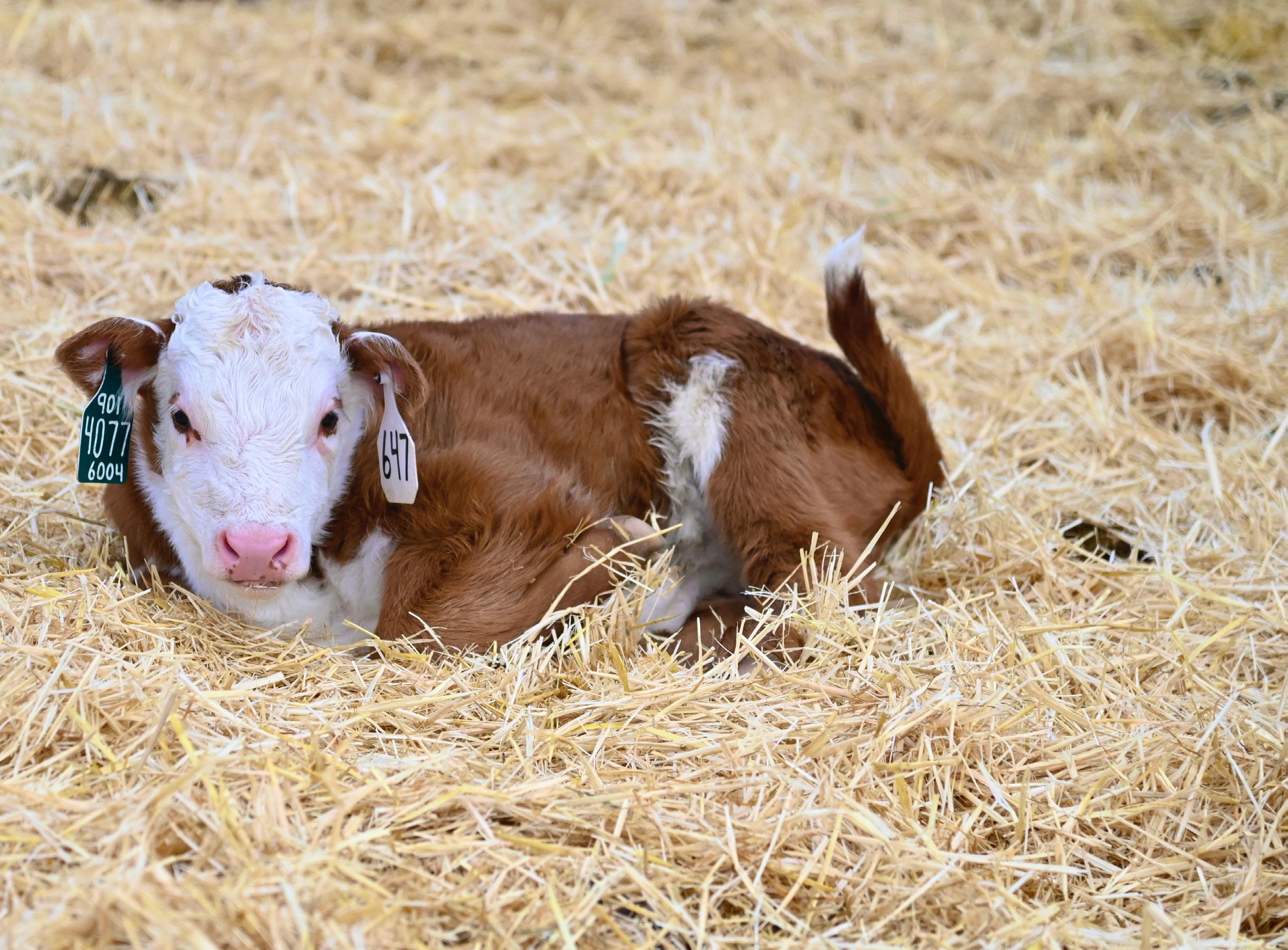

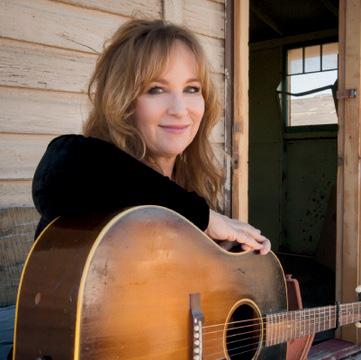

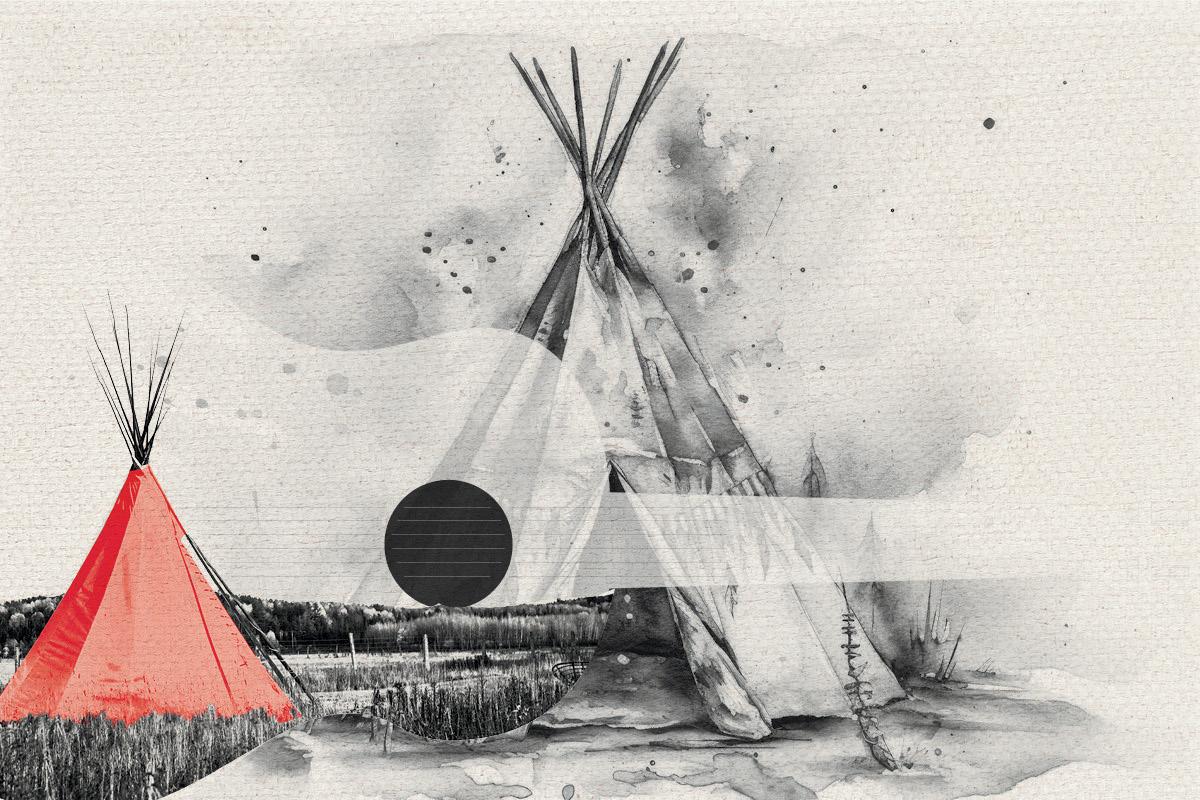


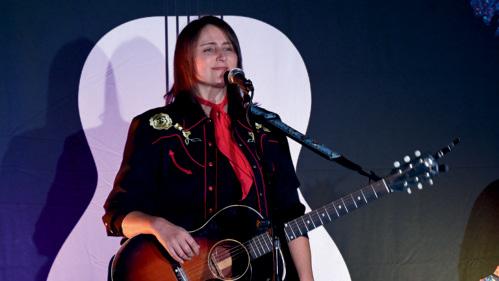




“There’s always a few that surprise us,” Denise said. “That’s just the nature of it, but for the most part, our vet has a 99 percent accuracy for birth dates. It really helps us with the presorting and rotation.”
Every day begins with sorting cows nearing their due date and pairs ready to be turned out. As the calves get older, they are moved to pastures further from the barn. They are watched as they close in on three weeks of age, when the maternal antibodies received from their mothers have run through their system. Heavily bedded calf shelters fenced to keep cows out offer young calves a reprieve from the cold. Like a nest of eggs, the calves bed down in the soft, warm straw for rest.
“We know we have to be ready for inclement weather,” Denise said. “We make sure we have enough feed and enough straw. Bedding to us is cheap insurance when it comes to keeping livestock warm and dry and this year, we’ve used a lot of it.”

and frolicking around their mothers, while the cows munched on hay. As the month drew near closing, the season for the Loynings was barely half over with 150 cows left to calve.
WE’VE HAD GOOD DAYS AND BAD DAYS AND LEARNED SOME THINGS THE HARD WAY, BUT WE FEEL LIKE everything happens for a reason AND WE’RE WHERE WE’RE SUPPOSED TO BE RIGHT NOW.
— DENISE LOYNING
By the fourth week in January, the temperatures climbed back into the forties. The calving barn was empty as cows were allowed to calve in the open. Newborn calves were enjoying the sunshine
Staying strong and steady though their energy waned, Carl and Denise could finally see the light at the end of the calving tunnel, but the work was far from over. Even as their minds remained on calving, they were thinking about their annual production sale in March and the work that needs to be done to prepare for it.
“The bulls we have this year look good,” Carl said. “Every year we do a little bit better. Our bulls are guaranteed, and we stand behind everything we sell.”
“We’ve been blessed with opportunities that we’ve been given,” Denise concluded. “We’ve had good days and bad days and learned some things the hard way, but we feel like everything happens for a reason and we’re where we’re supposed to be right now.”
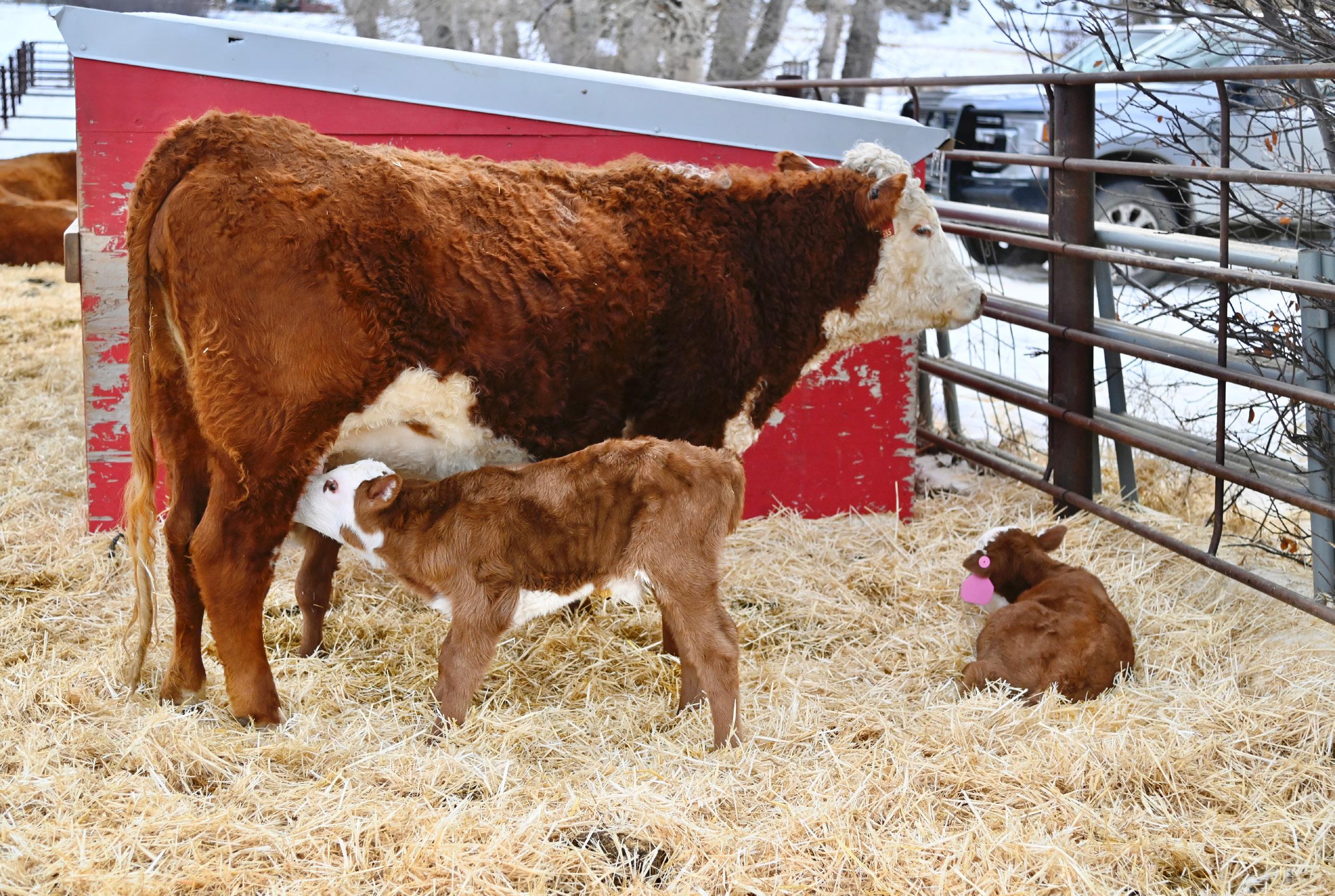
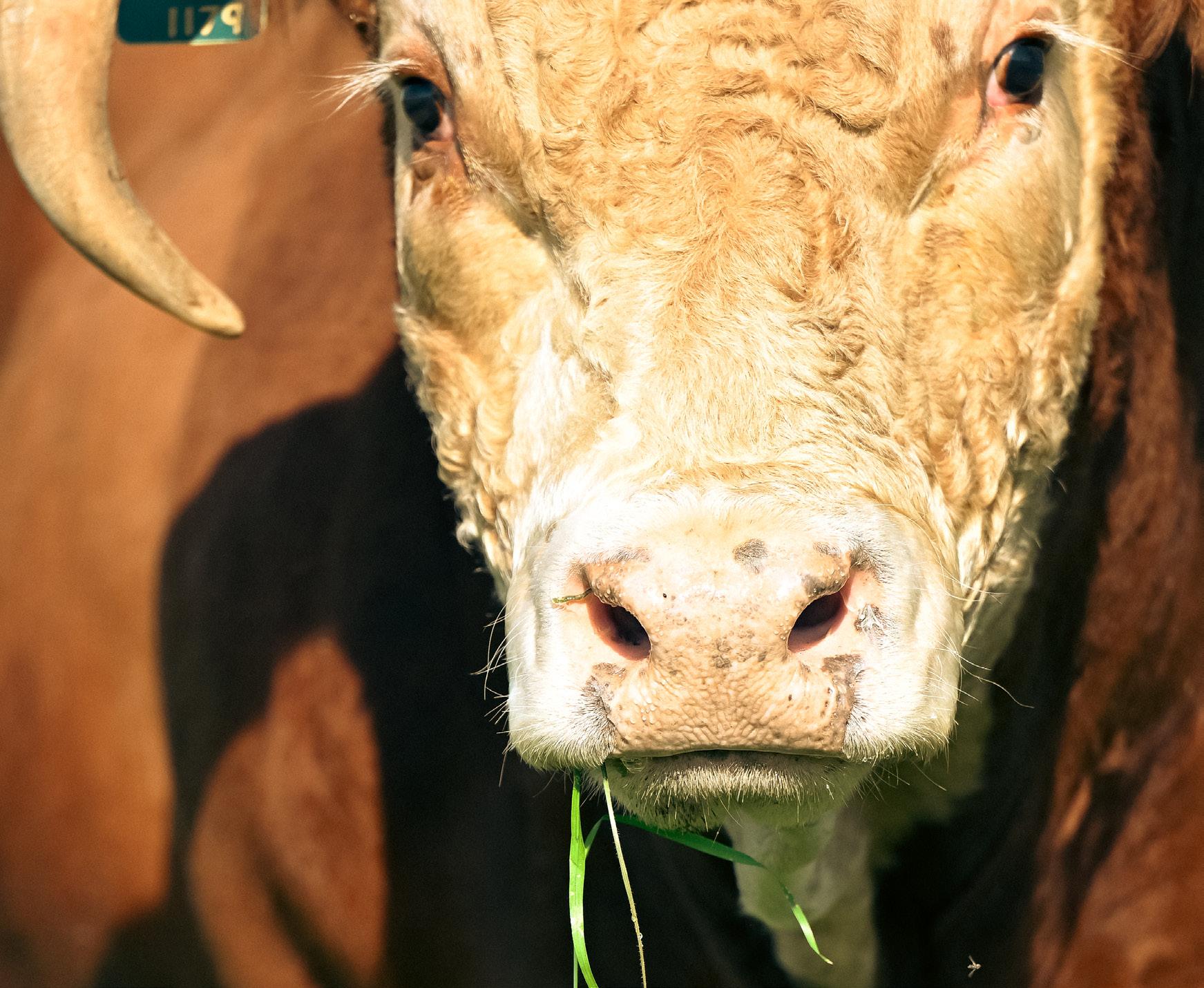


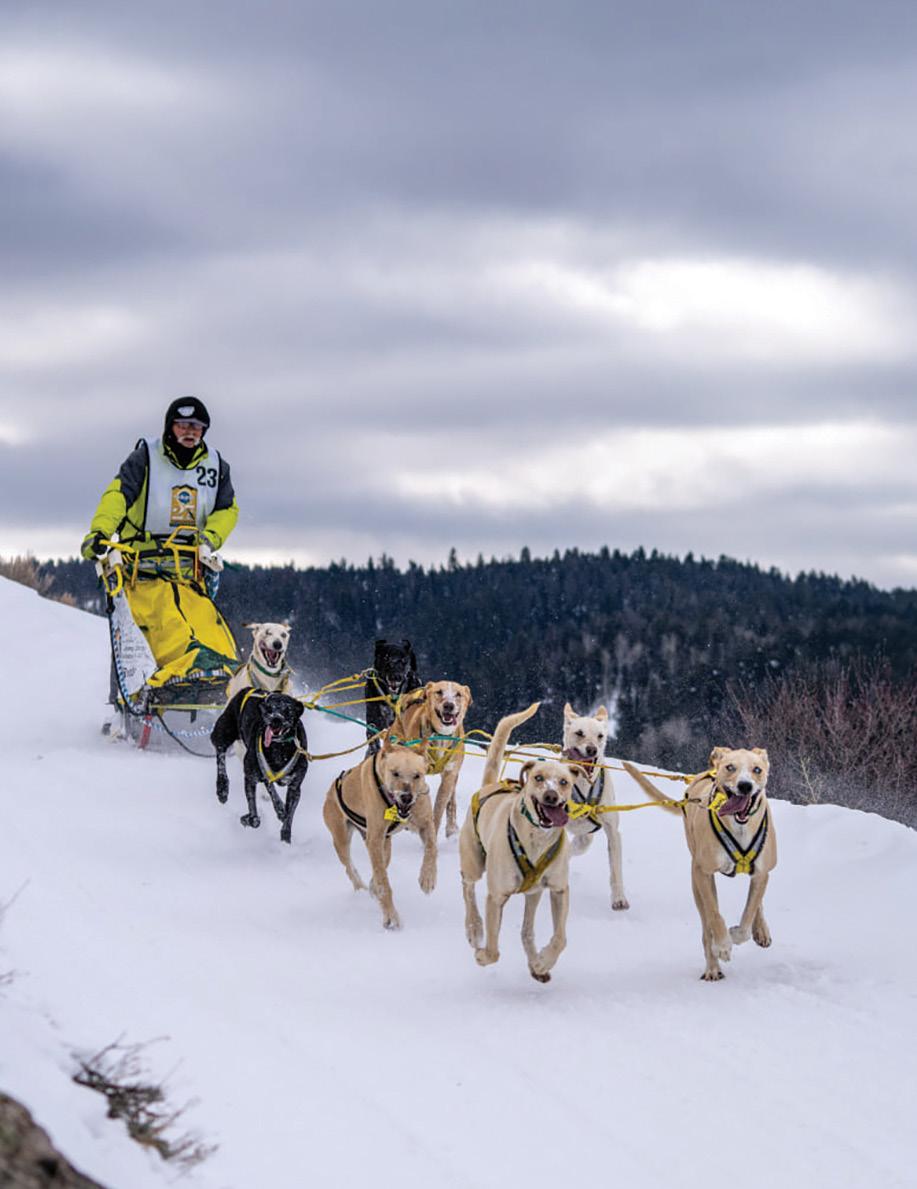
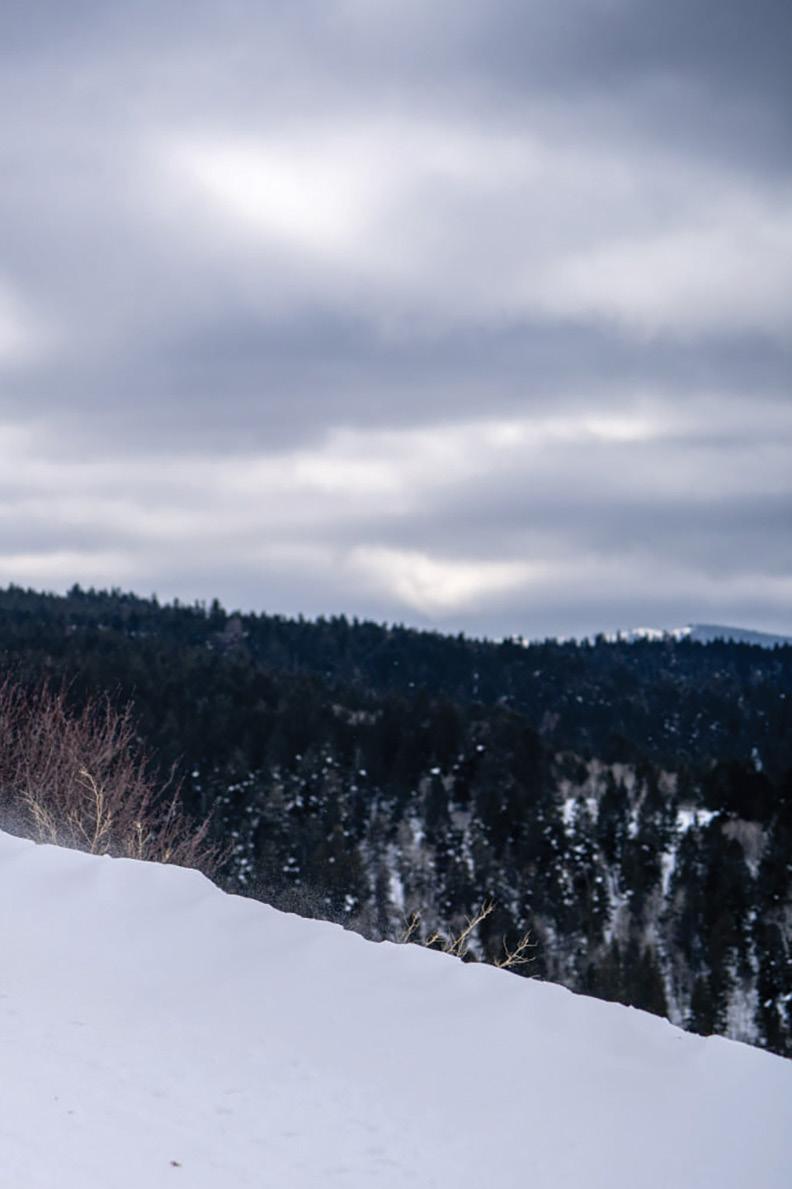
A cold, early morning in the snow-covered mountains is awakened by the sounds of stomping paws; dogs howling, barking, wooing, and bellowing in the frigid temperatures. But the cold doesn’t bother the dogs. They’re happy. They’re excited. And they’re ready to run.
Spectators feel the excitement build as mushers unload sleds from the trailers and put their teams of dogs into position. Lining the sides of the track near the starting line, the crowd anxiously waits for the signal. The Pedigree Stage Stop Sled Dog Race is about to begin.
Similar to the Tour de France, competitors run a different trail each day for a total of seven race days. Mushers from all over the world gather to compete for the championship title and a $165,000 purse, which goes to the racer with the shortest accumulated time on all seven trails. The trails are 30 to 35-mile loops with the start and finish lines at the same location.
The race is very community oriented. Each stage is hosted by a different Wyoming town, as well as Driggs, Idaho. Starting in Teton County east of Moran, stages include Lander, Pinedale, Big Piney/Marbleton, Kemmerer, and Alpine, before ending in Driggs where the final banquet is held. Between stages, mushers and their dogs have the opportunity to meet and greet locals and spectators within each town.
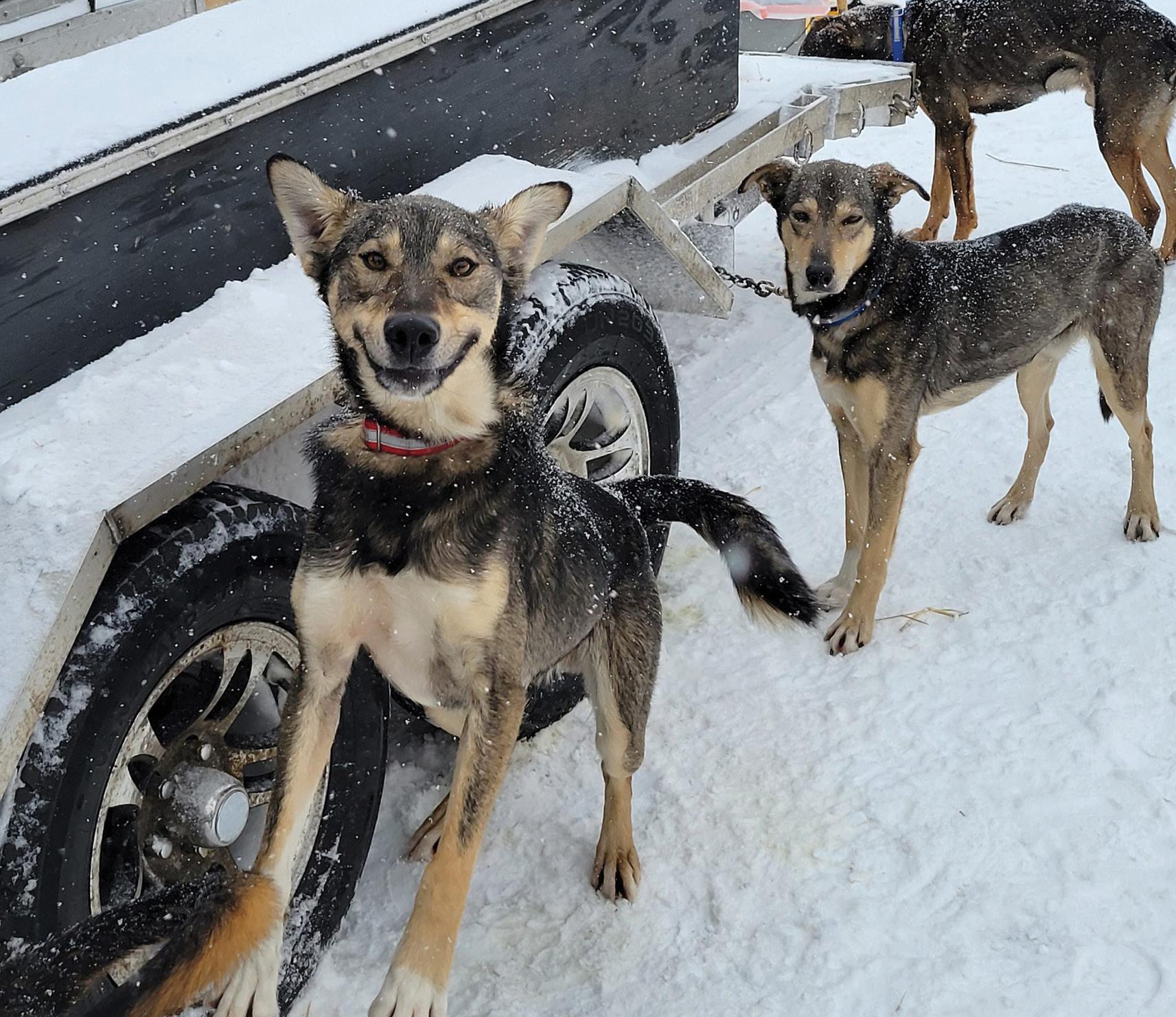
“It’s a spectator's dream,” said Dan Carter, the Pedigree Stage Stop Sled Dog Race Director.
Dan started mushing in 1995 in northern Minnesota. He began as a sled dog tour guide and transitioned into racing. After ten years of full-time mushing, he retired as a competitor and has been the race director since 2014.
“Sled dogs are such incredible animals. They love to run, and they’re conditioned for it,” Dan said, “When it comes to racing, you want a dog that is a natural athlete, has speed and endurance, a
Traditionally, most racing sled dogs are Alaskan Huskies. More recently, sprint and mid-distance racers breed Pointer and Hound crosses into their Alaskan Husky lines to get more speed. The Alaskan Husky remains the top choice for distance racers as they are unsurpassed for their mental toughness and physical endurance.
The speed of a dog team varies depending on training, genetics, and trail conditions. Competitive teams can reach speeds from 16 to 20 miles per hour. A team of sled dogs consists of lead dogs, swing (or point) dogs, team dogs, and wheel dogs, each with a


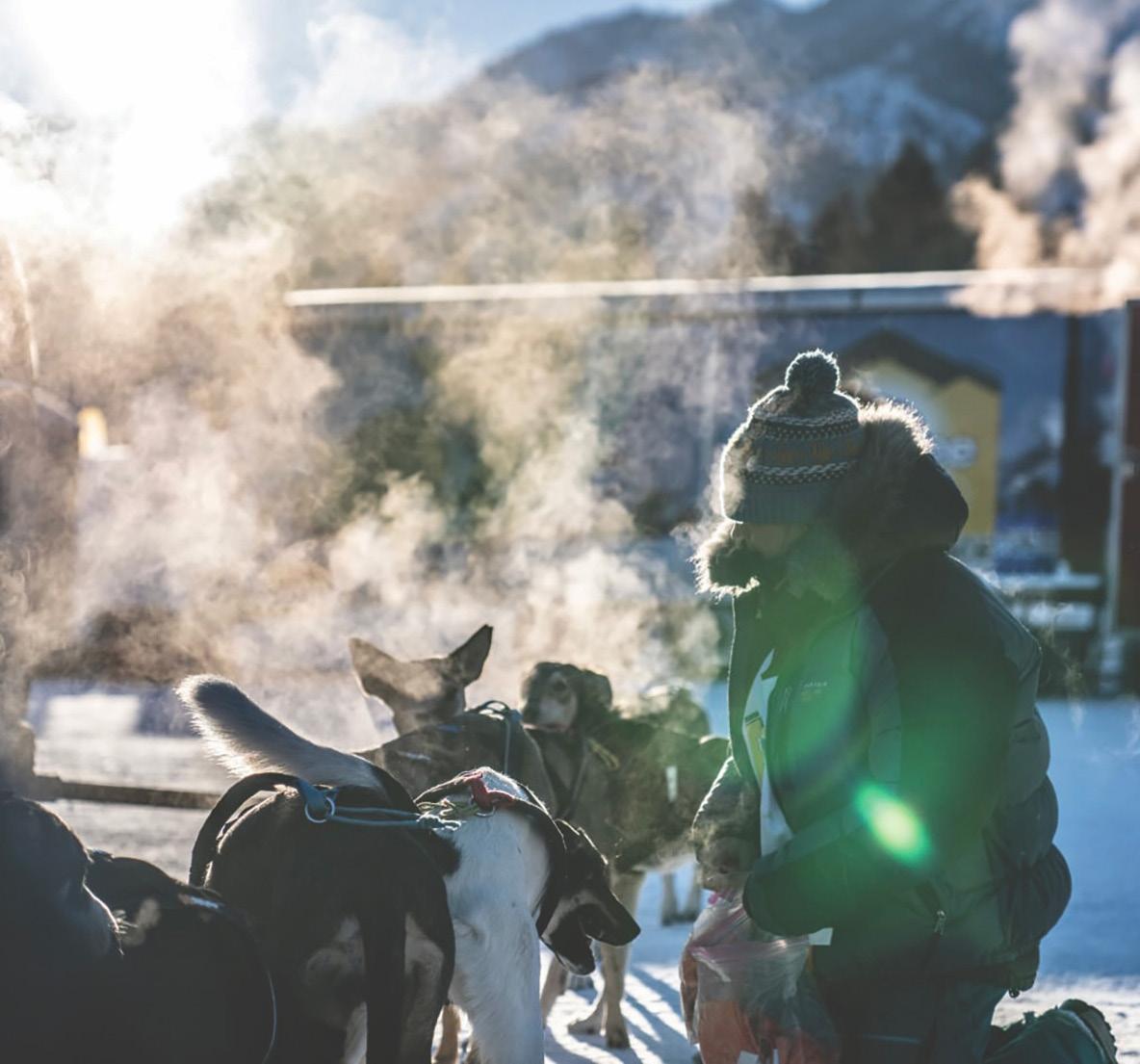
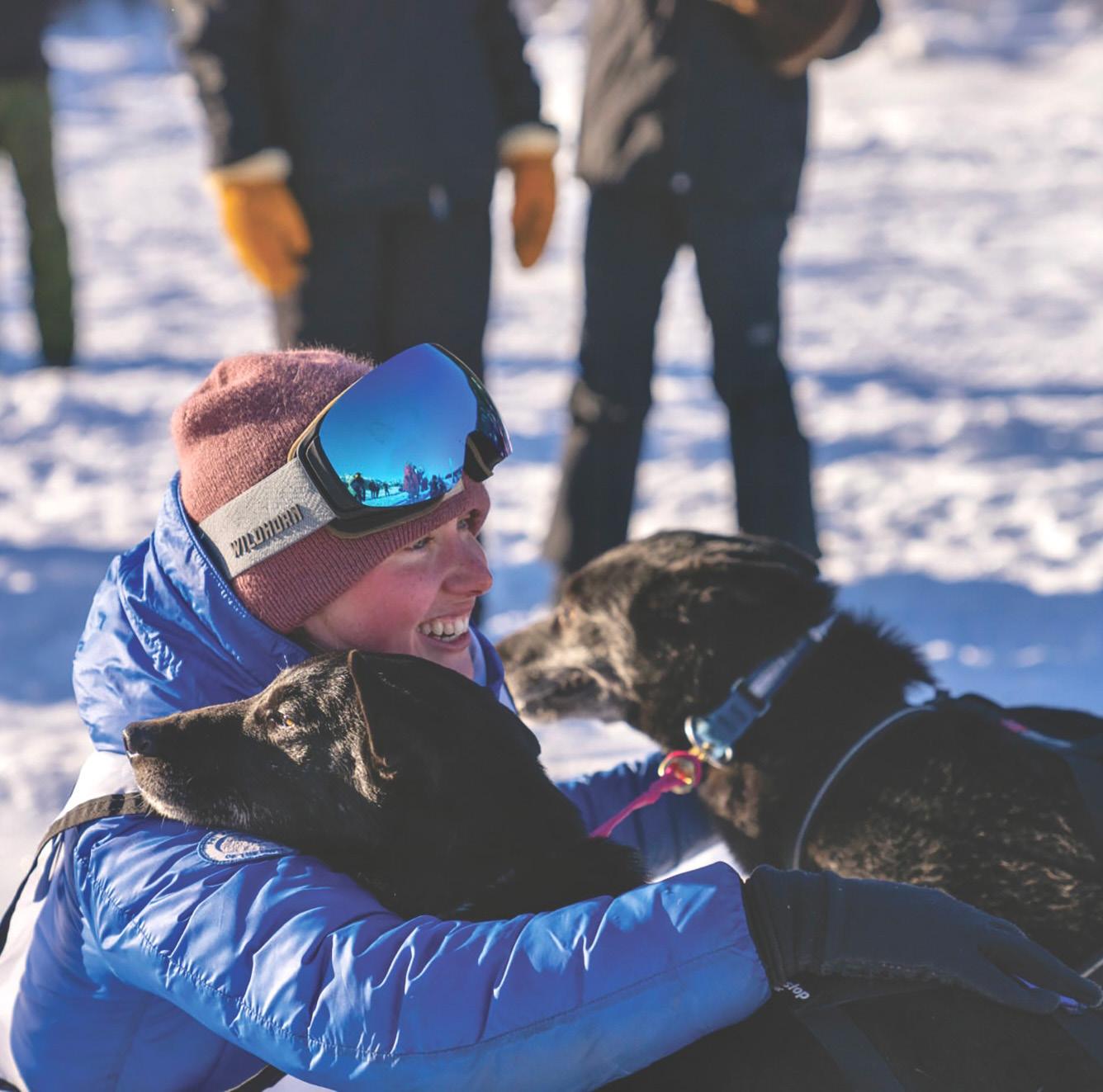
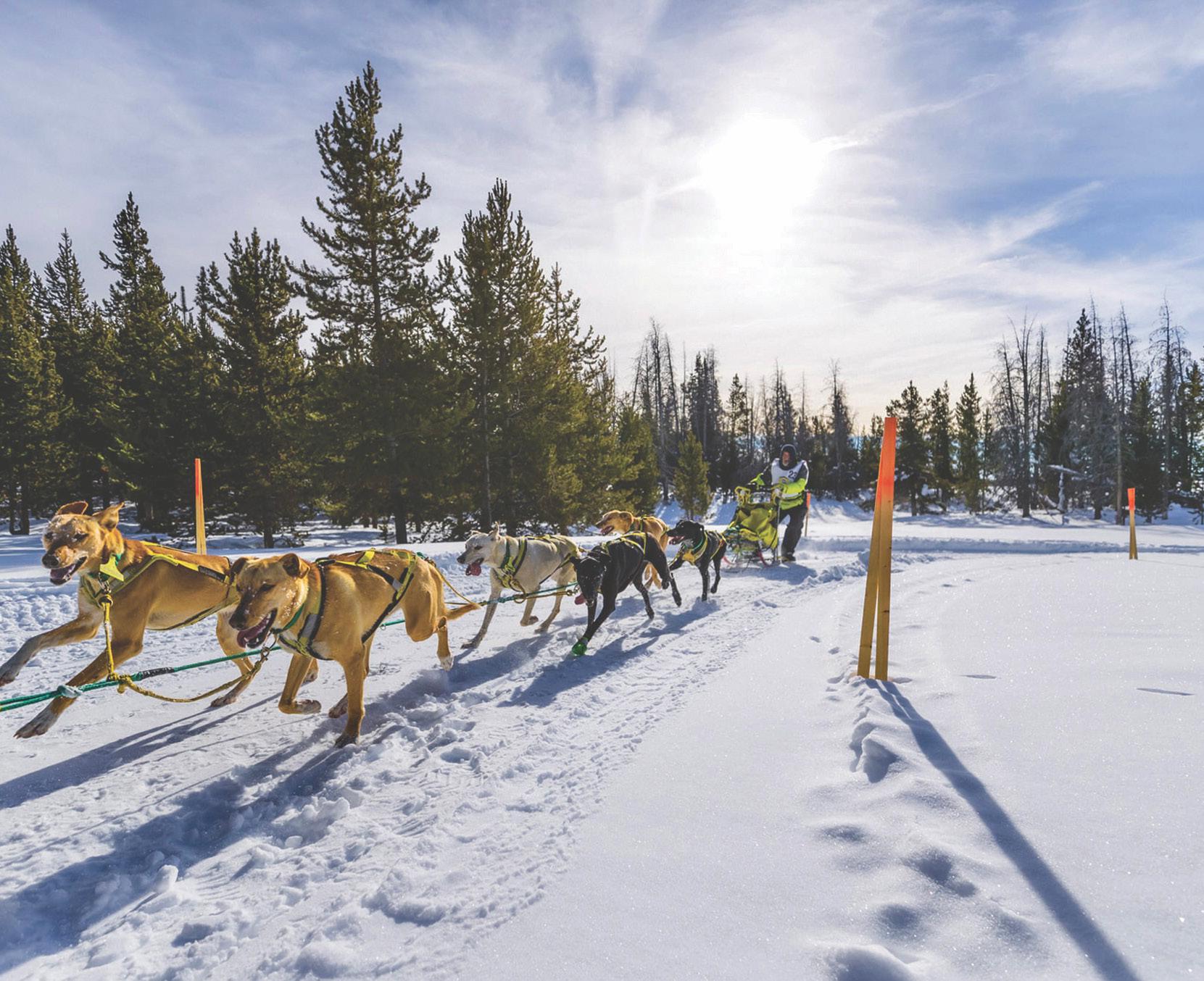
specific role in navigating the trails and terrain.
Lead dogs, like their name, are positioned at the front of the pack. The main job of the lead dog is to set the pace. They are known to be intelligent, alert and are capable of running very fast.
“The lead dog wants to be up there. They like to have that responsibility, and they’ve been welltrained to respond to voice commands,” said Dan.
Directly positioned behind them are the swing dogs. These dogs may also be capable of leading but are typically more nimble and help steer the team around corners.
Following are the team dogs. These are the core of the pack and maintain the pace. Depending on the size of the team, there can be several pairs of team dogs.

go to great lengths to ensure their dogs are properly cared for. They train, feed and bond with them, and in return, the dogs learn to trust and listen.
According to the regulations, mushers may bring a pool of 16 dogs, but can only race a maximum of 12 at a time. In addition to hauling their sled, equipment, and team of dogs, mushers also bring along food and built-in housing for the dogs. Flatbed trailers and modified horse trailers equipped with kennels are typically used to house the teams of dogs.
THE ADAGE THAT, ‘you’re only as fast as your slowest dog,’ IS TRUE.
— DAN CARTER
Wheel dogs are positioned at the very back, nearest to the sled. These dogs are usually the linebackers and help get the sled moving from a stop position. They are usually the most enthusiastic and love to pull. They’re often seen lunging into their harnesses ready to go.
“The adage that, ‘you’re only as fast as your slowest dog,’ is true,” Dan said chuckling.
But it’s not just about speed. Even though mushers are athletes in and of themselves, they are just as much a coach as they are players. Mushers pay very close attention to their dogs, and they
“It’s actually pretty comfortable living,” Dan said, “A lot of these mushers compete in other races all over North America, and some of them are on the road for months at a time.”
The average sled dog burns 10,000 calories a day while on the trail, so it’s imperative that the mushers haul their own food to keep the dogs’ diets consistent, balanced and highly nutritious without changing what they are accustomed to eating. That equates to hundreds of pounds of dog food, especially when competing in back-to-back races. Each musher creates their own special formula, from warm broths before the race to a high-energy kibble combined with various meats and supplements upon return, and always plenty of fresh water.
Verbal commands are up to individual mushers. The most common commands are “Gee,” meaning right turn, “Haw,” meaning left turn, and “Woah,” meaning stop. Other common commands to get the team moving include “Hike,” “Alright,” and


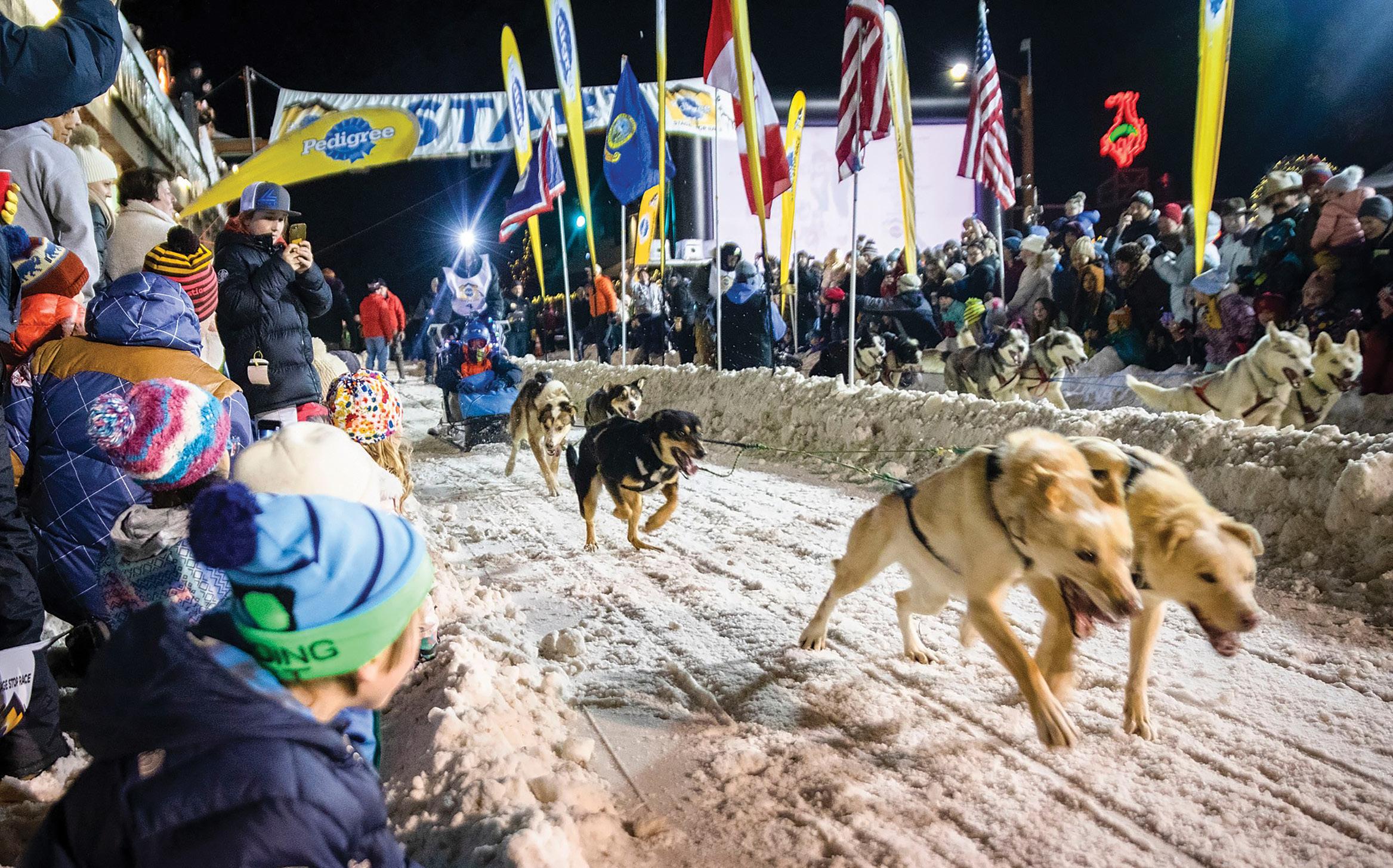

“Mush,” as well as giving the sled a little nudge, indicating it’s time to get moving.
“The key with commands is consistency. Tone of voice and inflection can mean a lot,” said Dan.
The dogs feed off of mushers’ energy. If it’s a fast-paced run, mushers will likely give commands in a more excited tone and the dogs respond by increasing speed. If it’s more of a leisurely pace or a tedious trail, mushers use a calmer tone to keep the slower pace or to maintain focus. Sled dogs also tend to mimic emotions, and mushers often modify their interactions, both verbally and physically, based on how they want the dogs to behave.
“The dogs even pay attention to how their mushers walk and move,” Dan said, “It all comes down to trust.”
Dog sledding was one of the first instances of humans and dogs working together, and the Pedigree Stage Stop Sled Dog Race was an amazing illustration of that bond. At each meet and greet held after every community race, the public was invited to attend to meet the mushers and dogs.
Despite worry about the lack of snow that has plagued the sled dog race region and caused the cancellation of races in Montana and Idaho, Wyoming blessed the Pedigree Stage Stop race with plenty. The 2024 race was from January 27 to February 3, when the ceremonial start kicked off in Jackson Hole on January 26.
The mushers and their dogs arrived in Lander, to a supportive community that had blocked off two city blocks to allow the mingling of the mushers, dogs and the public. A boisterous gathering proved that dog sledding is popular, well-received and promises to be around for years to come.

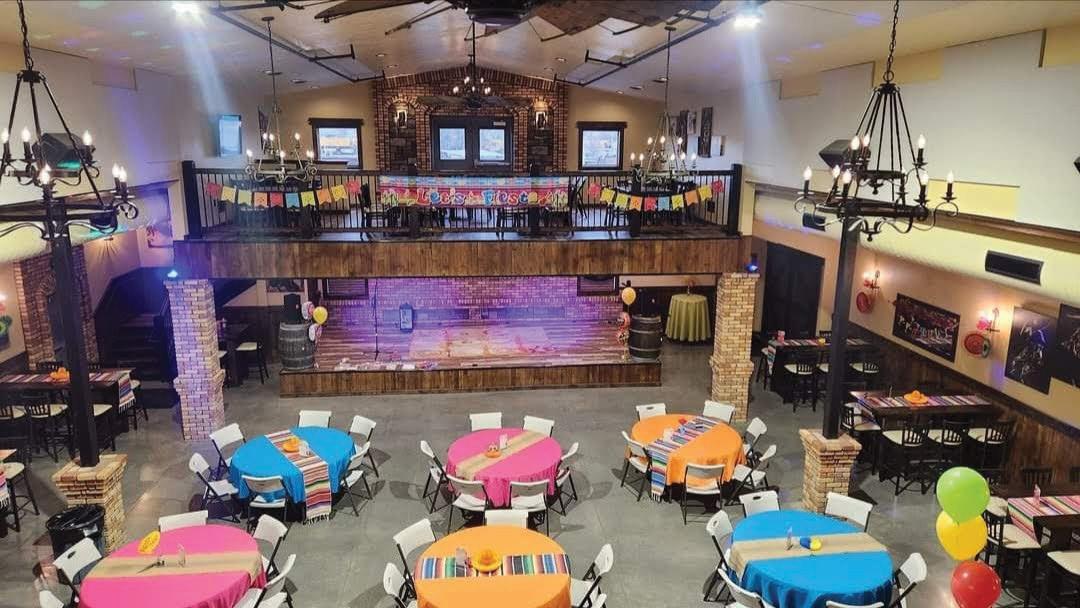
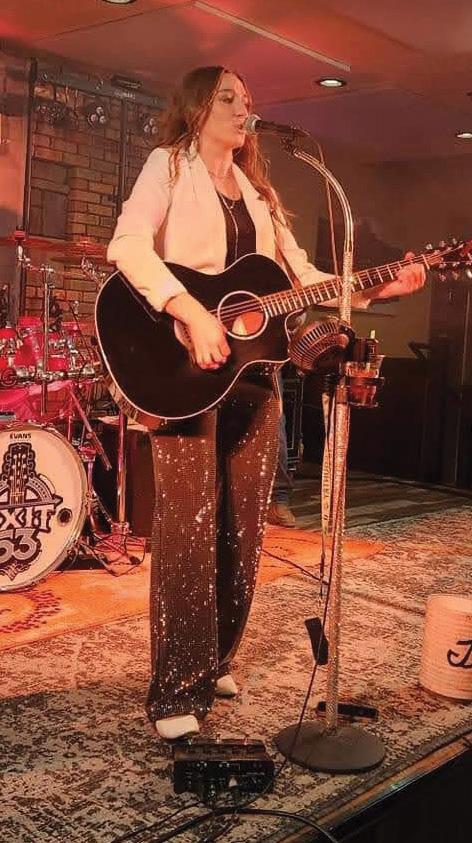



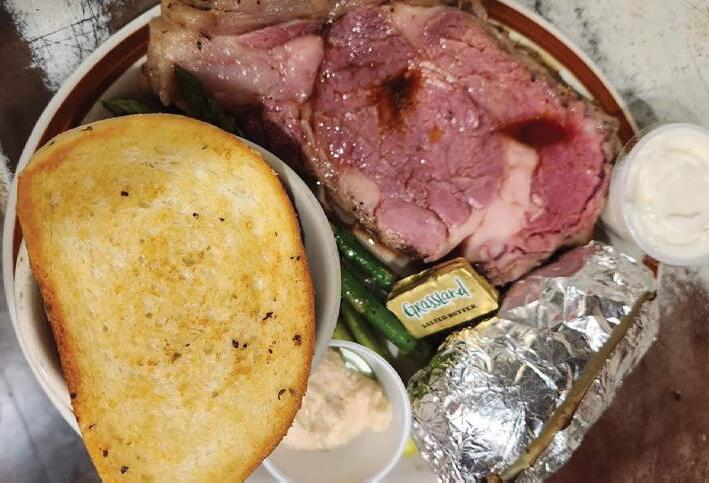
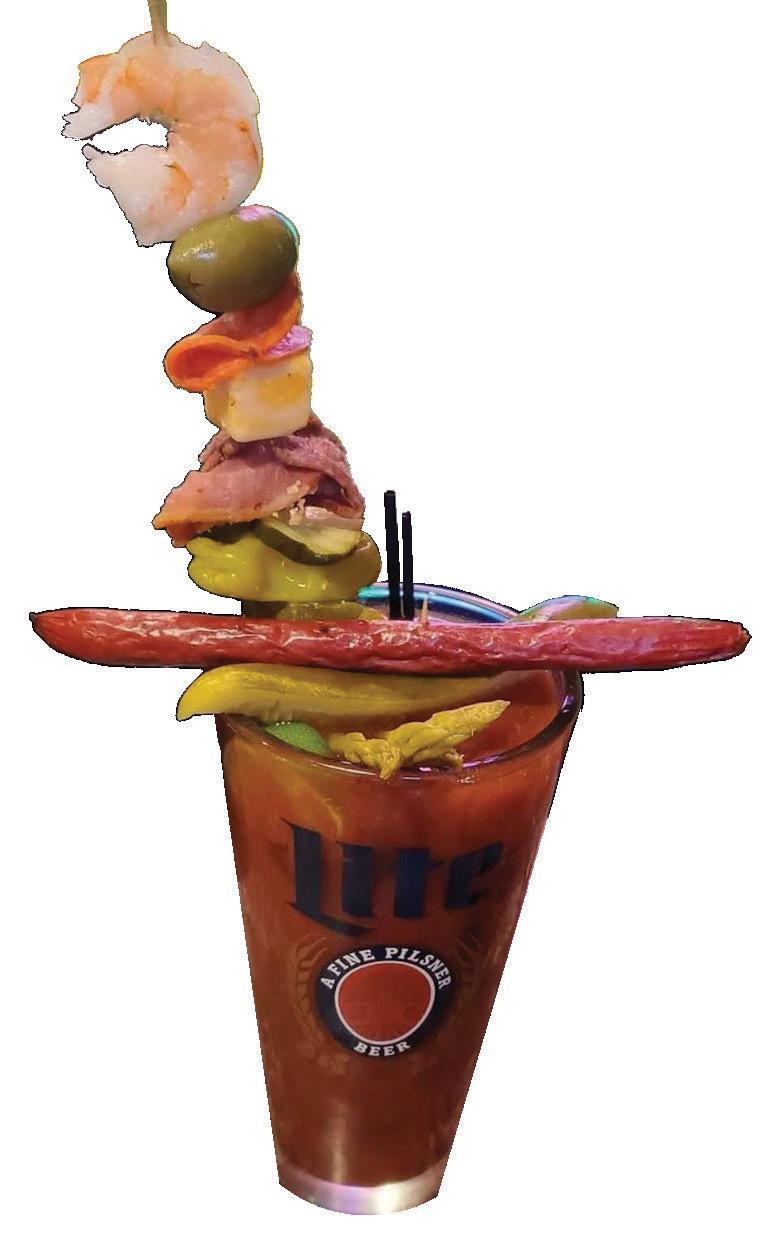
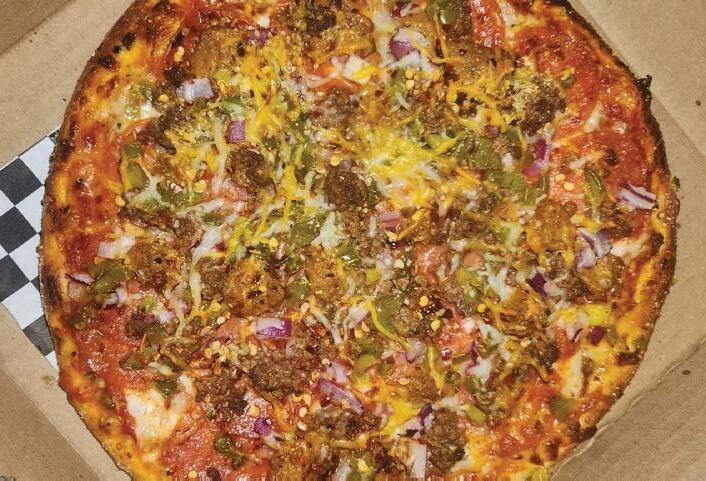
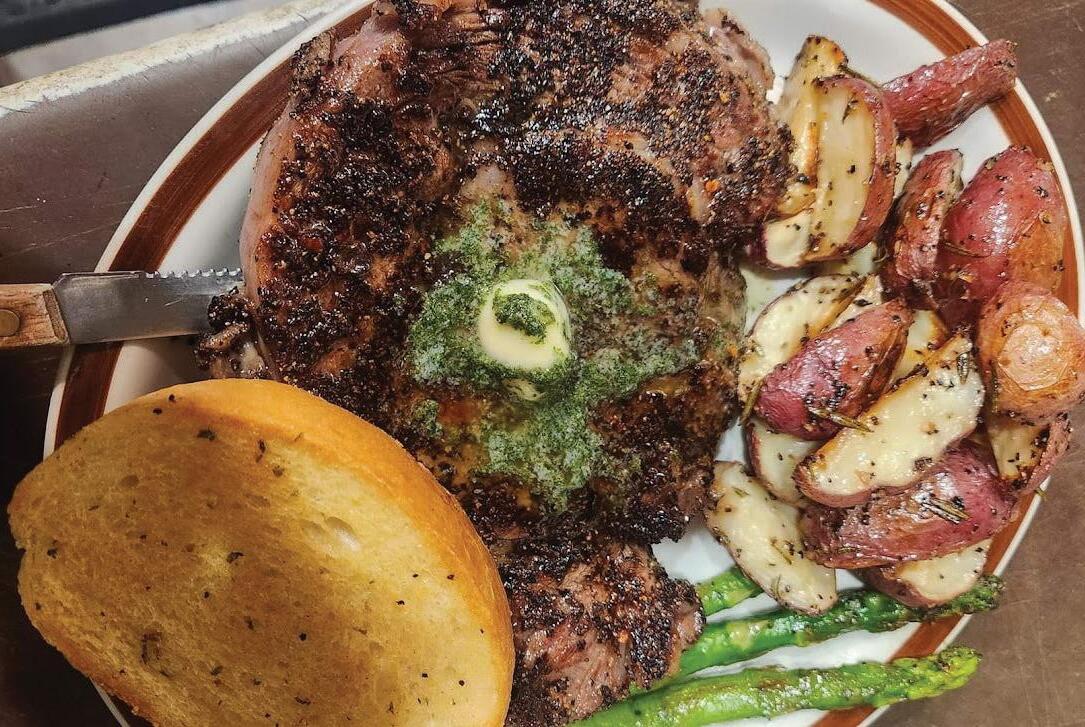






The cowboy hat is one of the most defining statements of a cowboy’s image. First introduced in the mid1800s as head protection from the elements, the cowboy hat has evolved into an iconic expression in the world of western wear.
Now a 70-billion-dollar industry, it was John B. Stetson who first introduced the cowboy hat. Rather ordinary in design, the purpose was function over fashion. Today, it’s a fashion statement in its own right as the popularity of the cowboy hat continues to make waves across the country.
At D James Fine Hats in downtown Billings, proprietor and hatmaker, Darren Hackey isn’t just making hats for function, he’s designing custom, heirloom hats of the finest quality to surpass generations.
Everything about walking in the doors of D James Fine Hats is an experience, from sitting down with a whiskey while Darren measures and determines your size and sense of style, to the desired materials, to the final fitting.
“We’ve tried to build our business intentionally and slowly so we can truly give people an experience,” Darren said. “This should be fun, so we make sure it is. We take the time to understand exactly what our customers want.”
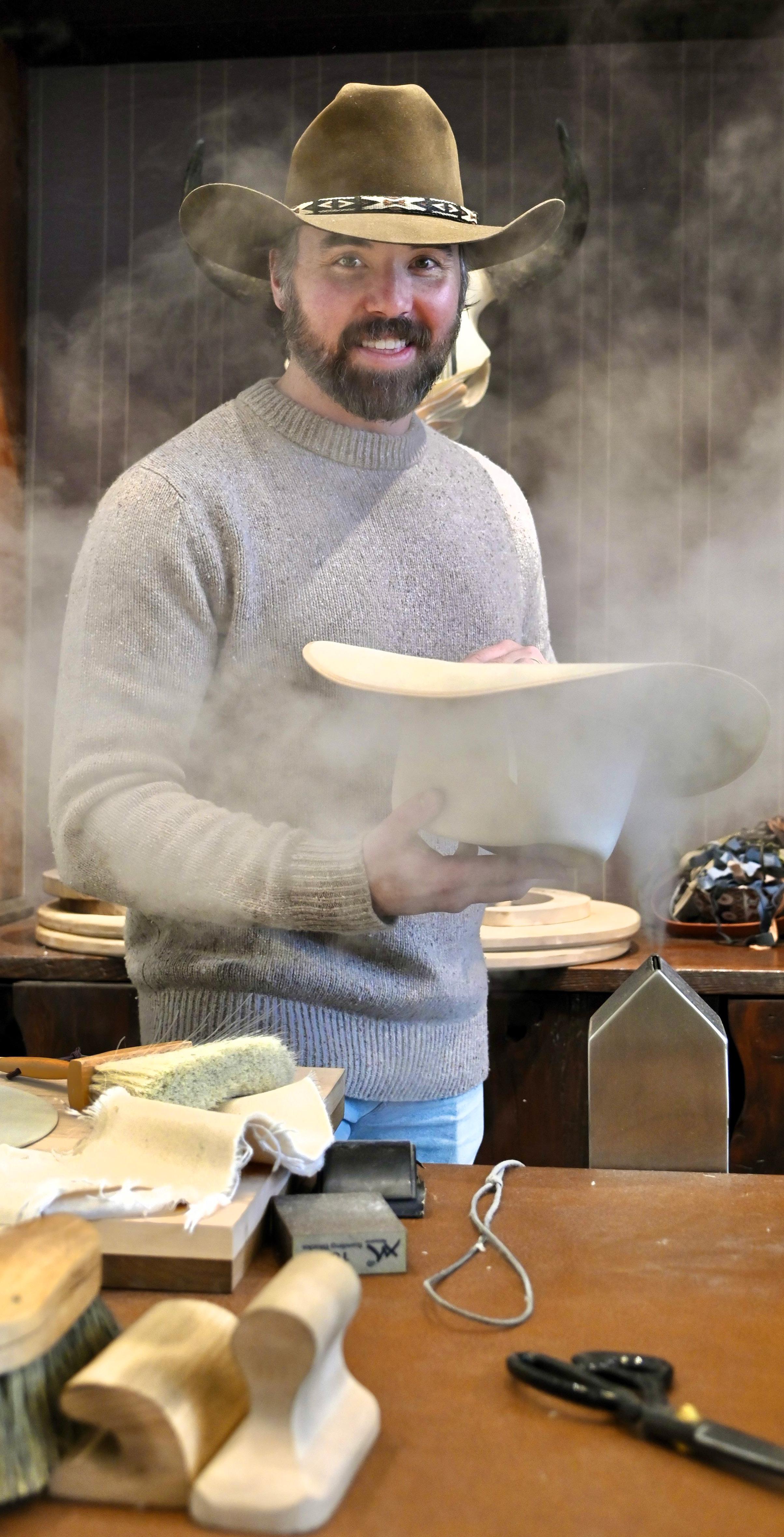

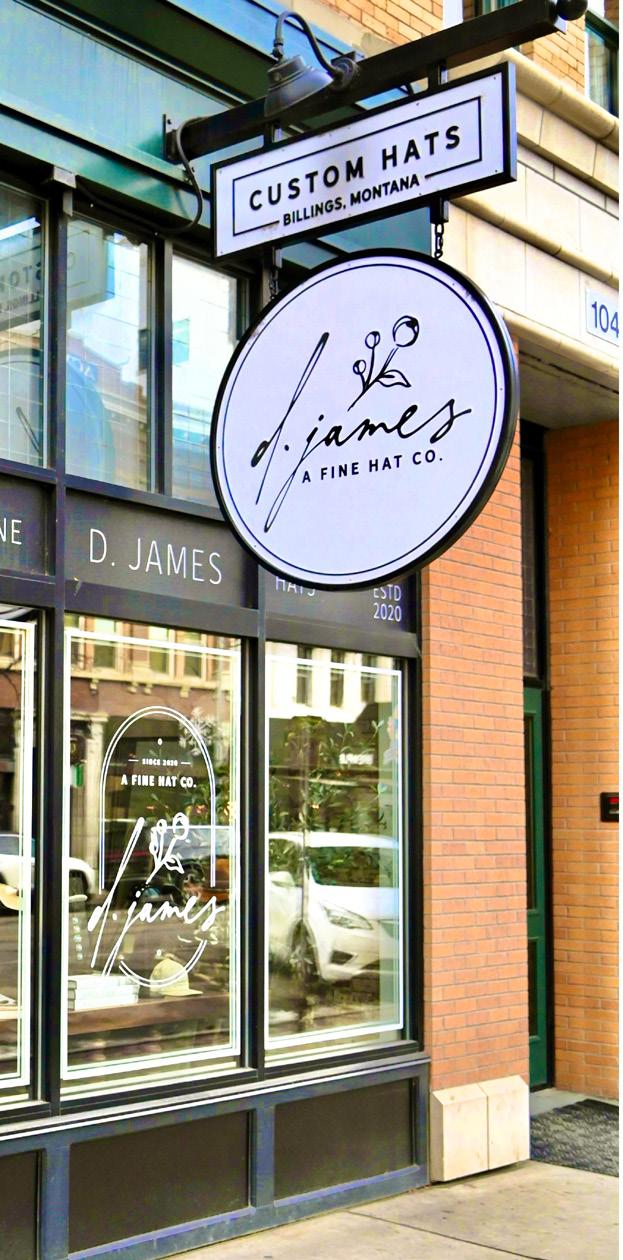






Before becoming a hatmaker, Darren worked as a physical therapist at Billings Clinic where he was accustomed to full days tending to patients recovering from orthopedic surgery. With the shutdown of elective surgeries during the Covid pandemic, Darren was only seeing patients one day per week. In addition, his favorite pastime, playing weekend music gigs in bars and breweries was also squelched. For the first time in years, Darren found himself with something he’d never had before: time on his hands.
“It was the first time since I’d started my career that I actually slowed down long enough to realize how burned out I was,” Darren said.
Hat making was something he’d entertained before, but never with enough interest or time to pursue.
“It’s a very historic and guarded trade,” he said. “Fortunately, I found a couple of local hatters to apprentice under.”
Apprenticing under two different hatters with very different approaches to the art of hat making expedited Darren’s learning curve.
“There’s a lot to learn and I feel very fortunate to have learned under two talented hatters,” he said.
Darren started slowly while maintaining his full-time career and working nights and weekends on his craft until his hats were of the quality to sell to close friends and family.
“I posted my journey on social media and started getting inquiries. It spread from there,” he said.
Soon enough, the hat order list was growing and Darren, with the encouragement and support of his wife, Lea, decided to quit his job and concentrate on hat making full time.



In the four years since opening, his business has flourished, propelled further by a move to a downtown Billings location in a space seemingly custom made for a hat shop. Shelves display ready-made hats for sale and locally crafted hat bands. A large work bench houses an industrial sewing machine and tools of the trade and a comfortable sofa and armchair invite customers to sit and chat.
The past year’s sales have surpassed Darren’s expectations. He believes it’s due to his customer service and the quality of his craftsmanship and materials – not to mention his invitation to his customers to “have a whiskey and stay a while.”
“I assessed people’s bodies for a living in a very anatomical, objective kind of way,” Darren said. “Combined with my love of fashion, I have the confidence to make suggestions as far as style and shape for my client. This has been a perfect blend of my art and science backgrounds.”
Recently the business became sustainable enough for Lea to quit her job and partner with Darren. Together, they have big plans for the business including a portable hat shop with ready to buy hats, shaping and custom orders.
“Forever I felt like I was swimming upstream, I was a physical therapist and a musician and they always kind of fought each other. Now I’m perfectly balanced and satisfied in my work,” Darren said. “I’m finally swimming downstream.”

Welcome to the heart of Southeast Montana, where the aroma of sizzling burgers wafts through the air, courtesy of our robust beef industry. If you're a burger enthusiast, you're in for a treat on the ultimate Southeast Montana Burger Trail, a foodie’s adventure crafted from the very best local favorites.
Introducing the Burger Trail Passport, your gateway to an exciting culinary journey. We've made it easier than ever for you to enjoy the flavors of Southeast Montana's finest burgers while earning points toward fantastic prizes.
With every check-in, you'll accumulate points that bring you closer to mouthwatering rewards and exclusive prizes. The process is seamless, ensuring that your focus remains on the delicious burgers awaiting you. It's not just a culinary experience; it's a chance to turn your passion for burgers into tangible rewards.
The Southeast Montana Burger Trail entices both locals and visitors to get off the highway and become more familiar with the area’s unique communities through the age-old art of storytelling through food.
Embark on a burger lover's epic journey across Southeast Montana, where a whopping 23 restaurants beckon with irresistible options that'll leave you struggling to choose a favorite. The diverse array of burger styles guarantees a mouthwatering experience, from the zesty Stuffed Jalapeno Popper burger at 3 North in Acton to the tropical delight of the Mango Burger at June's Bungalow in Miles City. Let’s not forget the savory satisfaction of the Frisco Burger at Big Game Tavern in Baker and Ekalaka’s Favorite Cowboy Burger with locally made honey barbeque chipotle sauce. With such a tantalizing selection, there's a burger to suit every craving and culinary inclination. Get ready to treat your taste buds to a journey of flavors that promises to be nothing short of extraordinary.
Oh, and did we mention the fun part? By downloading the Burger Trail Passport, you will earn fabulous prizes like the highly-desired “I’m A Burger Boss” T-shirt and stickers. It's not just a foodie adventure; it's a feast for your taste buds with some exciting rewards thrown in. As you navigate the Burger Trail, you'll discover the true spirit of Southeast Montana captured in each bite. These welcoming joints will not only satisfy your hunger but also deepen your love affair with Montana, one delicious mouthful at a time. So, buckle up and bring your appetite – trust us, you won't want to miss a single delicious sensation.


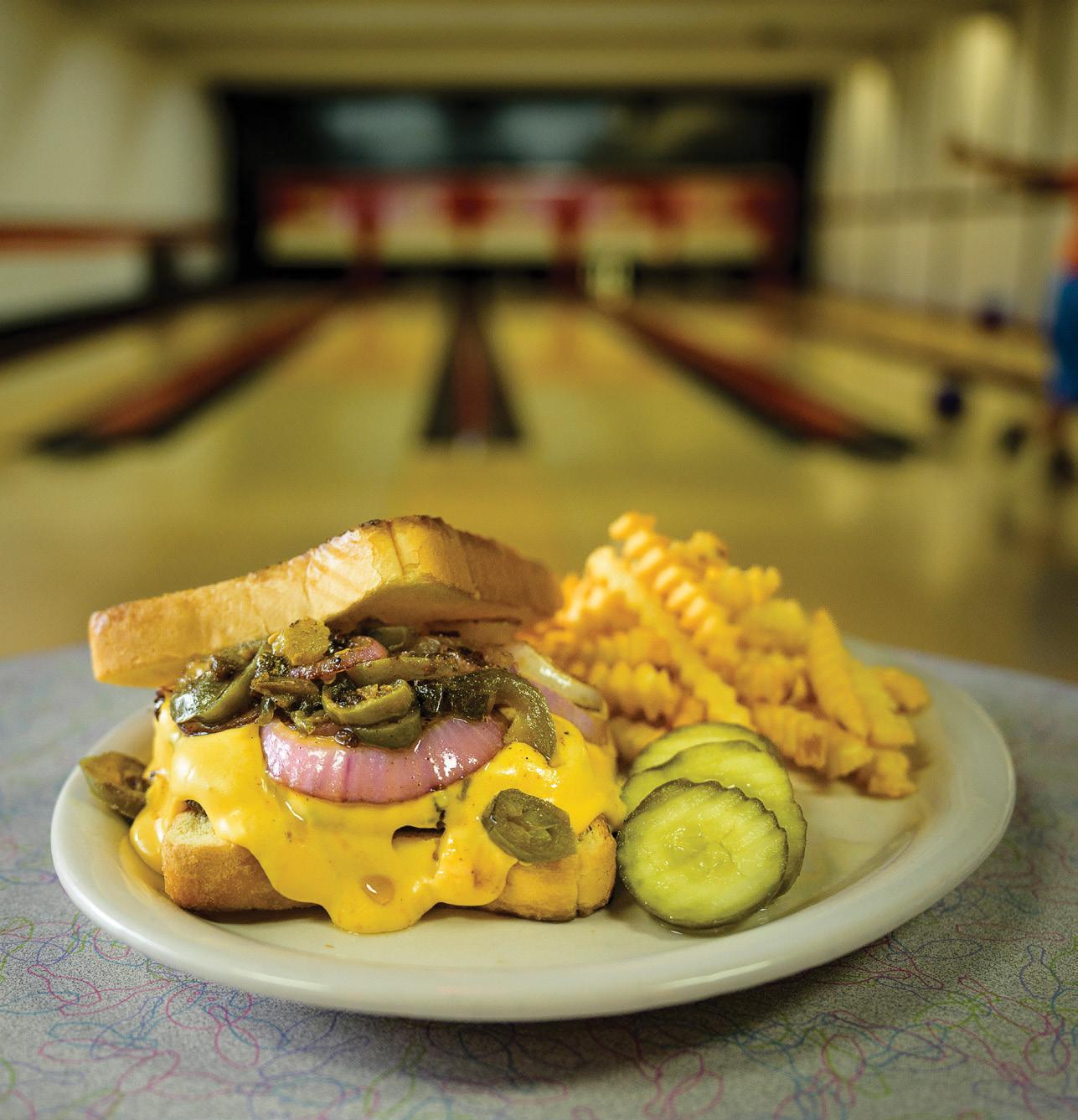
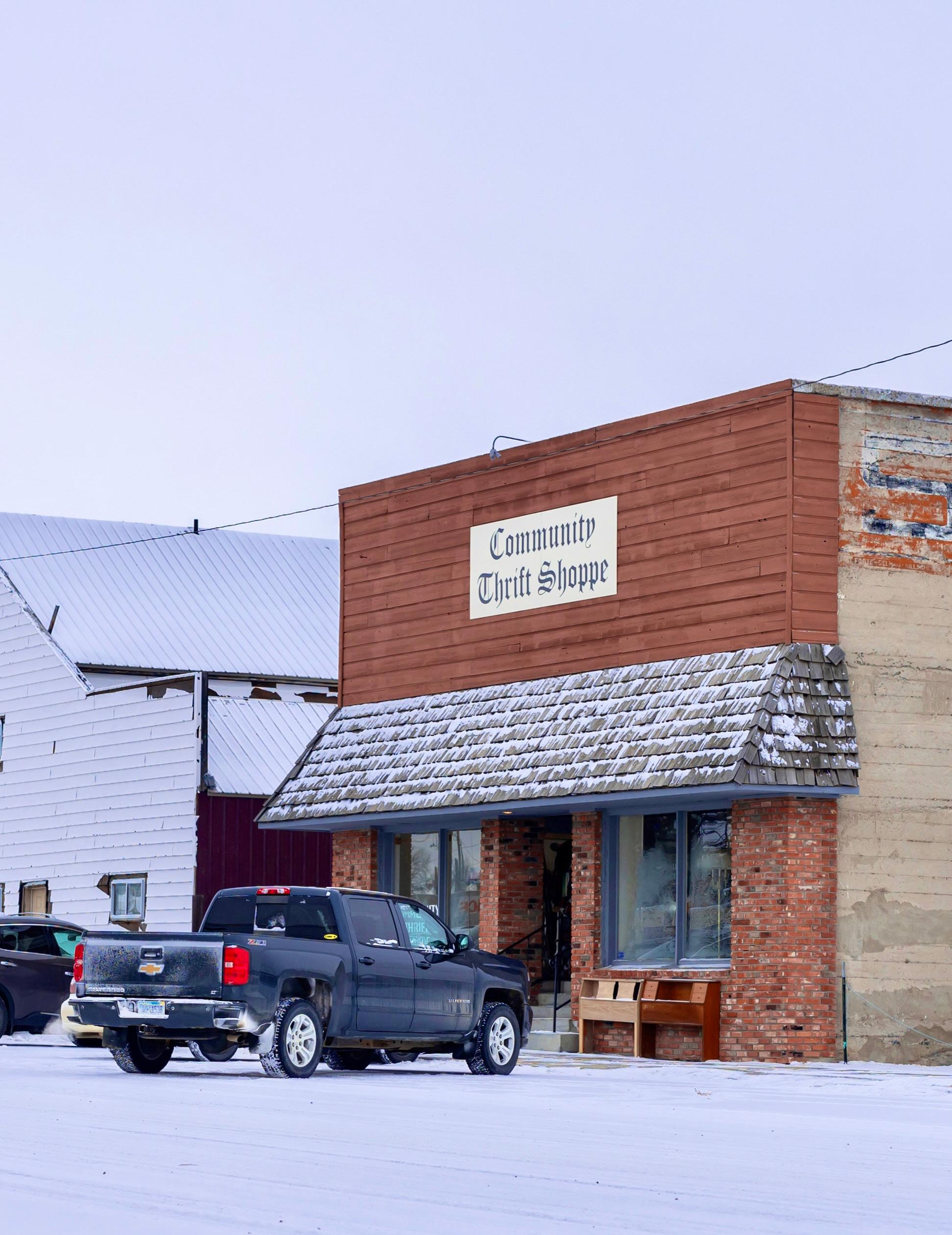

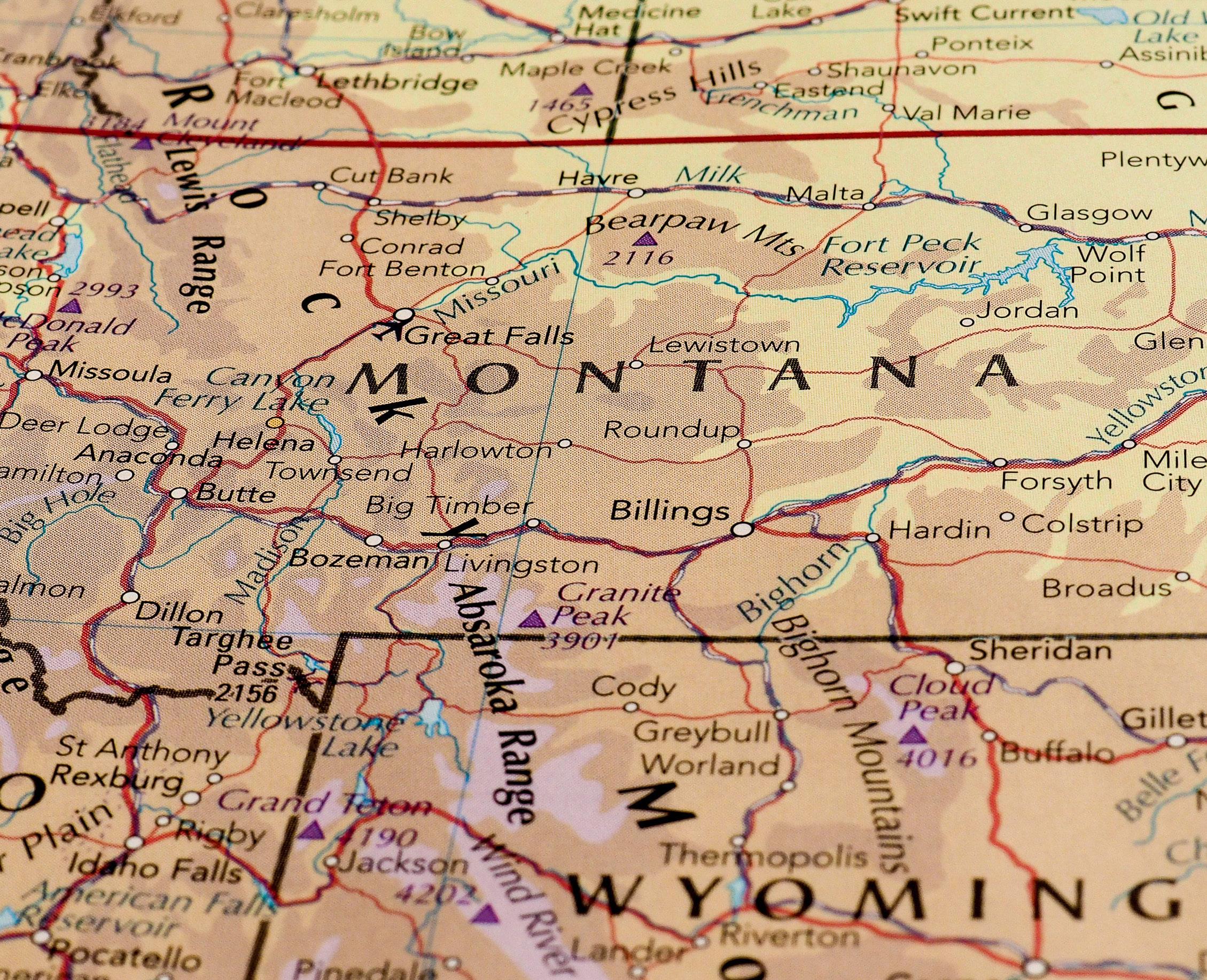

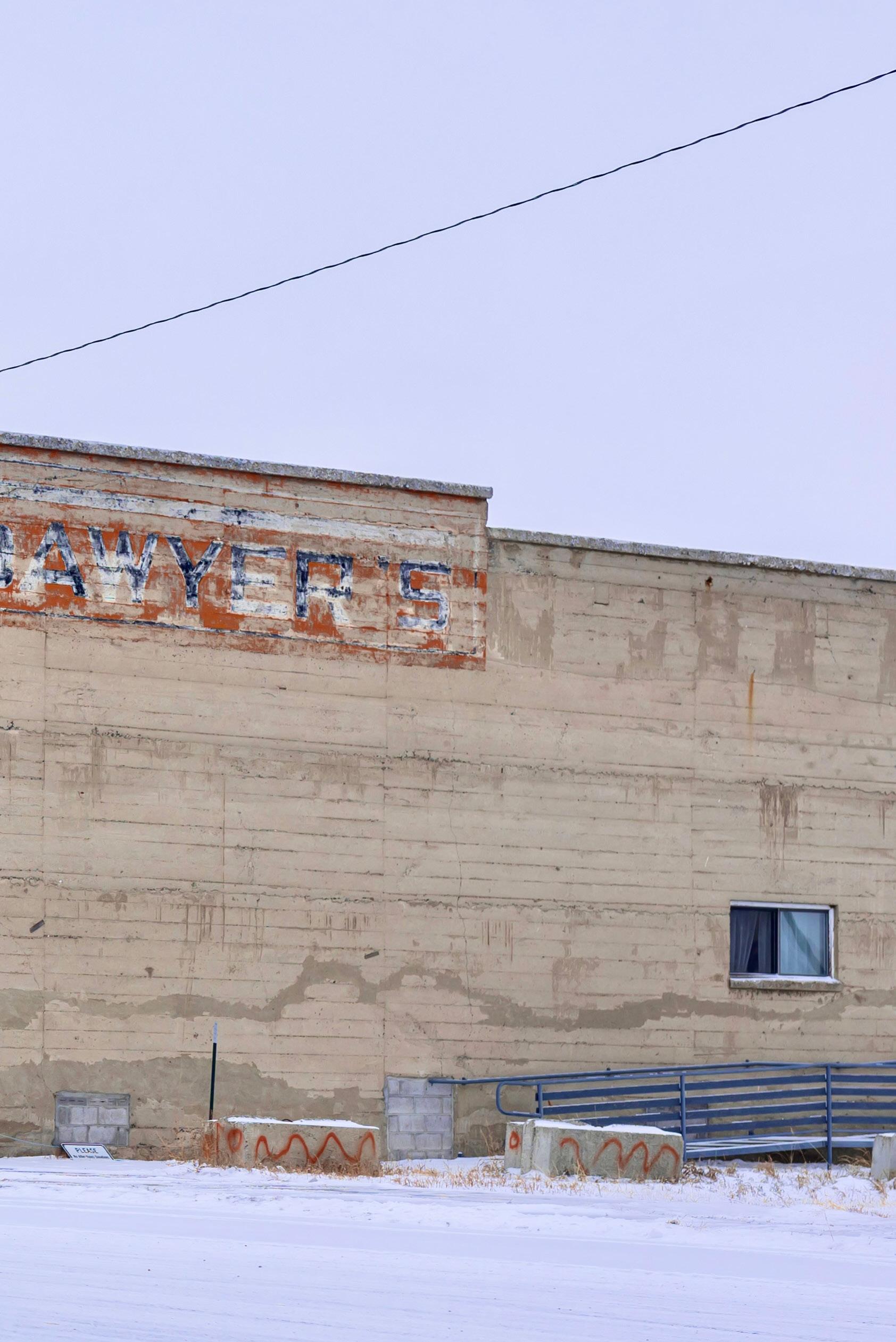
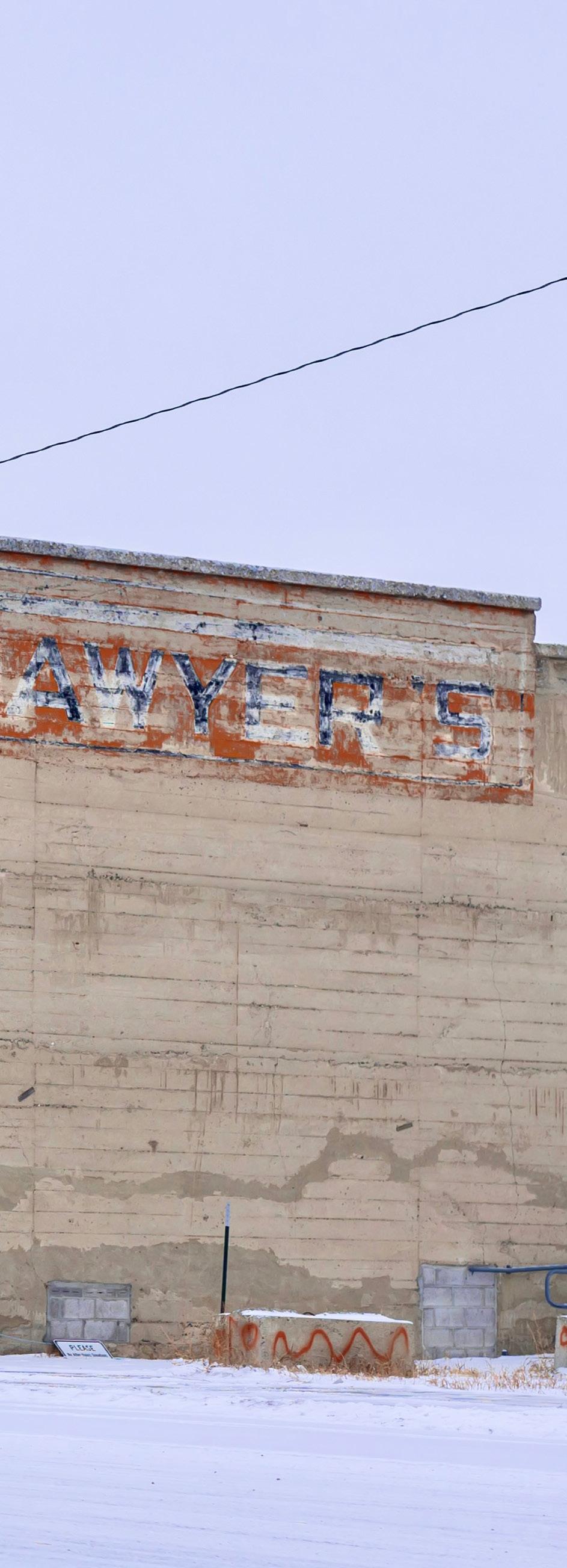
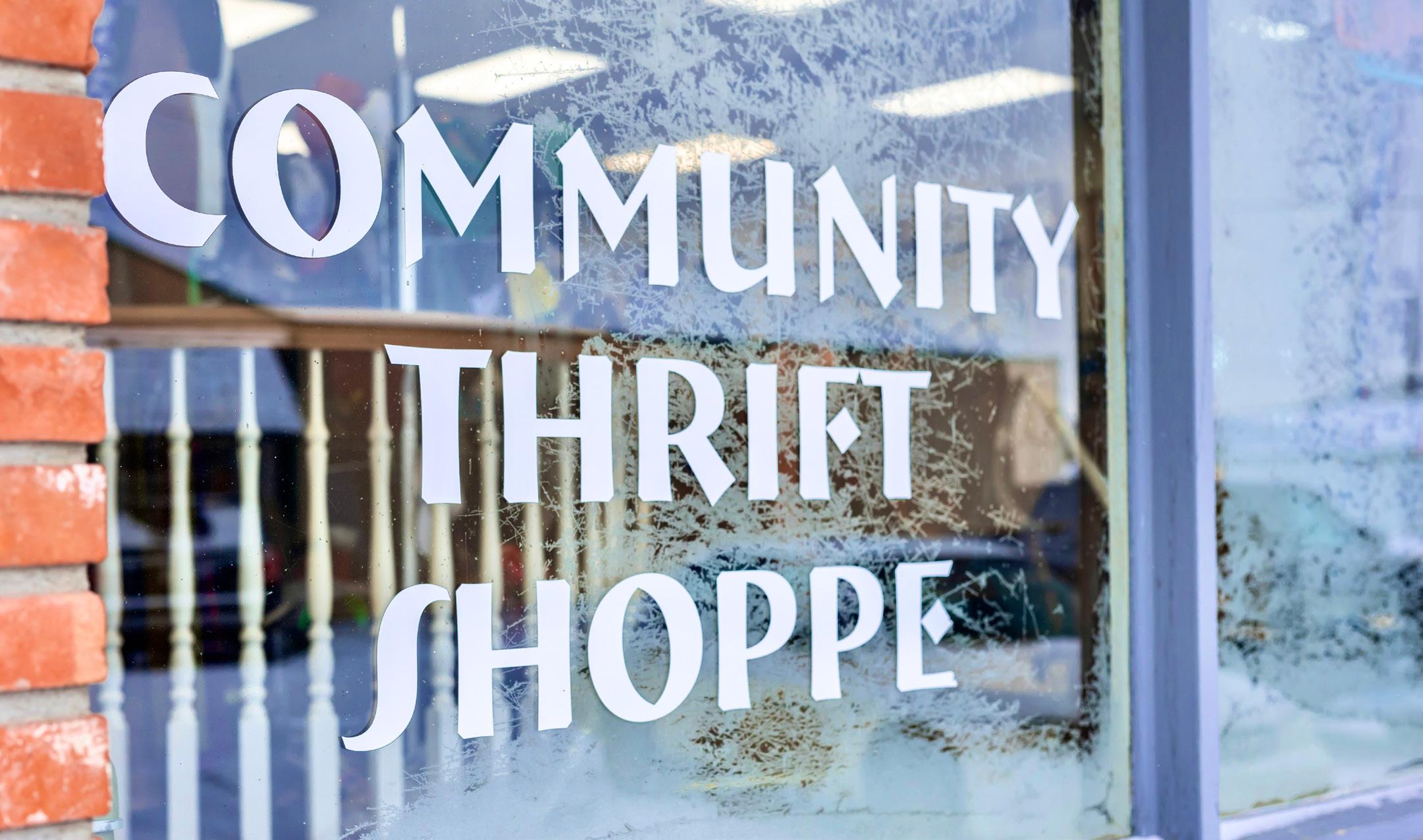

It’s a bargain hunter’s delight. But don’t haggle. The prices are low enough that it's not necessary. And besides, the proceeds go to good causes.
“We refer to ourselves as Macy’s East,” Kathy Boshart joked, referring to the Big Timber Community Thrift Store. “We are a department store for used items. Everything from clothing to furniture to household items to antiques and collectables.”

WE ARE A DEPARTMENT STORE FOR used items . EVERYTHING FROM CLOTHING TO FURNITURE TO HOUSEHOLD ITEMS TO ANTIQUES AND COLLECTIBLES.
— KATHY BOSHART
Every corner is brimming with displays of organized chaos. Coffee pots, frying pans, dishes, and glassware are tastefully displayed in one area while artwork and area rugs clammer for attention in another. There’s clothing for each family member and pants and shirts for $3 each boast the same prices as those of a decade past. But there’s a reason for that.
“We’re not interested in keeping merchandise, we want to sell it and use the money in the community,” Frank Bennett, Facilities Manager, said. “We stay at about 60 percent of what we believe the value of the merchandise is. That way it’s going to sell, and the money can be quickly put to use.”
Community oriented, every sale goes toward local needs, and
the business is solely volunteer operated. In 2022, the organization gave over $120,000 to various entities in Sweet Grass County.
“Our goal for 2024 is to surpass half a million dollars in total sales that the store has generated over the years to enhance our community. We’re only about $40,000 away,” Kathy said.
The Community Thrift Store began in 2013. However, the original concept was started by the local Health and Wellness organization in 2000. Unfortunately, at that point, a suitable location was difficult to find, and it struggled to keep the doors open.
In 2013, Kathy encouraged the Big Timber Women’s Club to revamp the dwindling store, and several members embraced the idea. Kathy agreed to serve as treasurer, and the group approached retiring local business owners, Art and Barbara Sell, about leasing their Color Shop building.
“I recall telling Art ‘We need your building, but we can only pay you $750 per month for rent.’ He and Barbara believed in the mission of the group and agreed to those terms,” Kathy said.
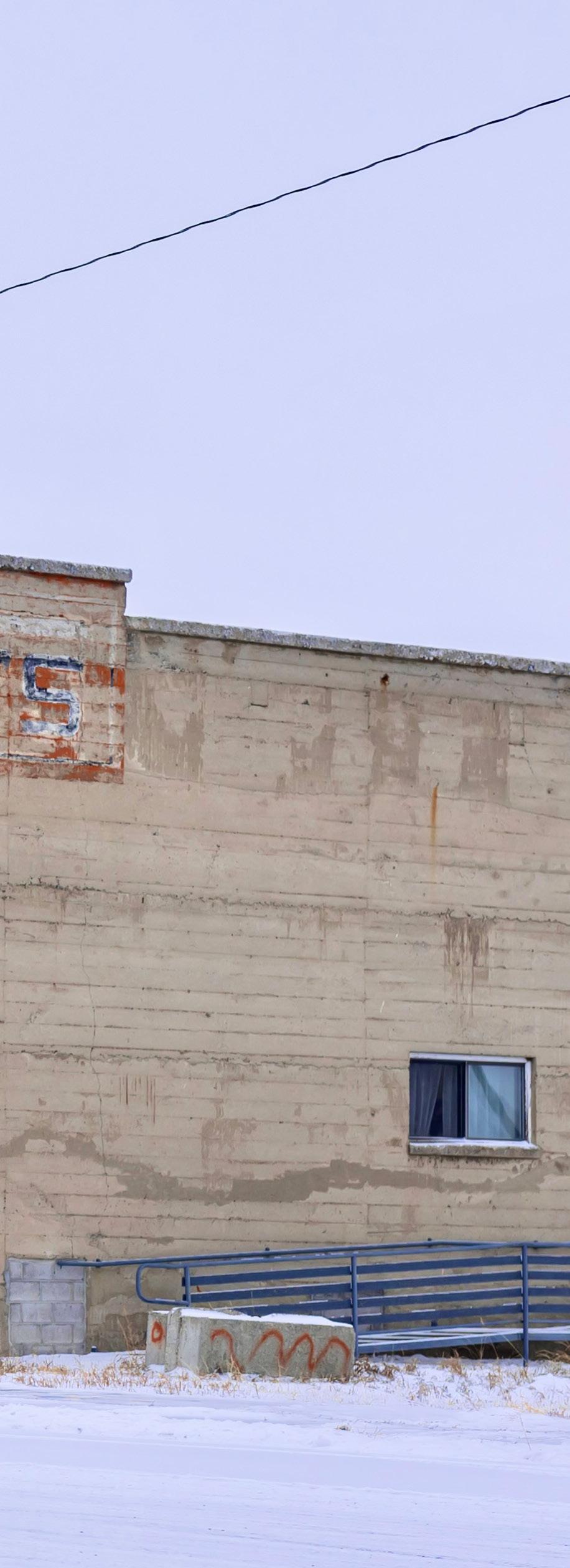
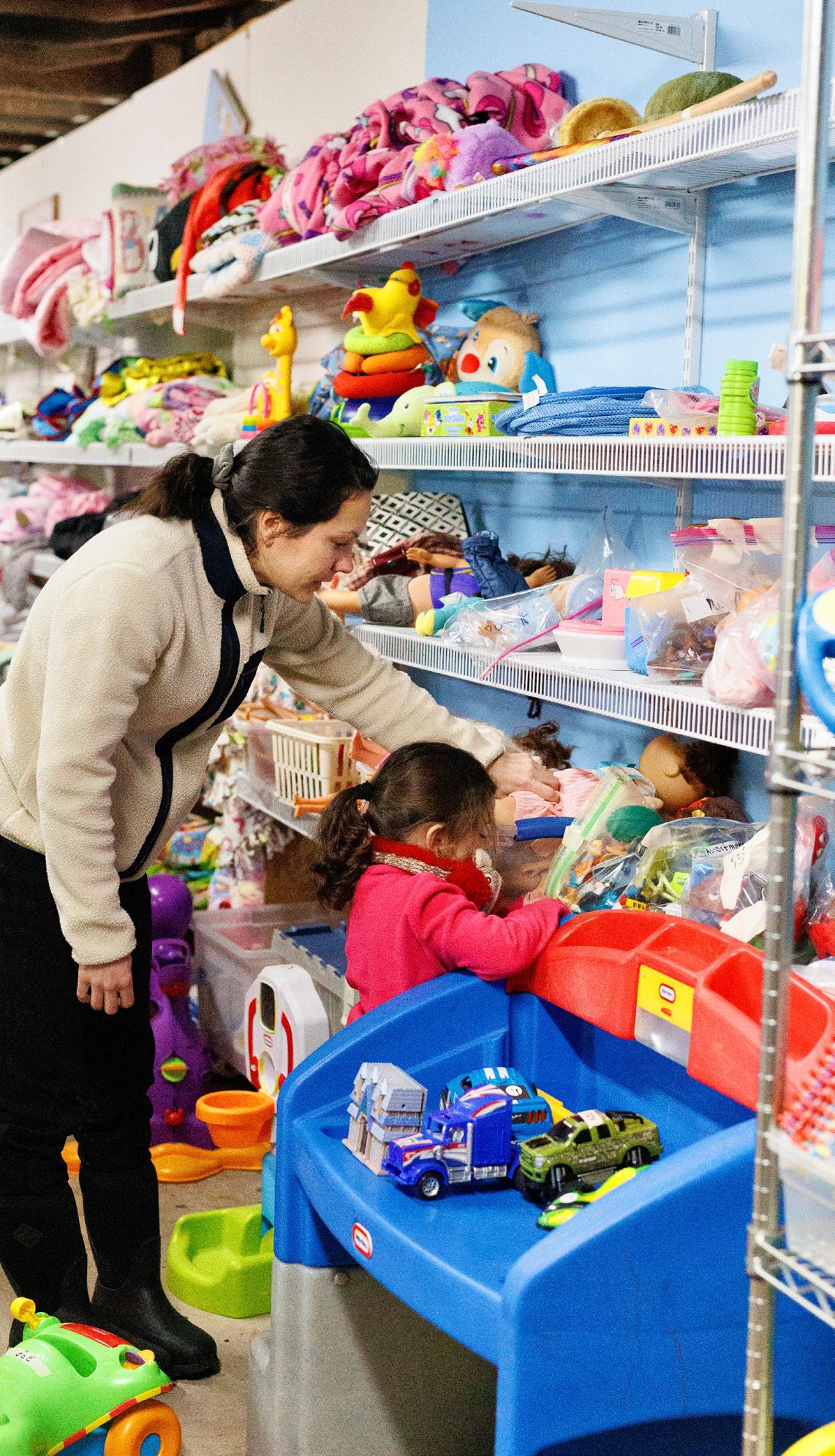

THE FAVORITE PART FOR ALL KIDS IS THAT THEY GET TO PICK OUT A free book every time they come , AND THEY CAN TAKE BOOKS HOME FOR SIBLINGS ALSO.
— KATHY BOSHART
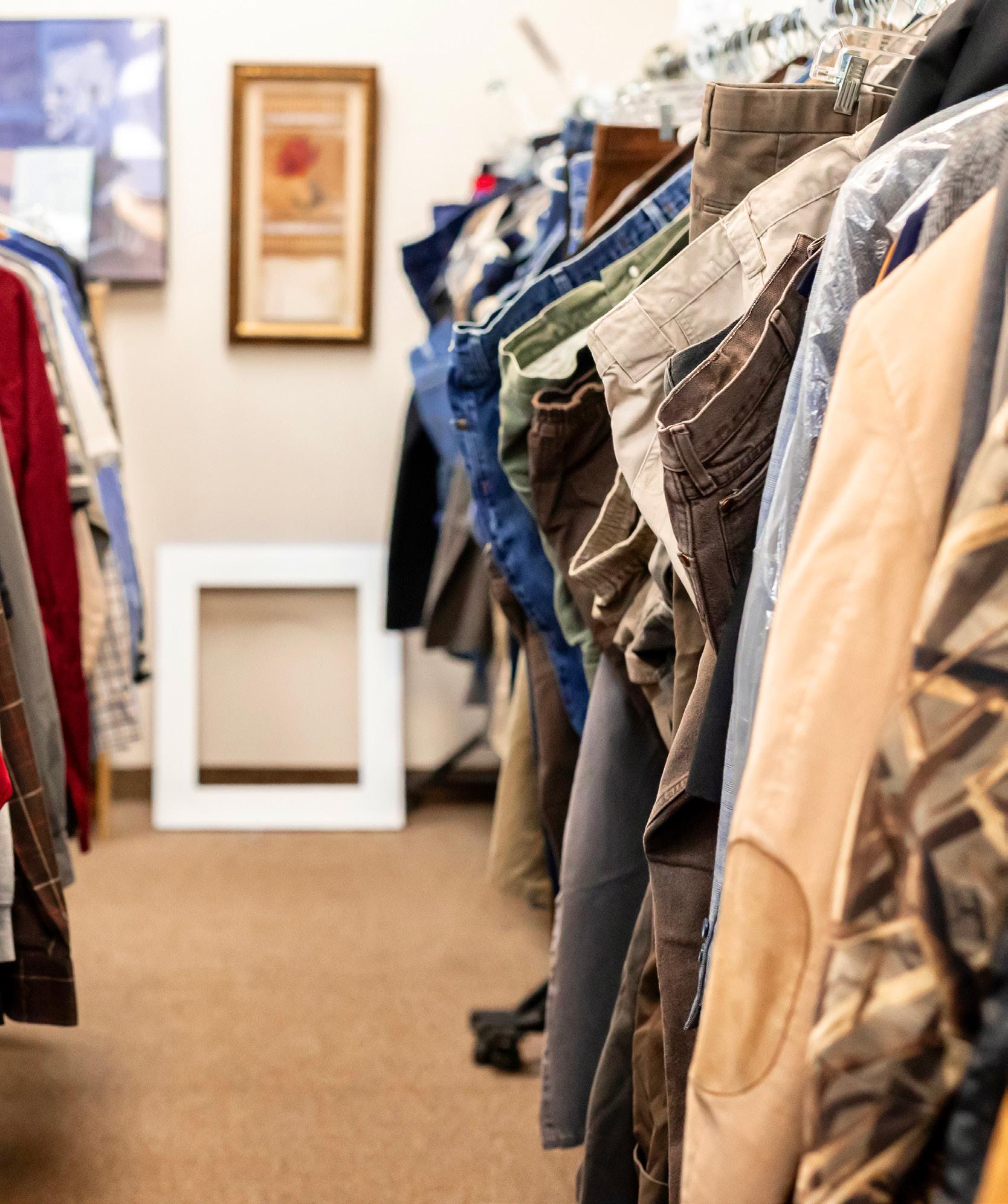

There were many challenges on the road to their success, including working very hard to raise very little money. This led to the ‘manager of the day’ concept rather than paying a full time manager.
“I cannot say enough about the volunteers.,” Kathy said. “We have 36 volunteers, and they are the key to our success. Many of them have been here since the beginning.”
The organization is governed by a five-member volunteer board consisting of President Terri Gilbert, Secretary Candy Vakke, Treasurer Kathy Boshart, Facilities Manager Frank Bennett, and newly seated member JoAnn Holman.
Over the last couple years, as “thrifting” became an increasingly popular fad nationwide, the Thrift Store has become a favorite spot for many to shop.
“It has become cool to shop at secondhand stores,” Kathy said. “We get shoppers from all over the state and the country. Shoppers can get on their phone to check the value of what they find on our shelves.”
“We also have a lot of resellers,” Frank added. “People that come in and purchase things that they then turnaround and market themselves.”
Treasures are to be found, but it requires frequent visits as the inventory is known to turn over rapidly. Frank recalled the story of a donated metal detector a woman decided to purchase only after leaving the shop. She called and requested the store to hold it just as a man in-store said he wanted to buy it.
“I told him I was sorry, but I just sold it over the phone. He wanted it too,” Frank said. “So, we tell people if you want it, you better grab it. One man’s junk is another man’s treasure, and it might not last for long.”
Sales are held periodically to move inventory and every summer right before the rodeo, displays of western clothes, boots and hats become popular. Folks come from all over the area and make a circuit of dropping off donations and buying new items.
“We often run half price sales to turn over our merchandise, so it is not sitting here,” Kathy said. “The favorite part for all kids is that they get to pick out a free book every time they come, and they can take books home for siblings also.”
Treasure hunts aside, the focus of the store is the community, both in donations and support.
“Without the entire community, we would not be viable,” Kathy said. “We depend on donations from the community, our volunteers prepare and market the merchandise, and the community supports the store and benefits from the money that we funnel back. Not one penny goes into any individual’s pockets. We are truly a community-based organization.”
Frank shared another story of a local rancher who wanted to donate a vintage power bike to the store. The problem was, there was no way to get it to town.
“I told him we’d try to work with him, but before I even had a chance to figure out how to get it to us, he called back and said he sold it to the neighbor,” Frank said. “Then he said that he got $200 for it, and he wanted to donate the cash to us because he was trying to donate the bike anyway. That’s $200 that went right back into the community.”
Monthly support is given to the local Food Bank, Hearts and Hands Hospice, the Senior Pantry, and the Sweet Grass Arts Theater. In addition, the store gives donations to the five schools in the county, government entities such as Search and Rescue




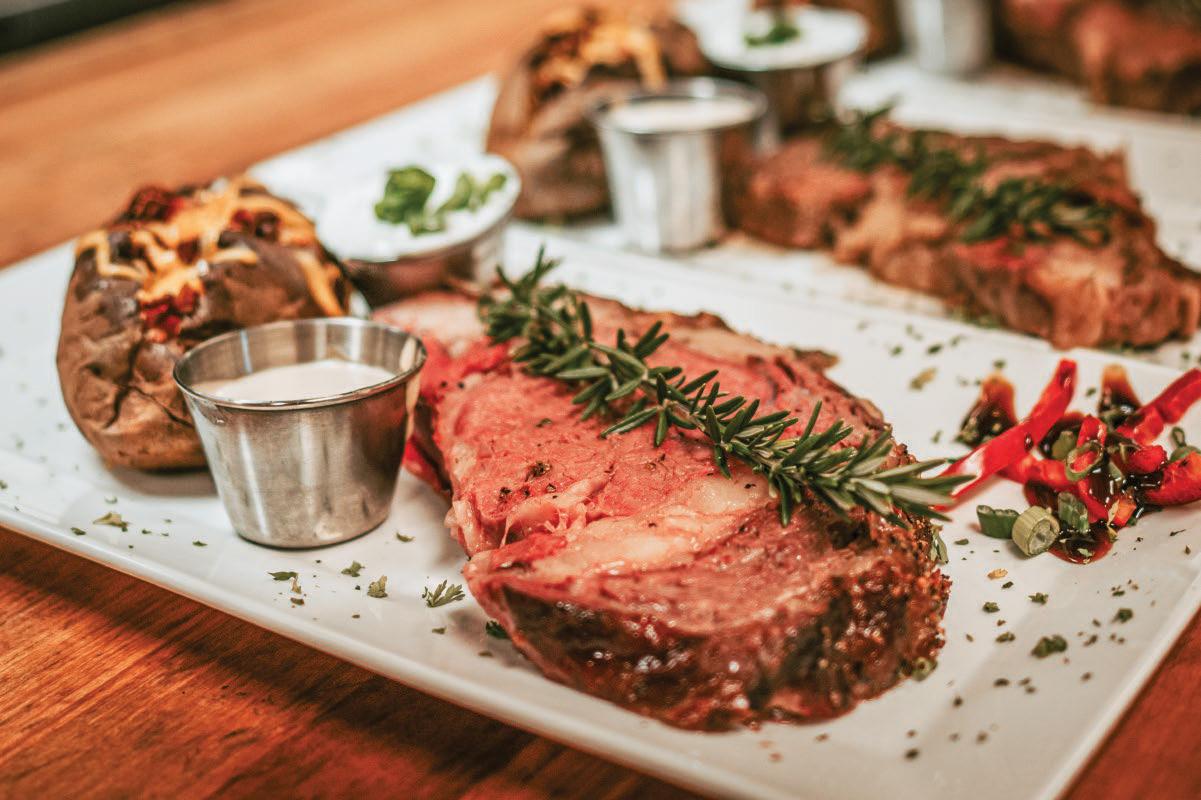
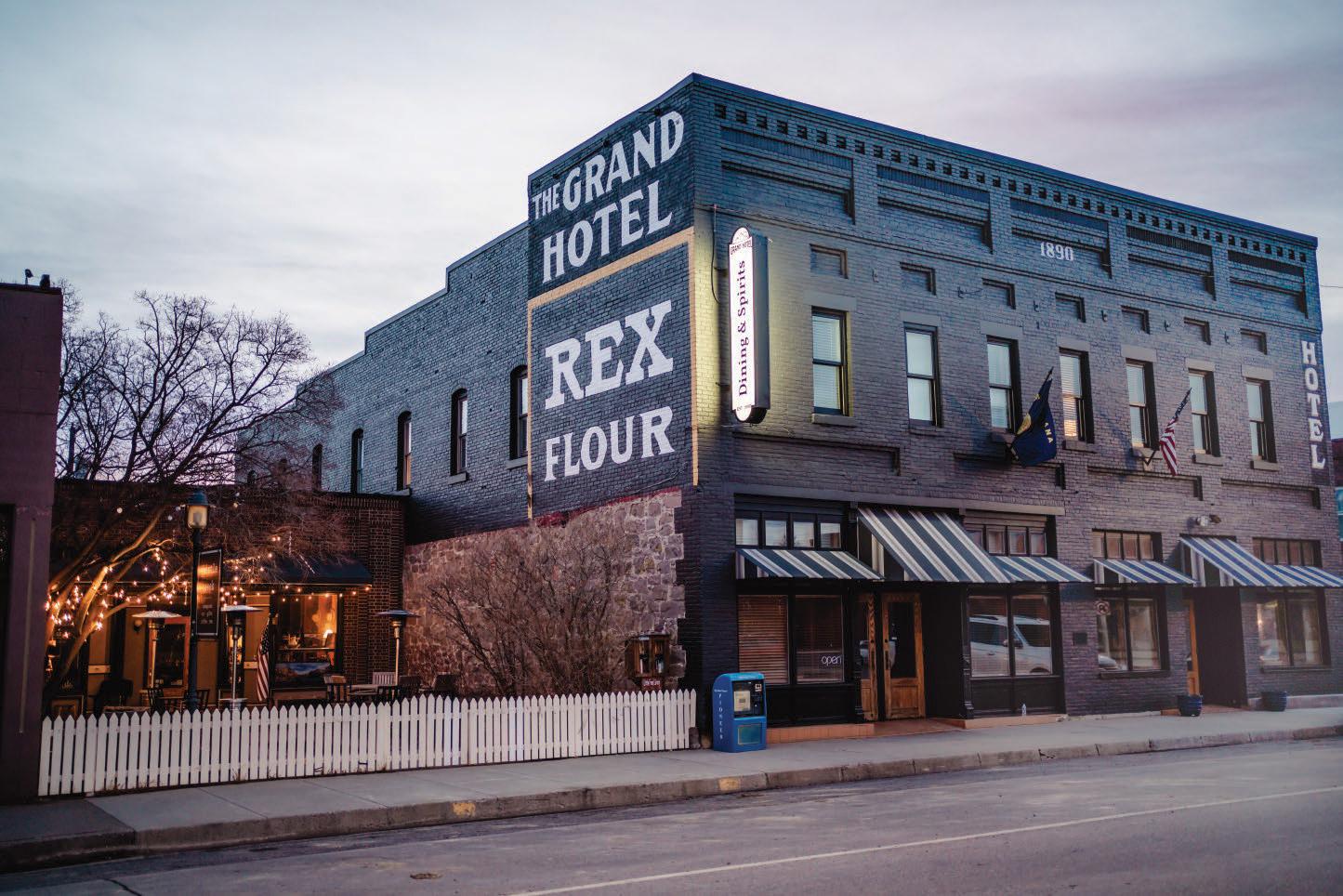


MANY OF OUR VOLUNTEERS SAY THIS PLACE saved their lives AND GIVES THEM purpose .
— KATHY BOSHART

and the Ambulance Barn and every spring $15,000 is given in scholarships to graduating seniors from the local high school. Any non-profit organization that qualifies may request a grant from the organization as well.
“We see evidence all over town of the community projects we have funded, from furnishings at the Ambulance Barn to the flag poles at City Hall,” Kathy said proudly.
There’s community created within the network of volunteers and an event everyone looks forward to is the biannual parties held to honor the volunteers.
“Many of our volunteers say this place saved their lives and gives them purpose,” Kathy said. “I found it a perfect outlet to get my mind off the loss of my husband. This place is just exceptional.”
“It’s a neat little operation,” Frank added. “People know what we do with the money and how we account for it. The entire community believes in our mission and supports it.”

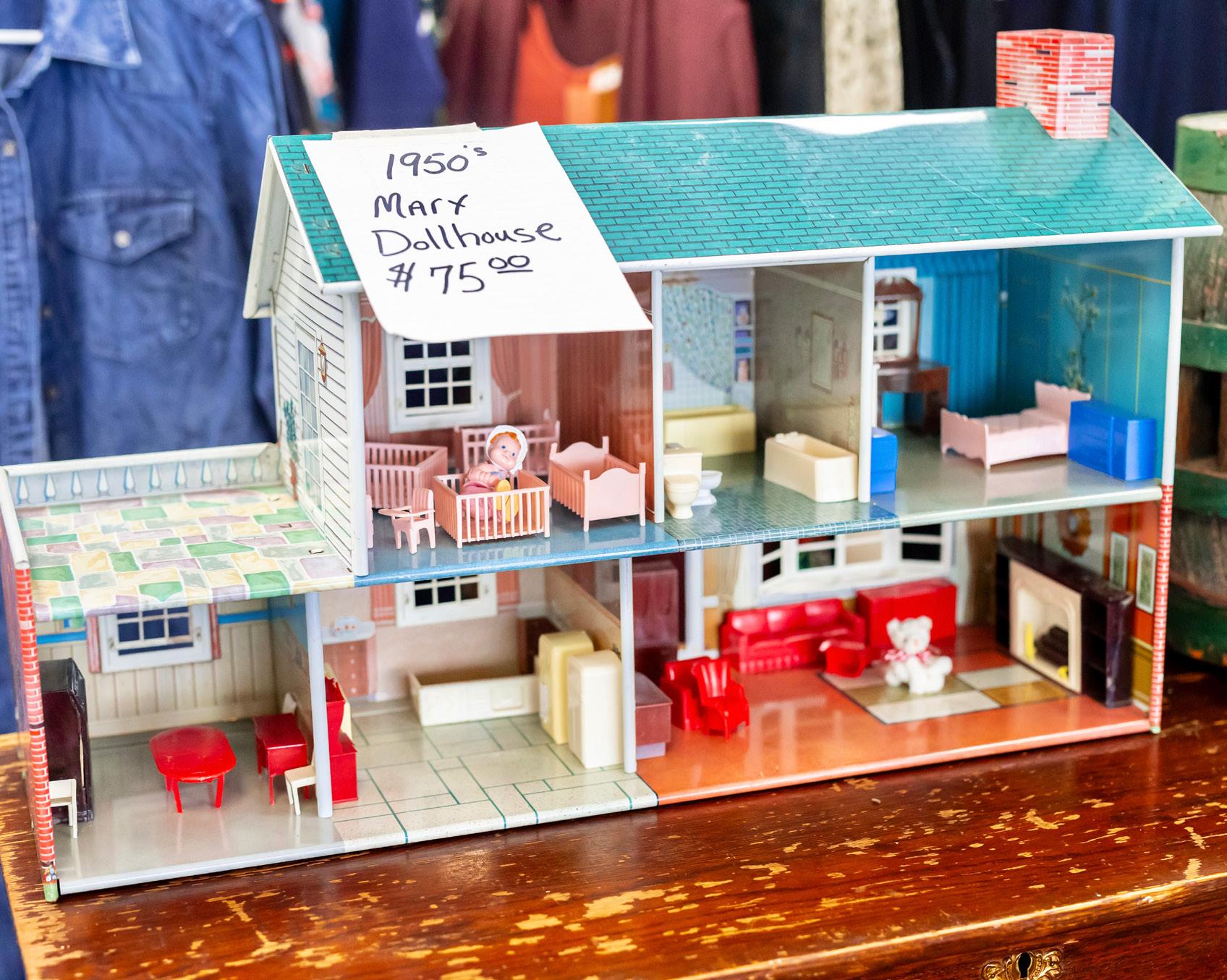


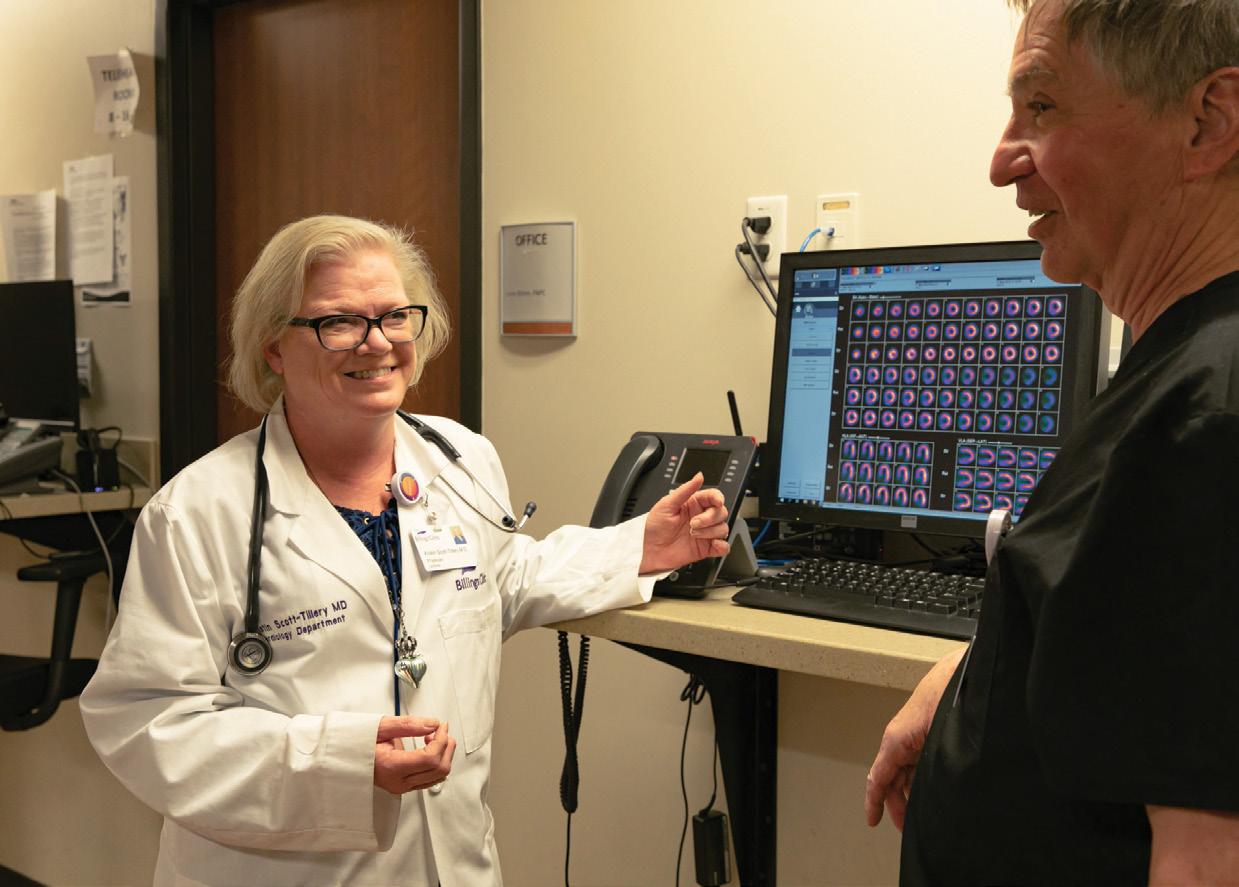

Heart failure is a serious and growing health issue in the United States. Today it affects an estimated 6.2 million adults, a number that’s expected to rise to more than 8 million by 2030.
Heart Failure happens when the heart is too weak and or stiff to work properly. It is a chronic, progressive health condition that can be deadly when the heart cannot pump enough blood and oxygen to support the body’s vital organs.
While there’s no cure for heart failure, there is some good news. We know more about this condition now than ever before, which highlights the importance of early diagnosis and treatment. This also means that treatments – including medications, lifestyle recommendations and medical procedures – continue to evolve.
A key component to treatment and wellness is being involved in a structured program. For patients in Wyoming and Montana, this is available to them at home.
Billings Clinic, the region’s largest independent health system, has a Heart Failure and Recovery program. This comprehensive program is led by Kristin Scott-Tillery MD and Juan Pablo Rodriguez-Escudero MD , two board certified advanced heart failure cardiologists. Patients are cared for by a multidisciplinary team including highly specialized Registered Nurses and receive education and assistance in managing their heart failure. The program has three simple goals:
• Improve the patient’s physical and emotional well-being
• Decrease the hospital admissions and financial cost for patients
• Help patients become active partners in their heart failure treatment
Studies show that those who participate in a structured heart failure program have fewer complications and hospitalizations, and that’s why having a skilled, comprehensive team available is so important. Working with the Billings Clinic Heart Failure team, patients can make their heart’s job easier while feeling better.
Being cared for by the only two advanced heart failure specialists in the region has other advantages as well. Patients with advanced heart failure can be cared for right here in the community and the region. The Billings Clinic Heart Failure and Recovery team can manage patients who require advanced heart failure care including mechanical pumps (LVADS) and transplanted hearts. After the pump is placed or they receive a new heart, they can return to their community and have follow up care where they live. The team has access to and uses tools for remote monitoring which allows patients to be monitored without leaving their home. They are the only program in Montana, using the CardioMEMs pressure sensors .
Patients who have complex cardiomyopathies including Amyloidosis, Hypertrophic Obstructive Cardiomyopathy, Fabry’s, to name a few, can be diagnosed and receive quality treatment here at home. In addition, the team also diagnoses and cares for patients with Pulmonary Arterial Hypertension.


